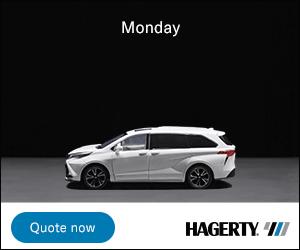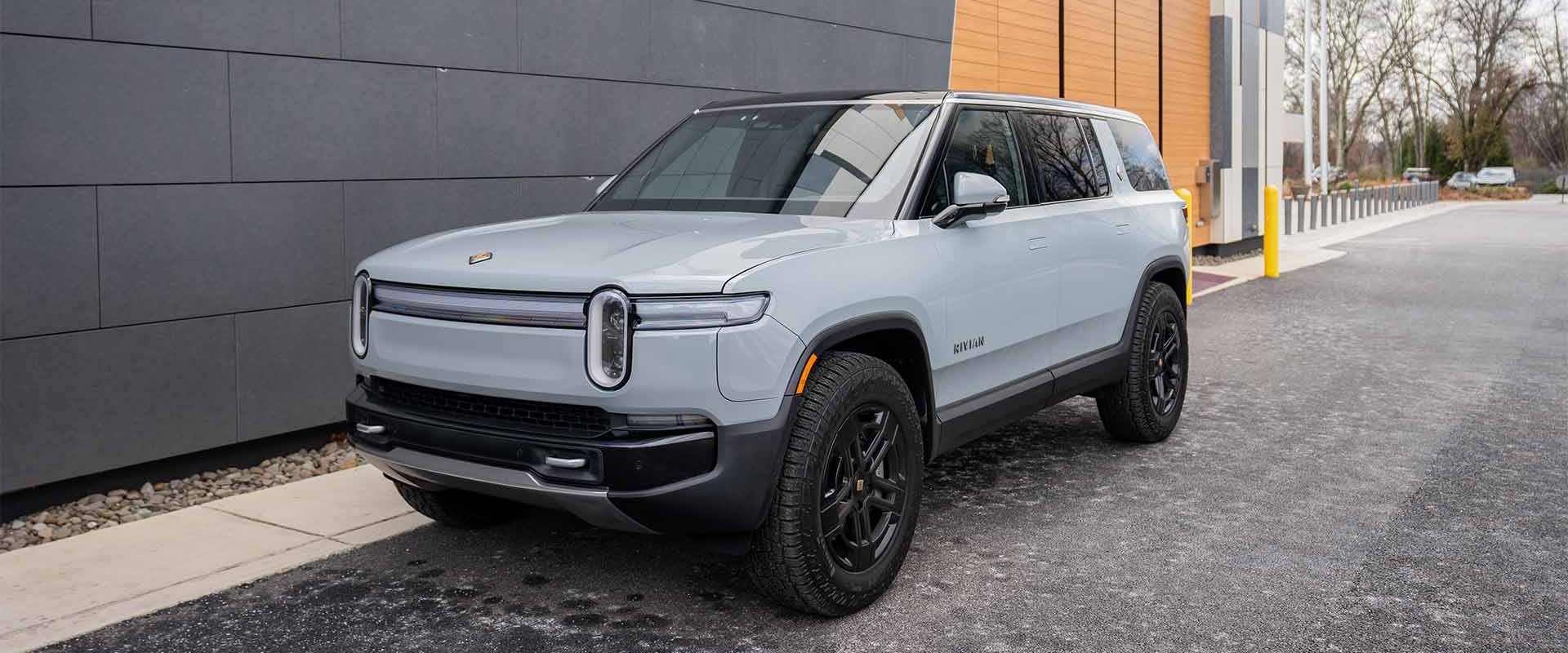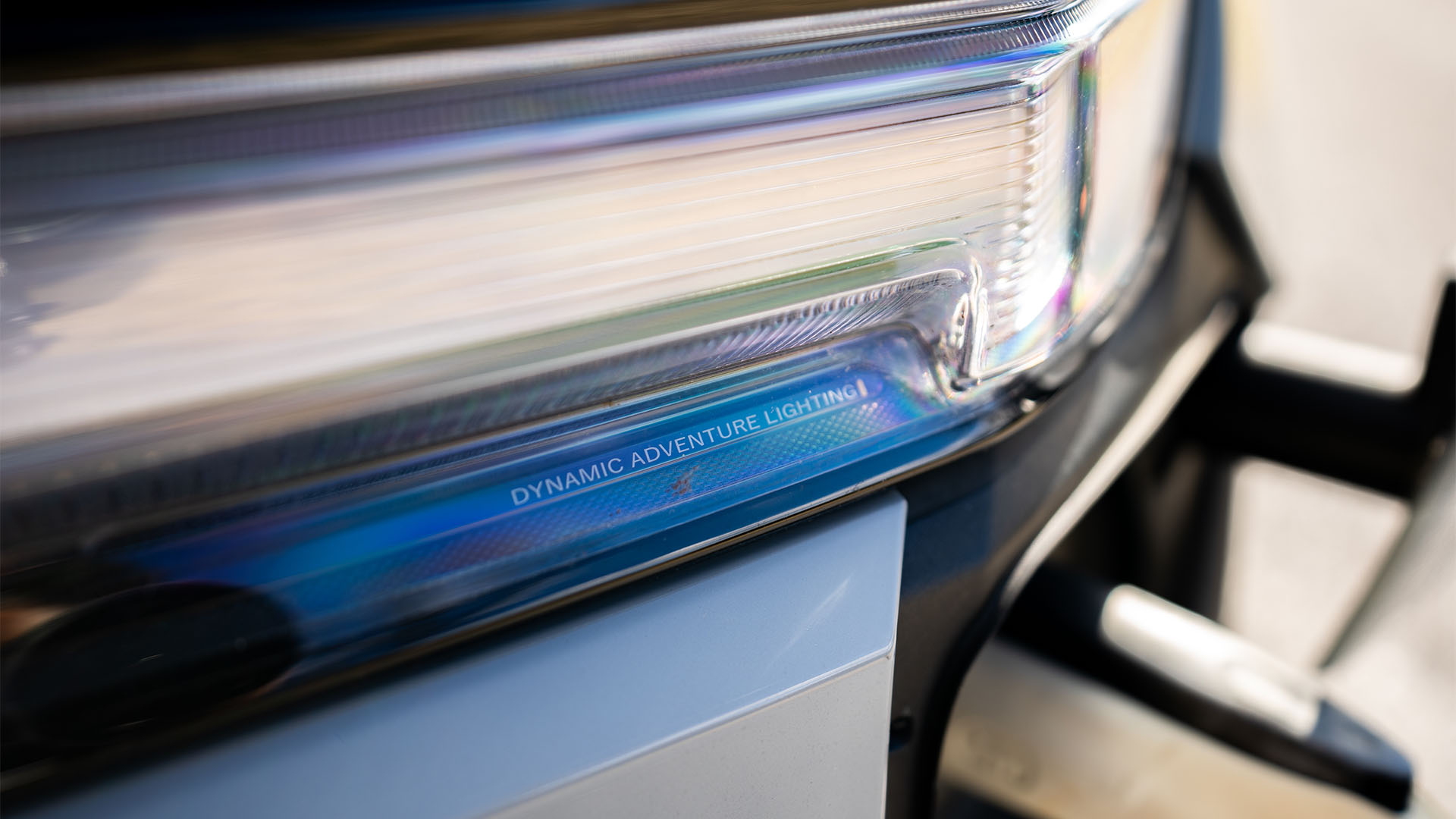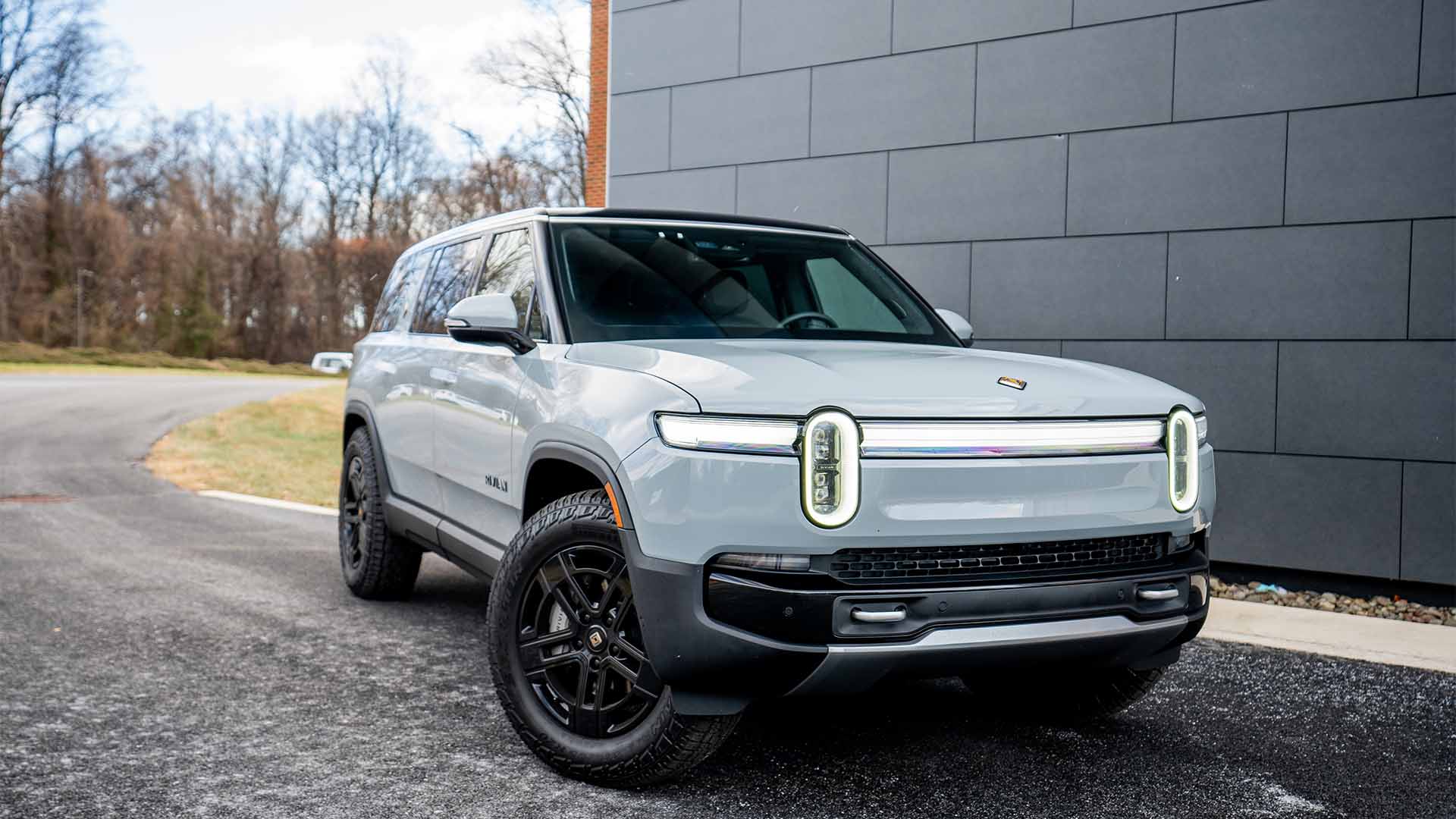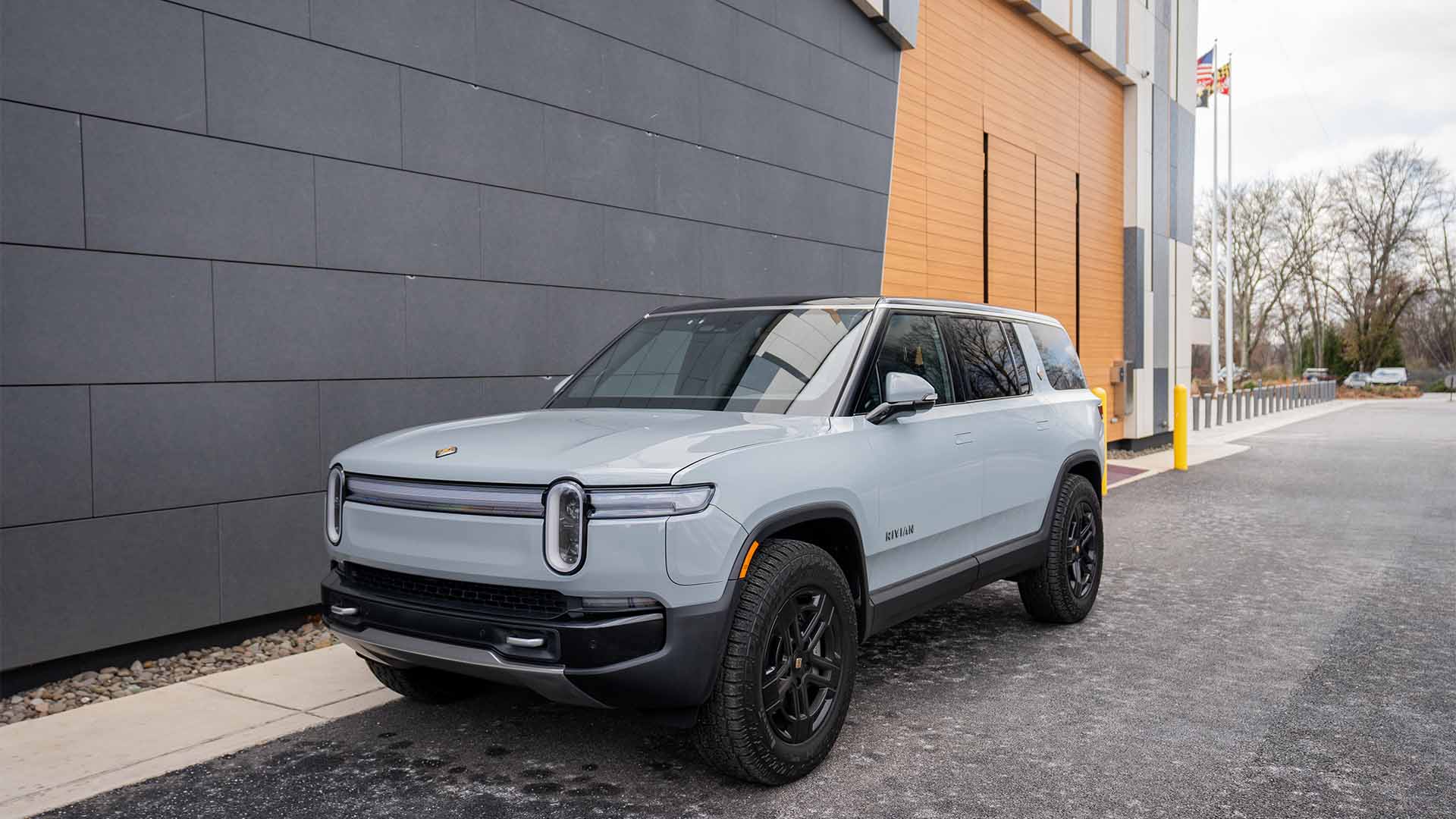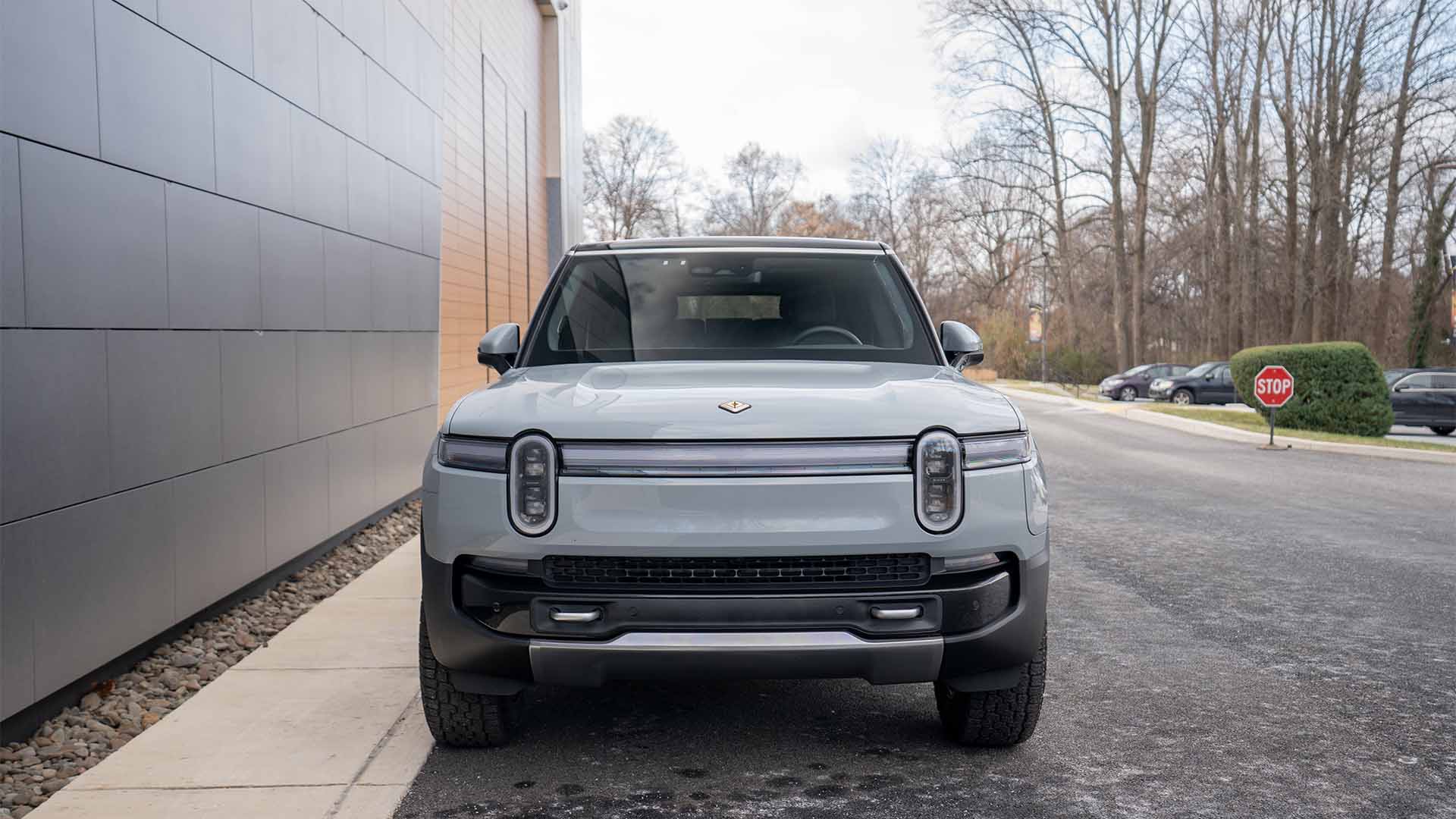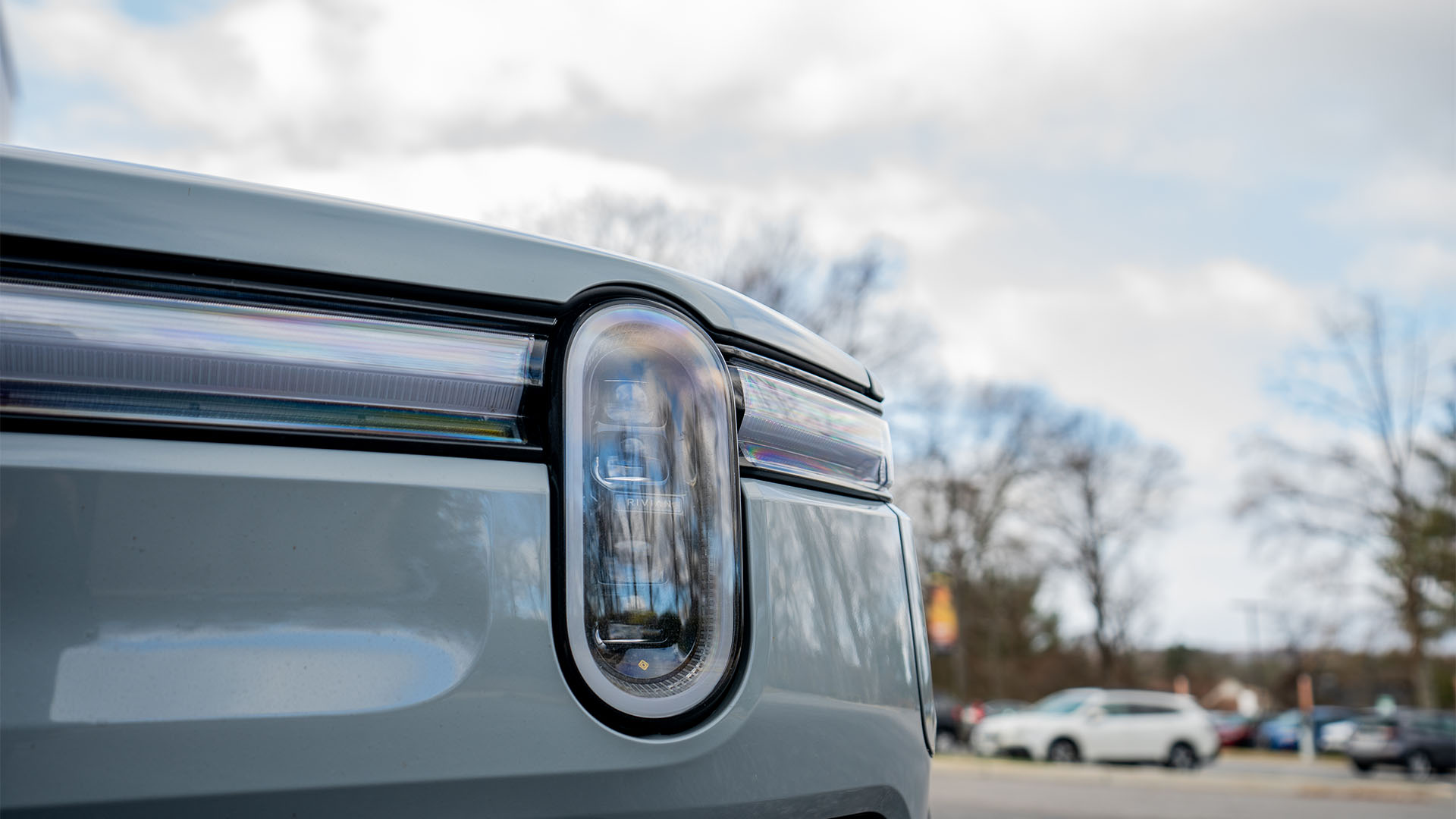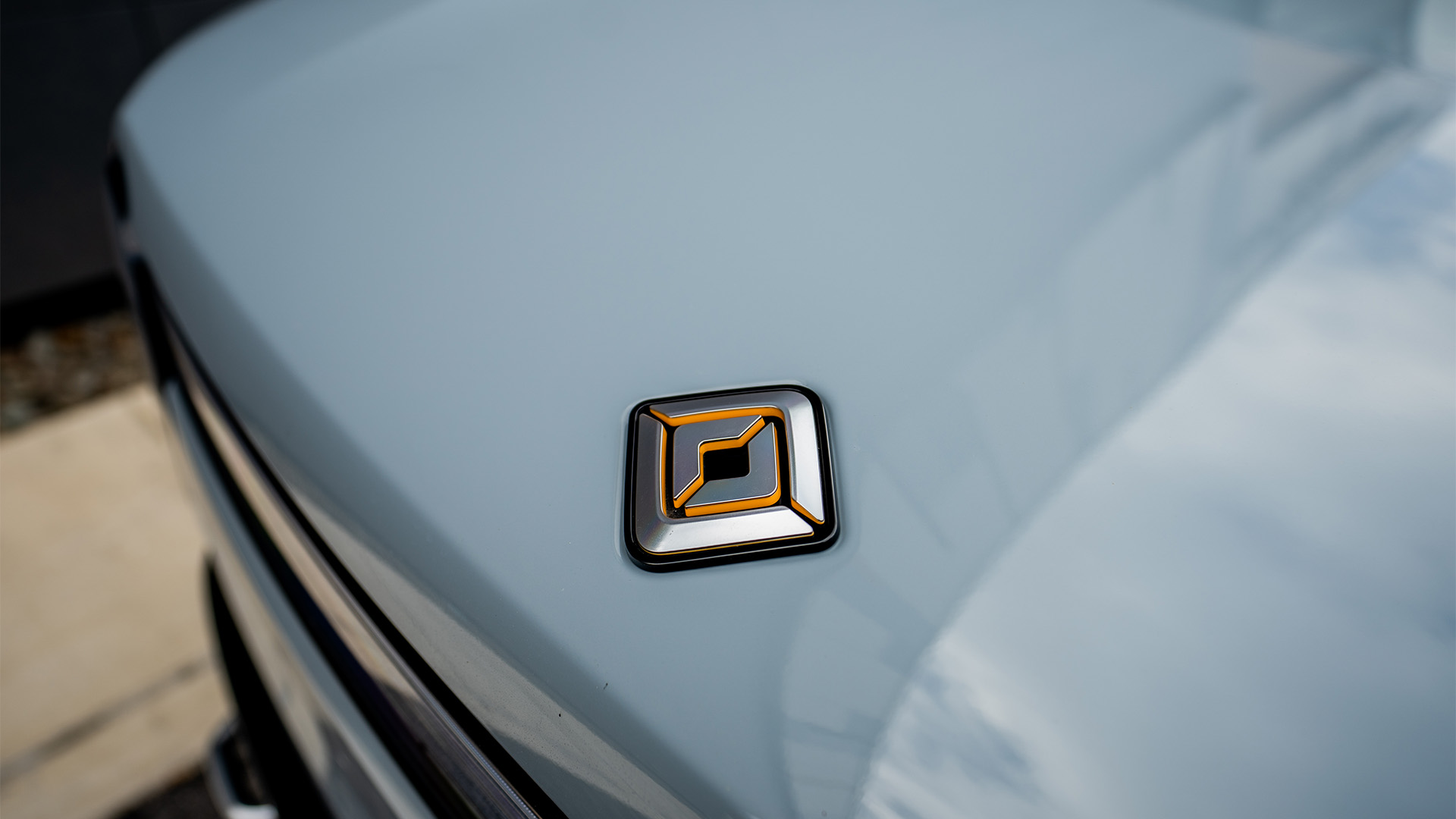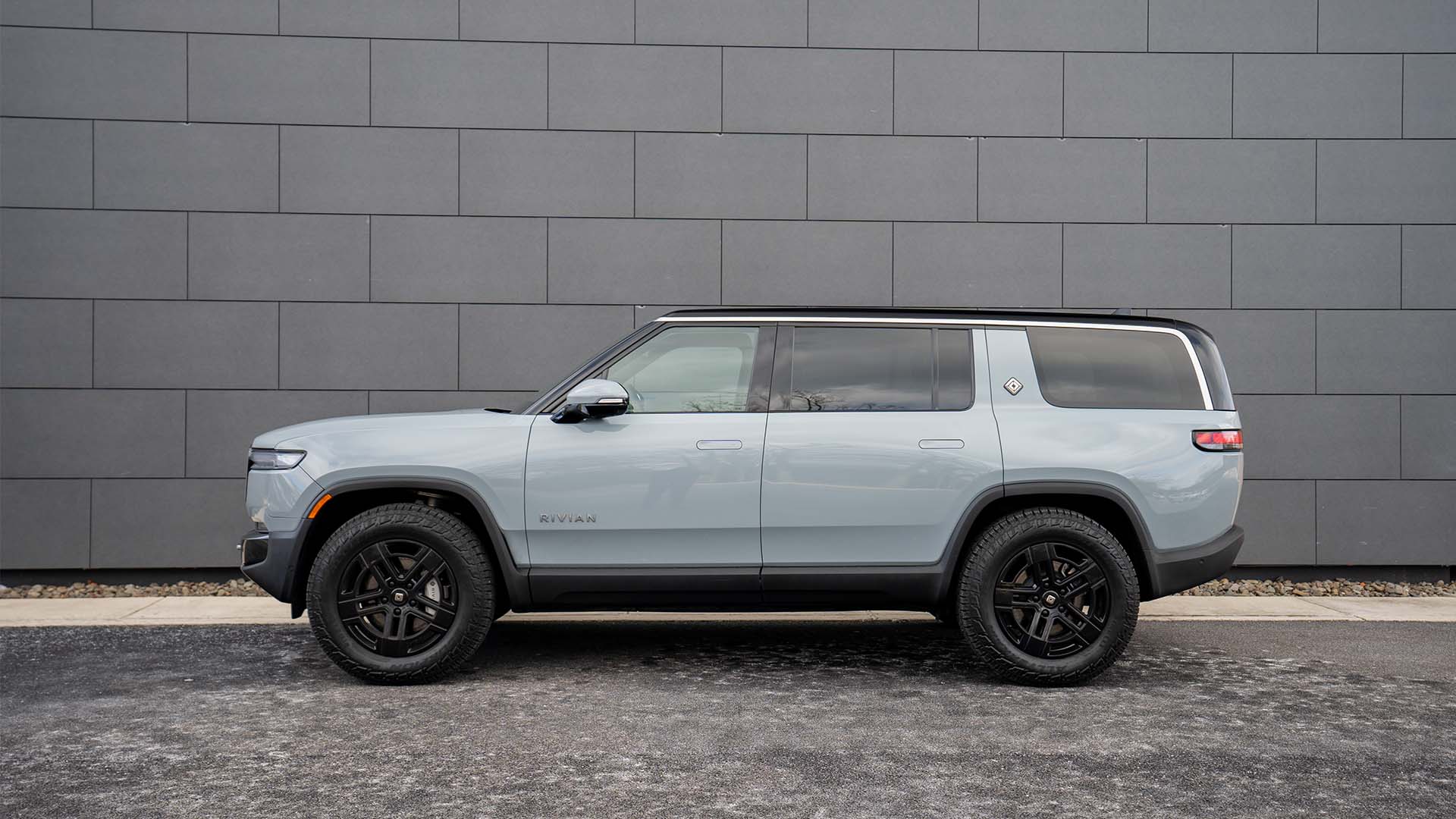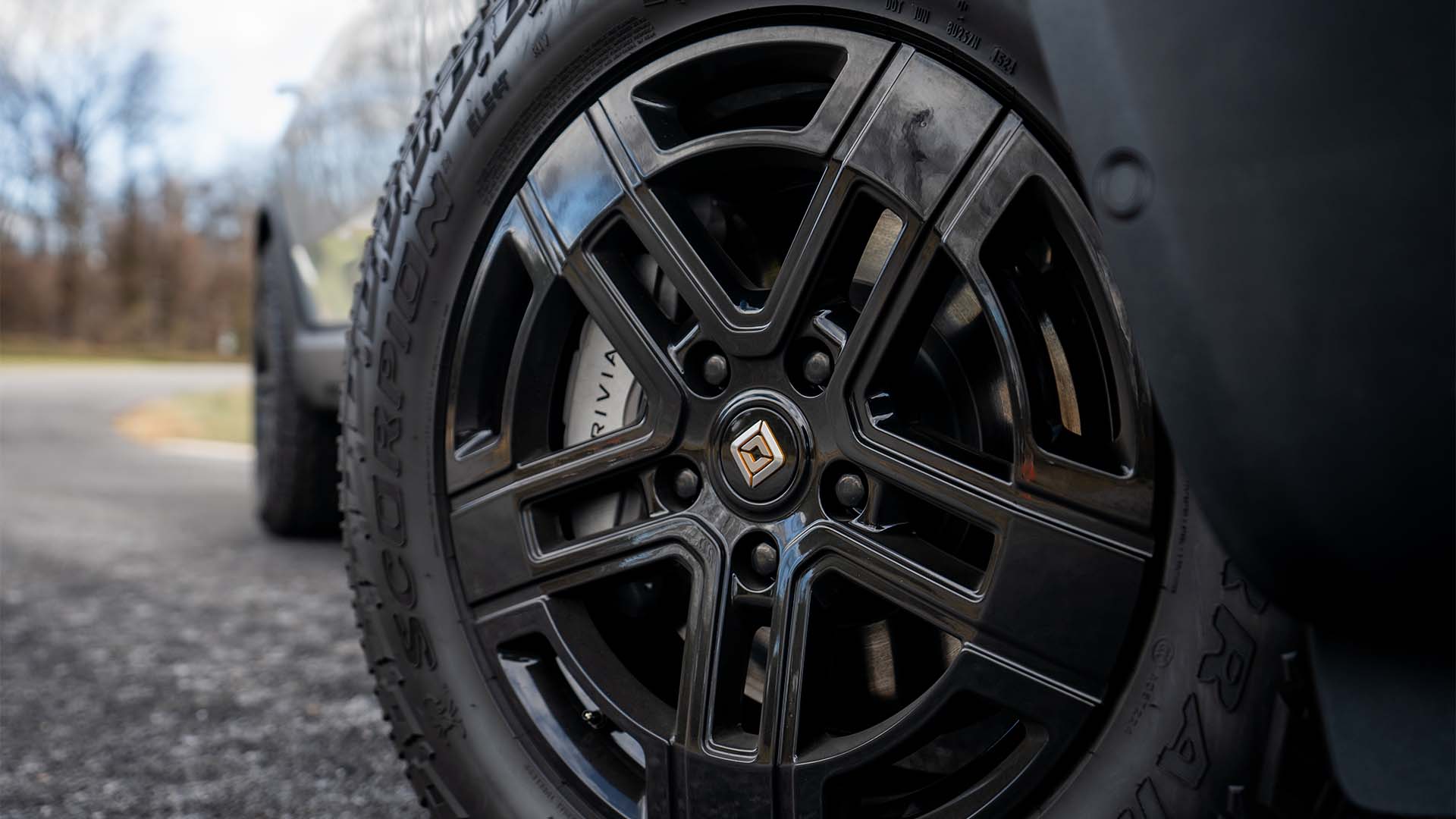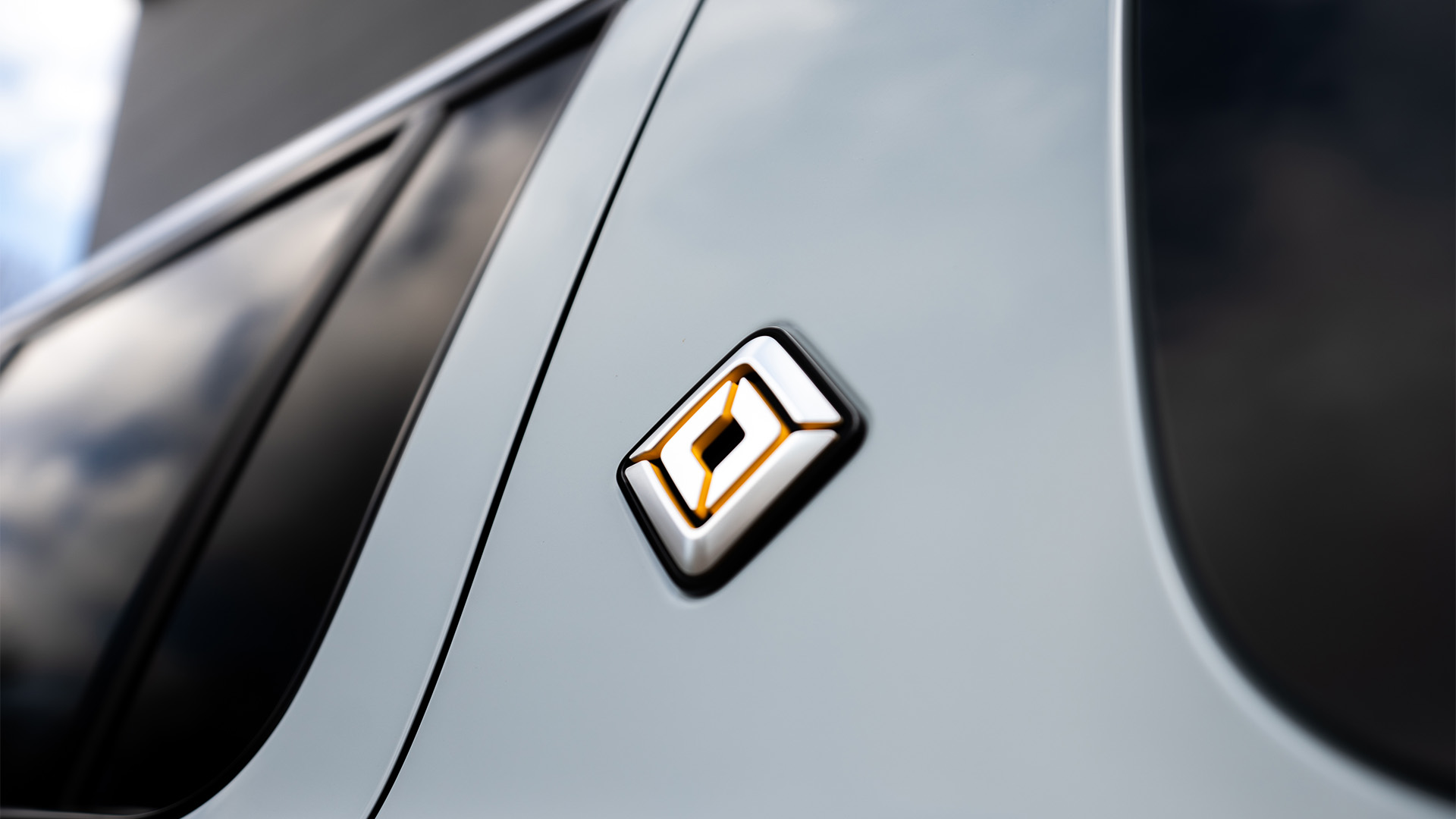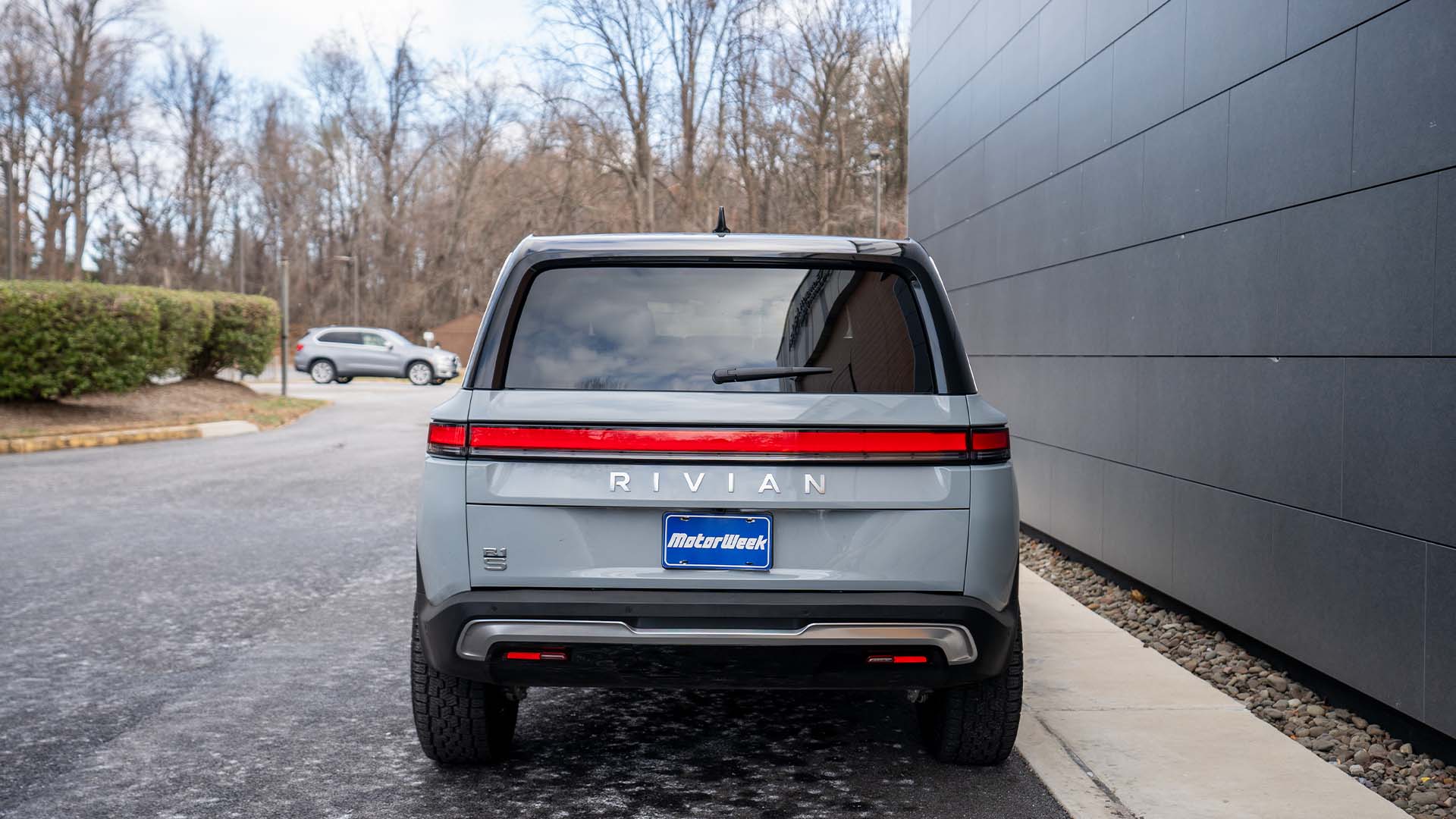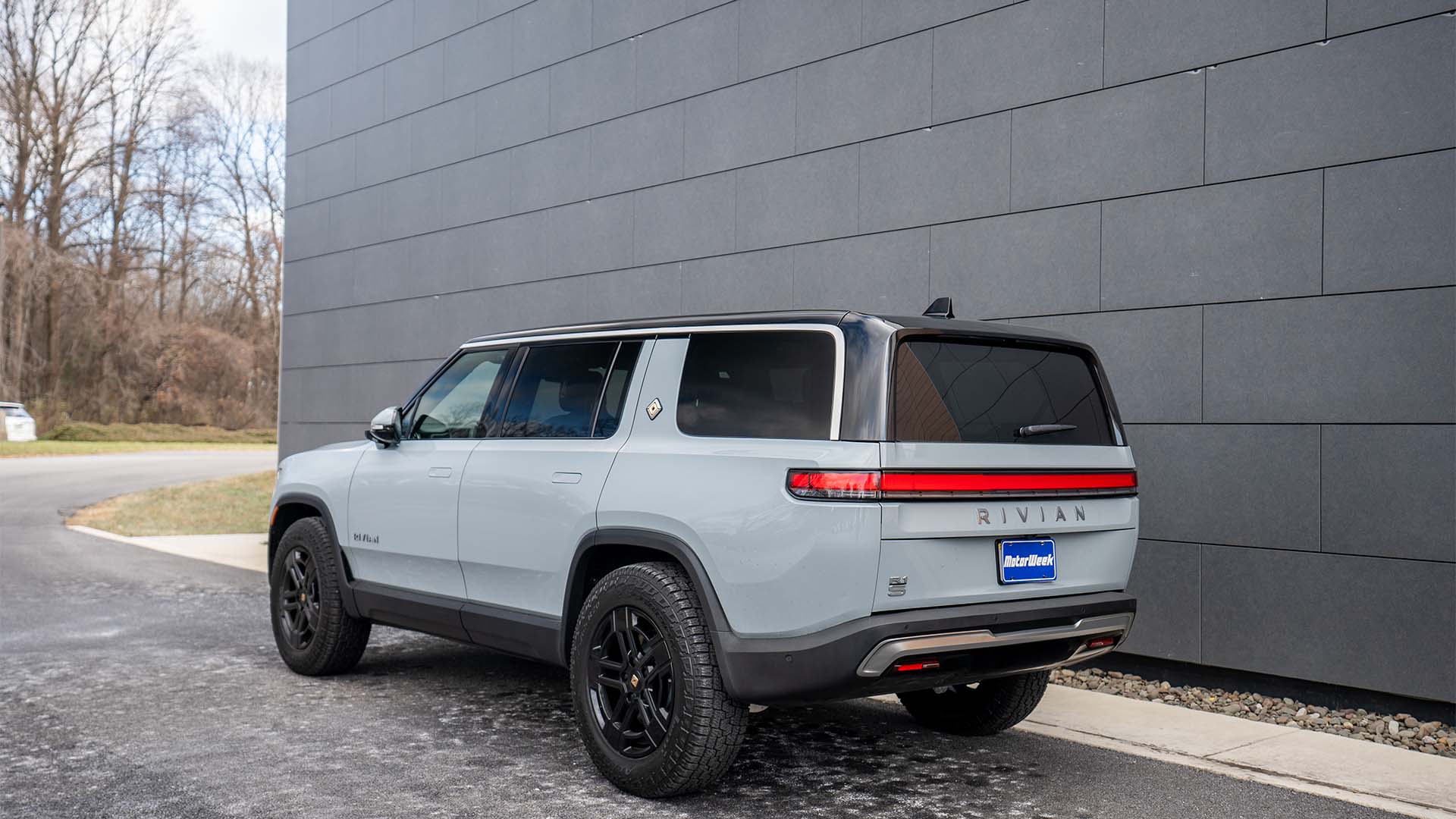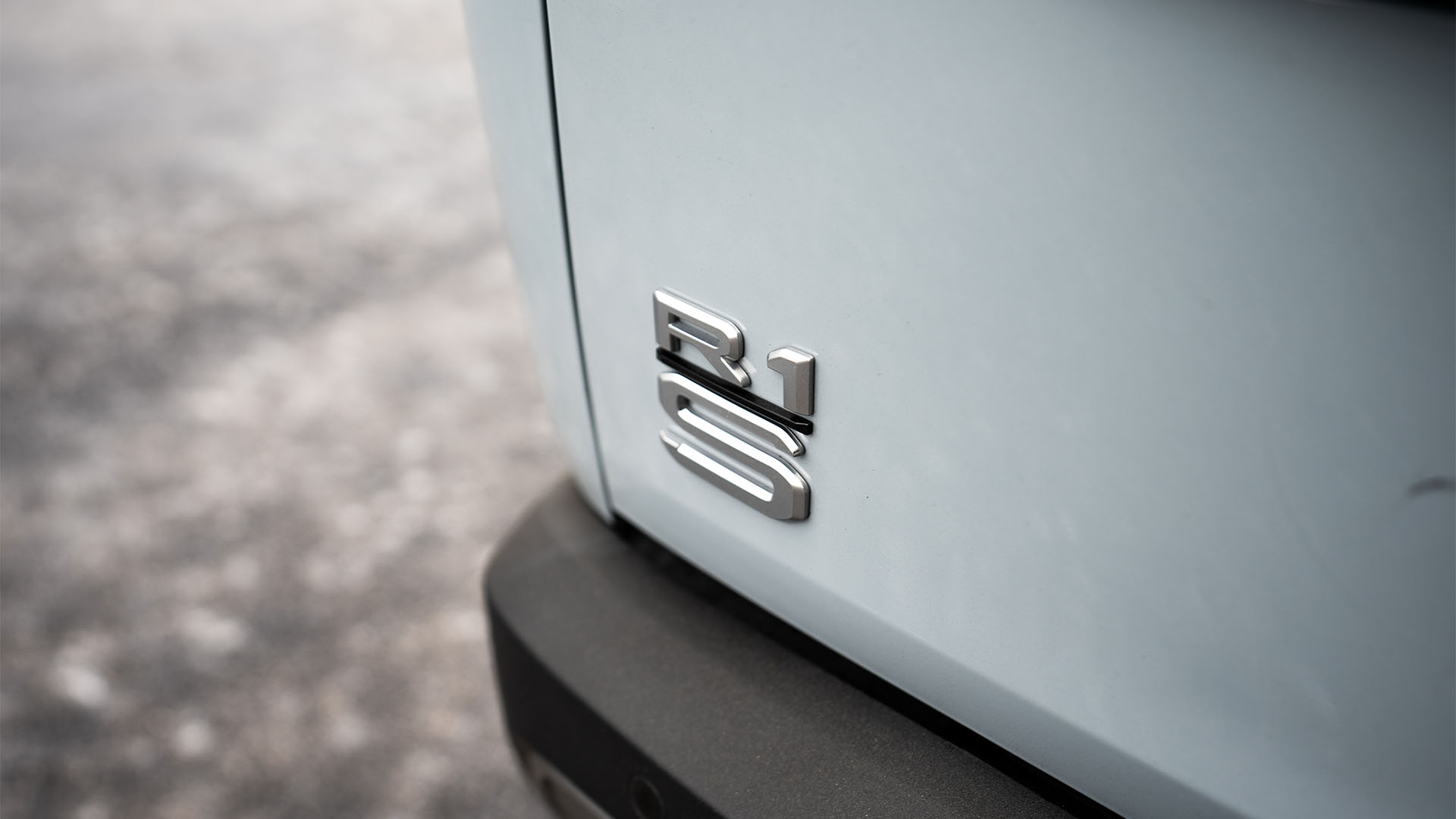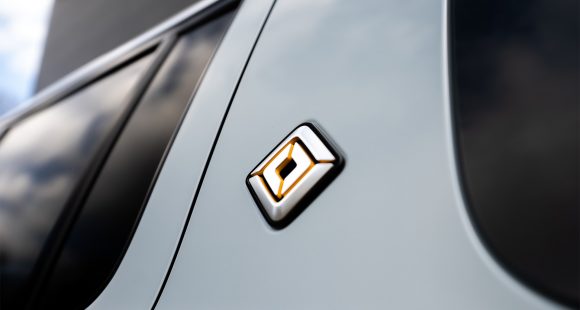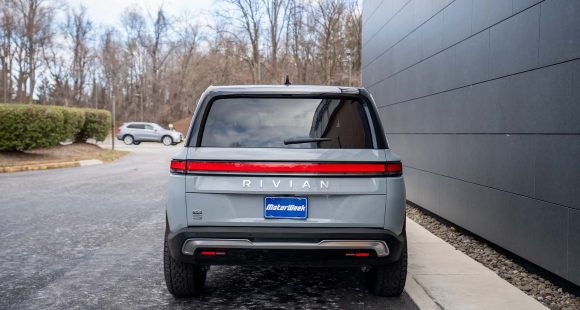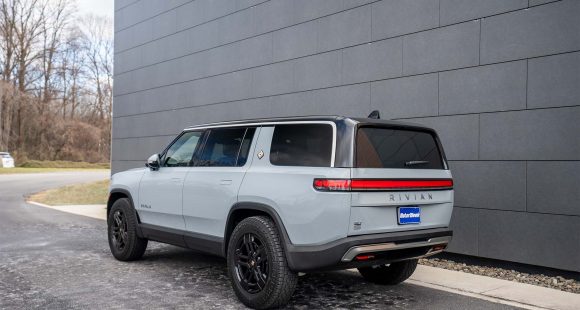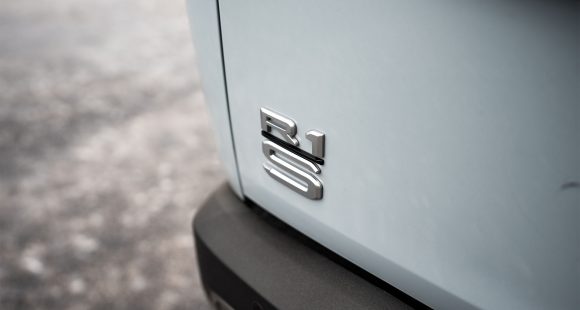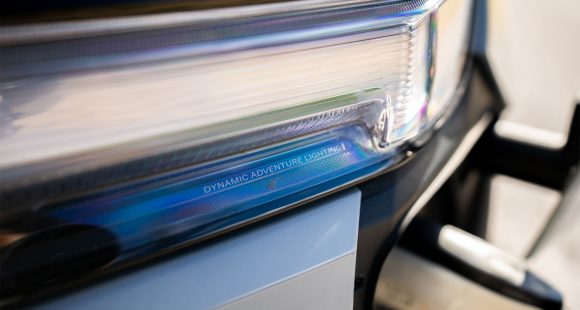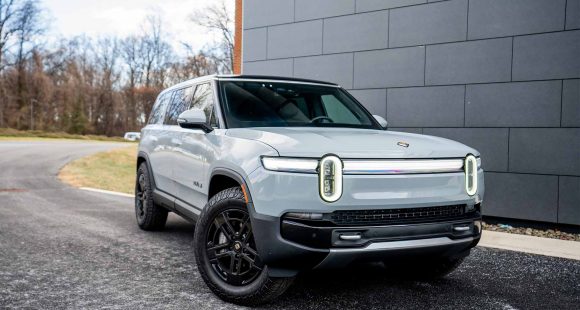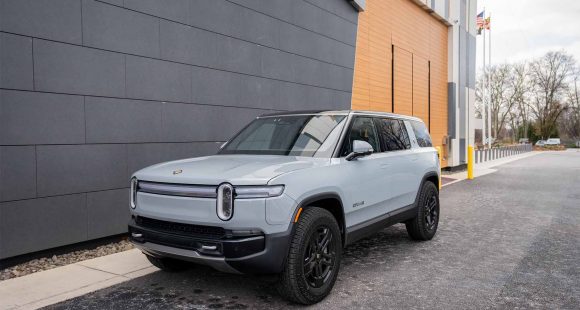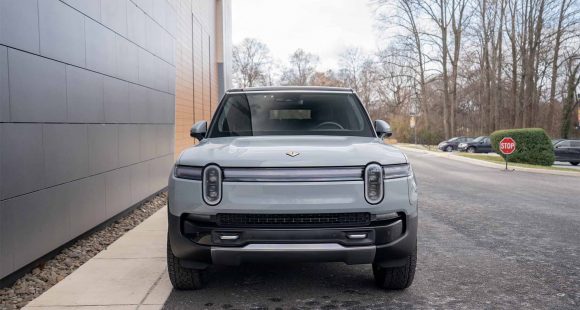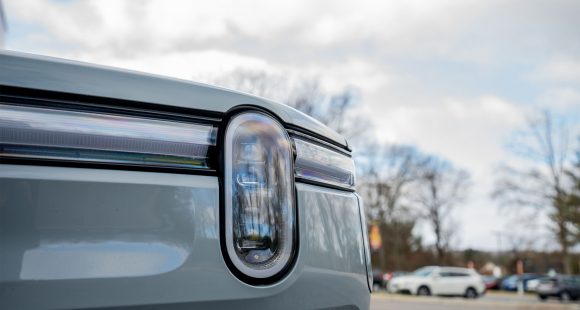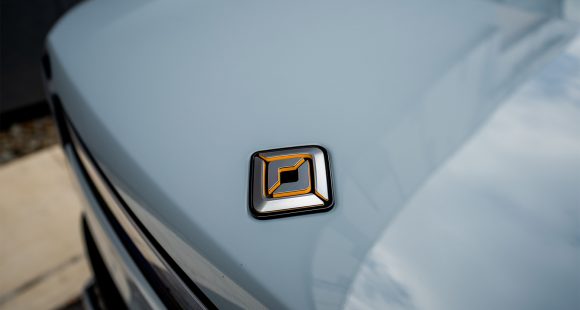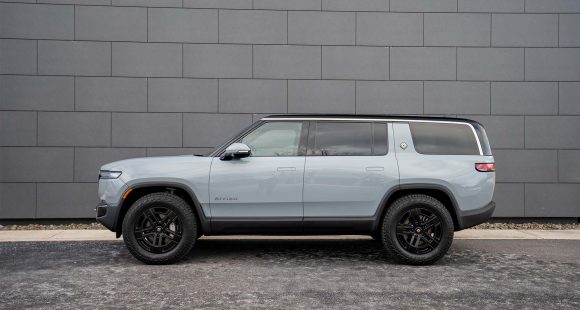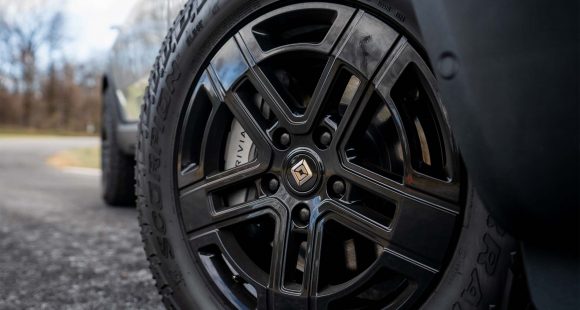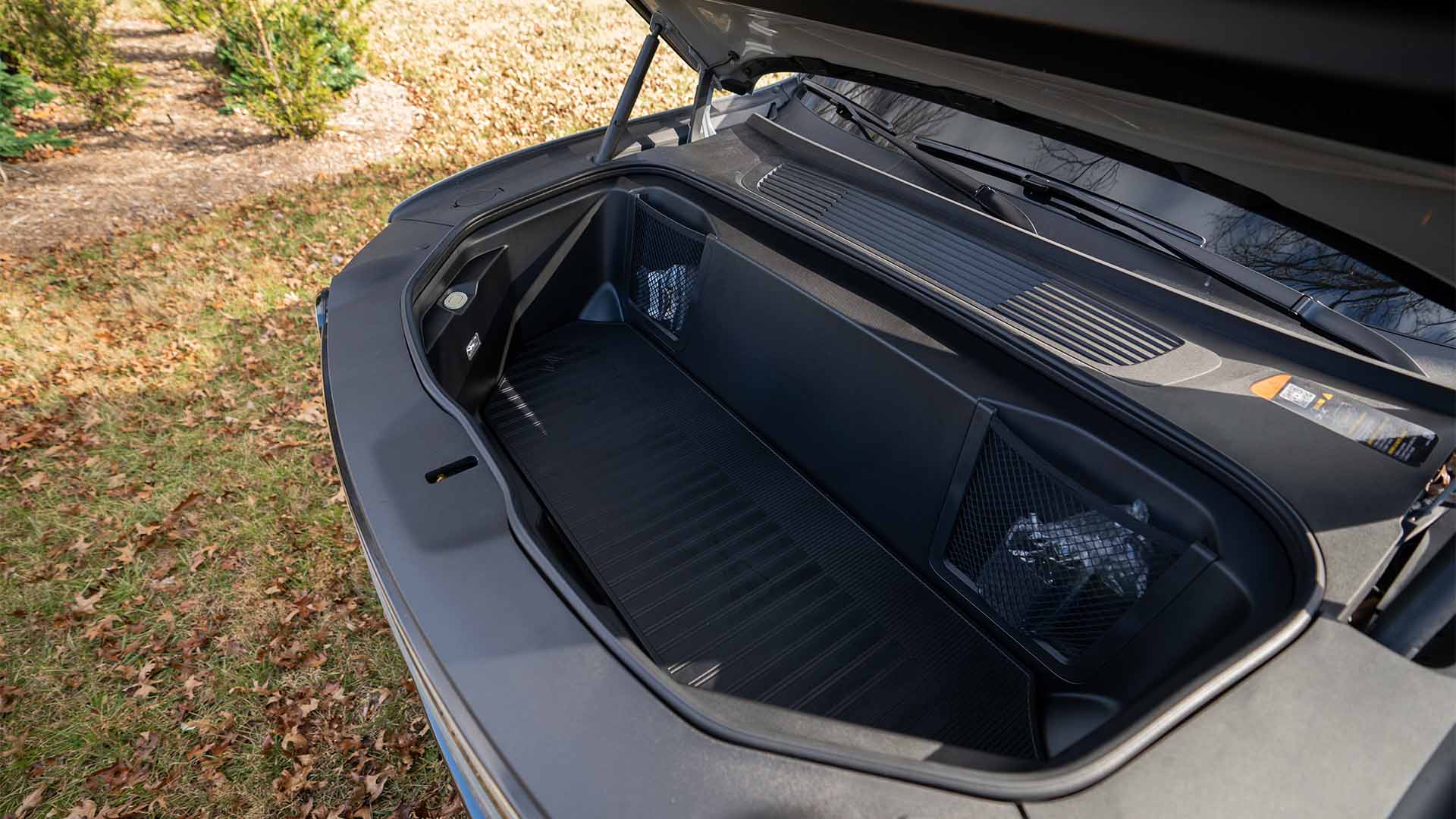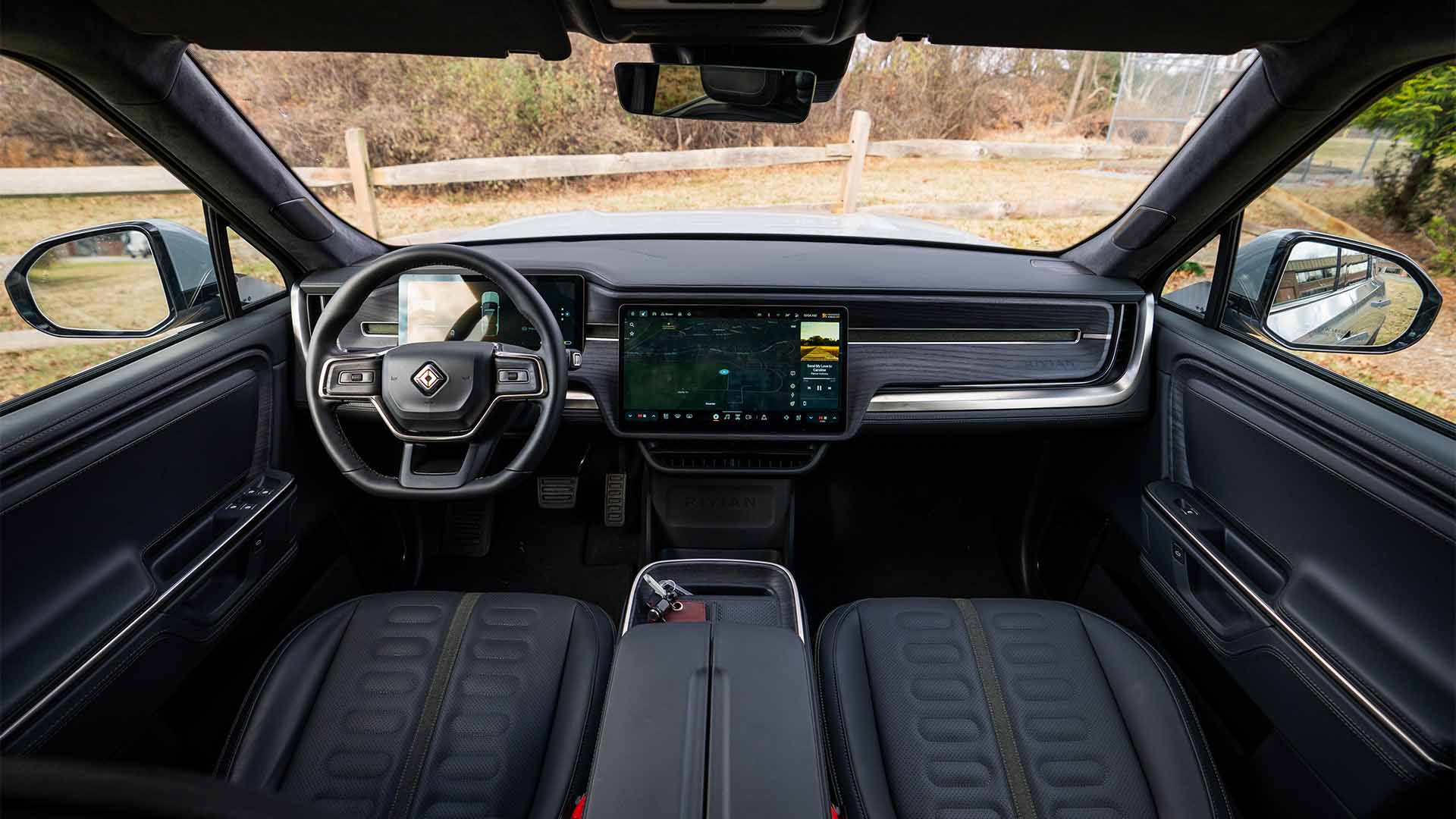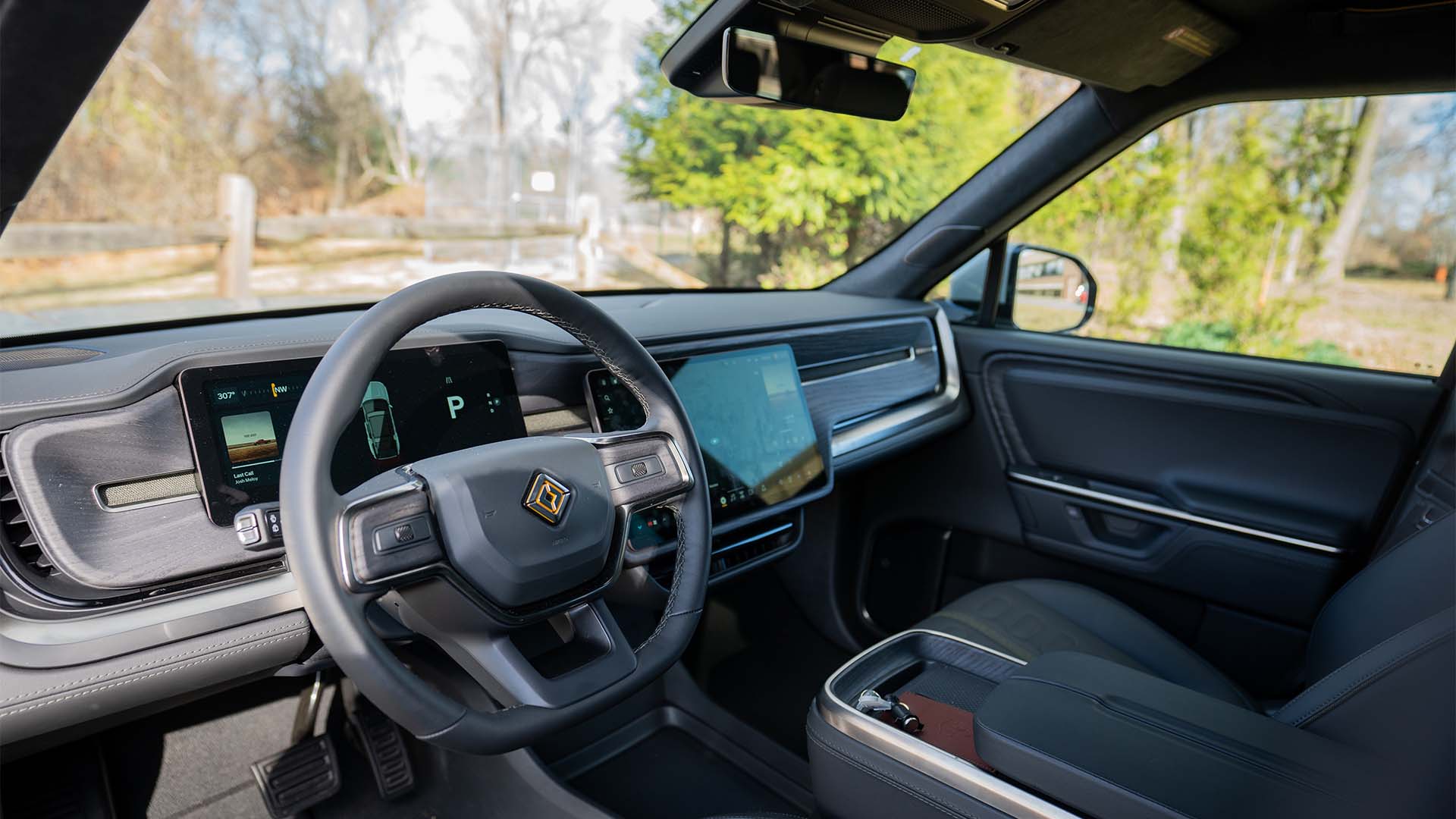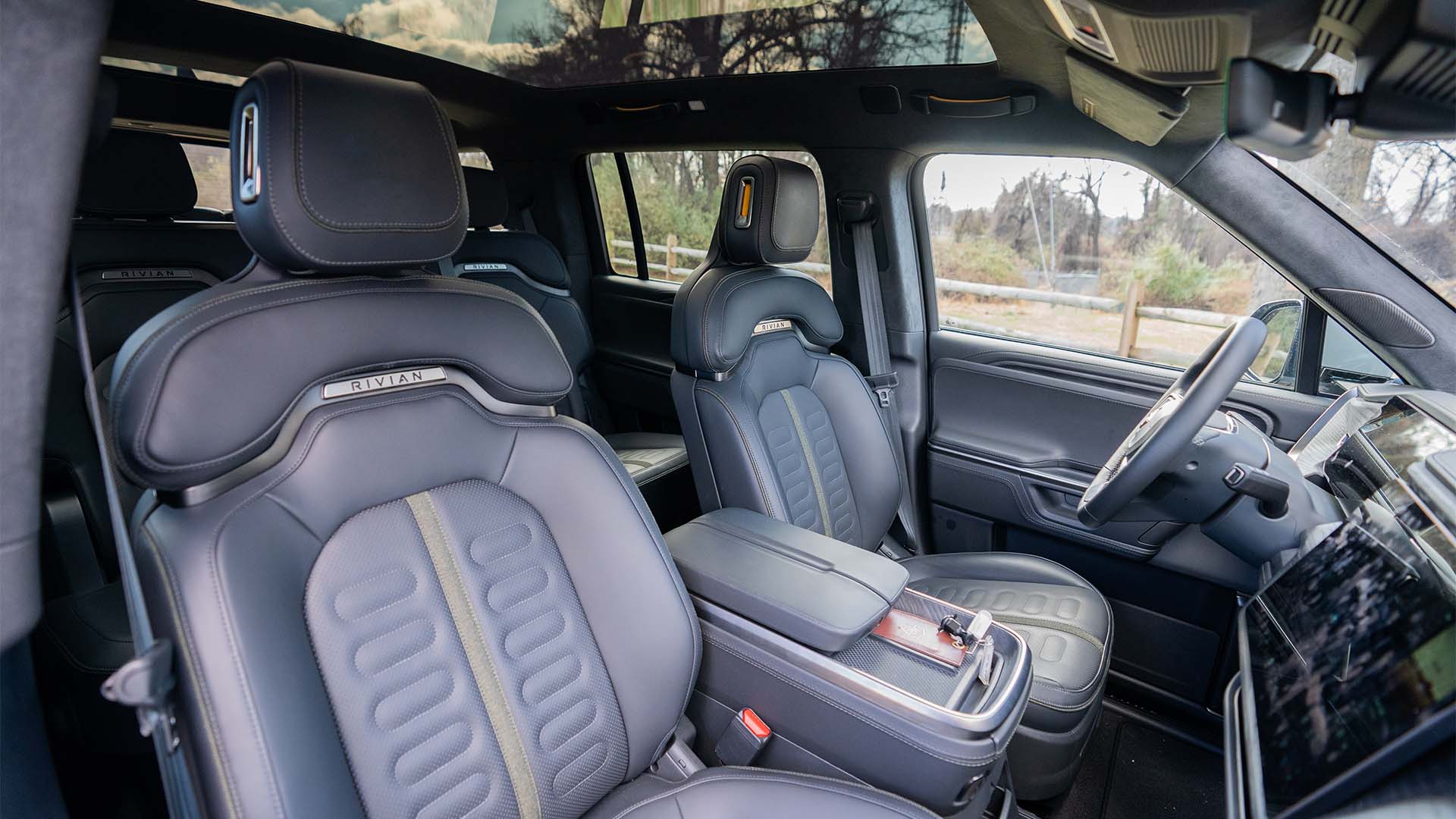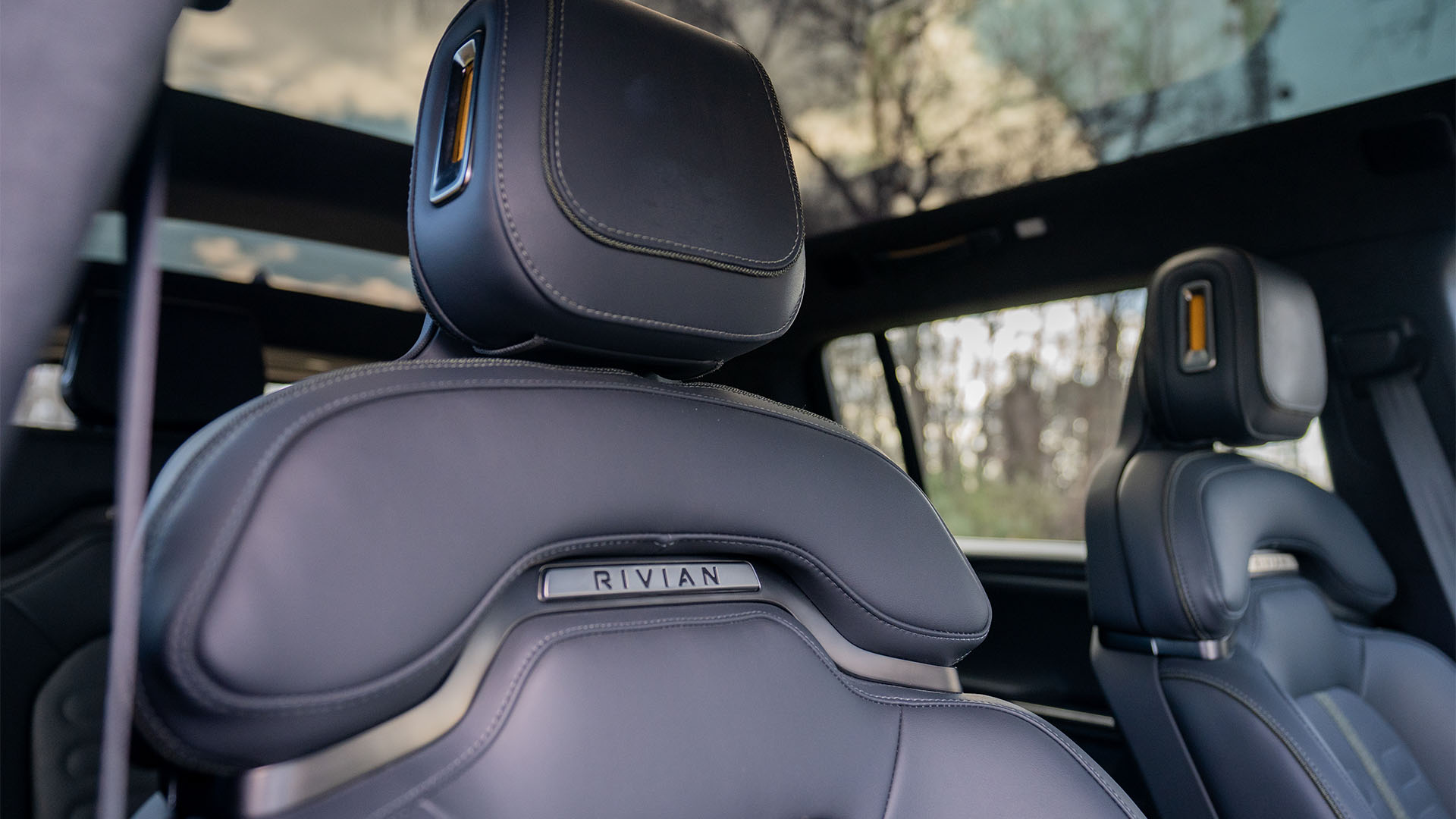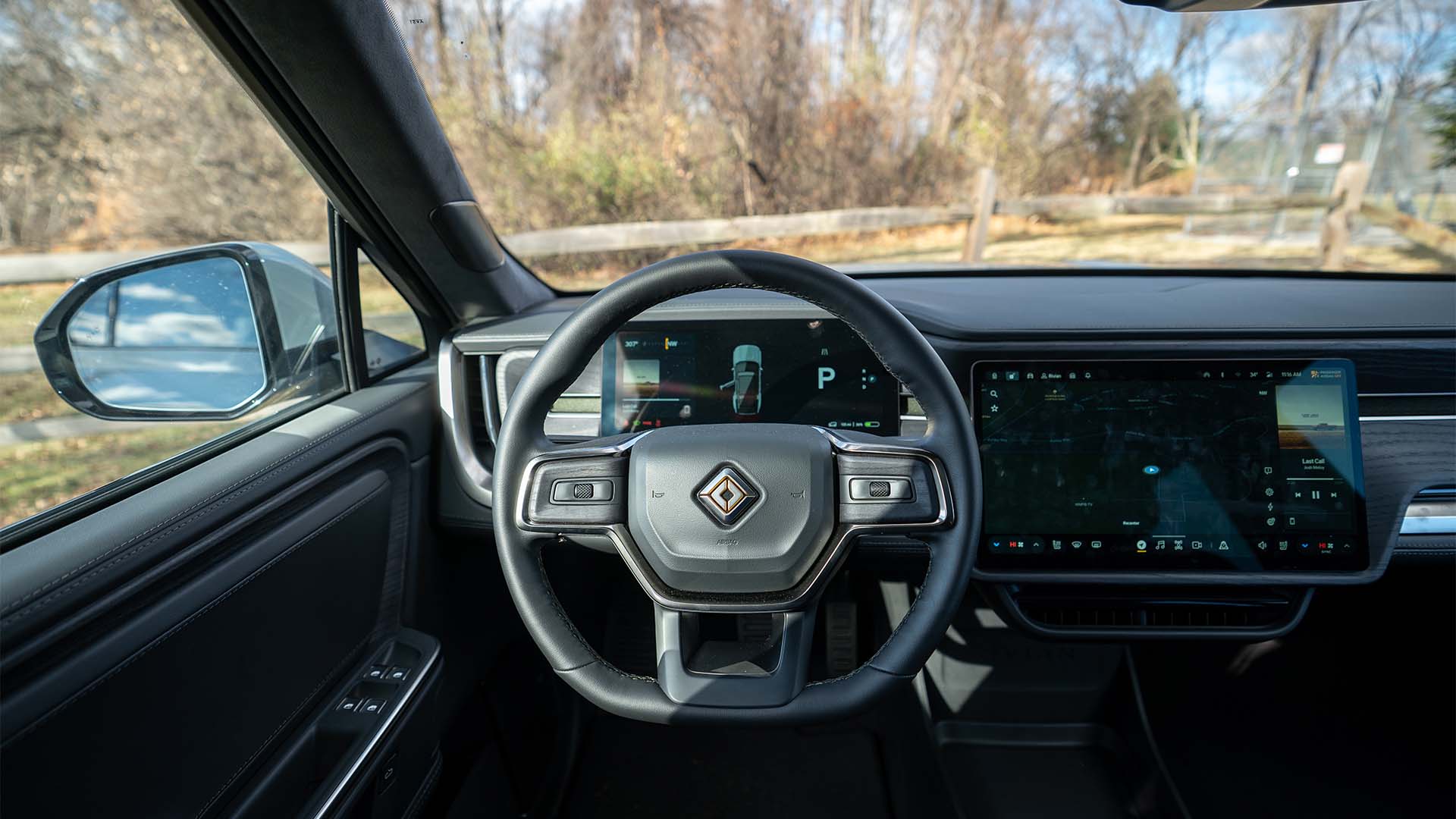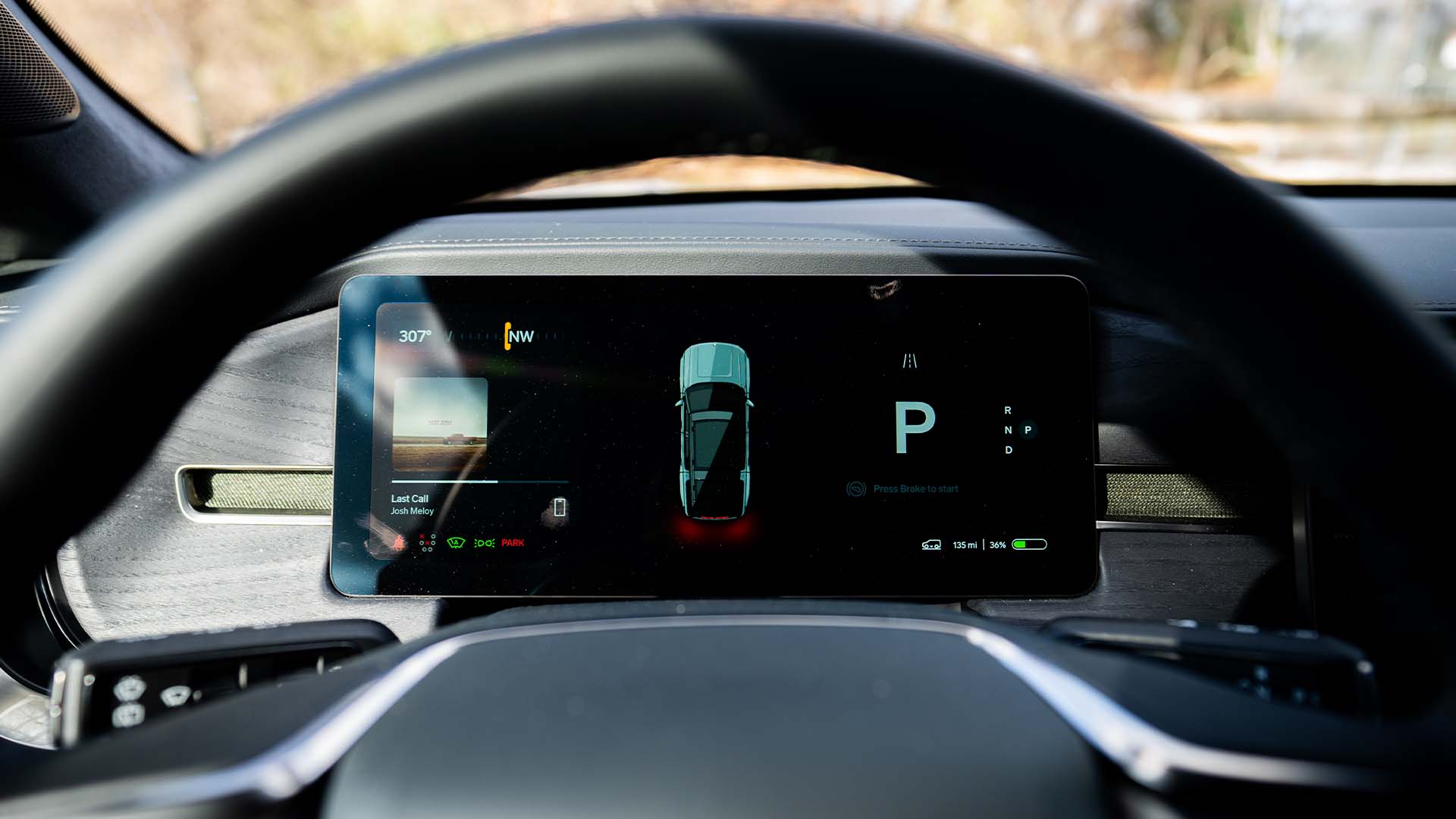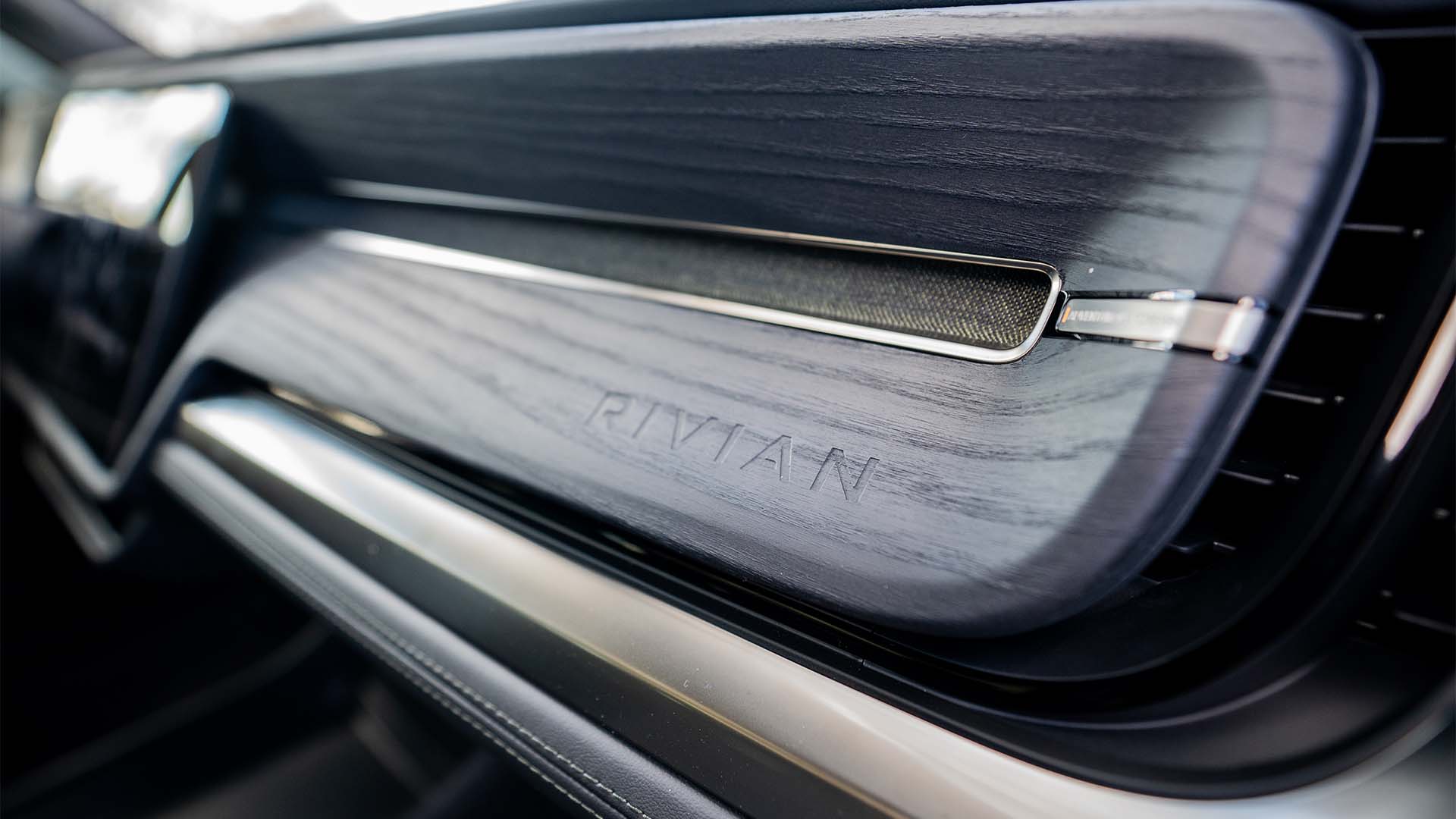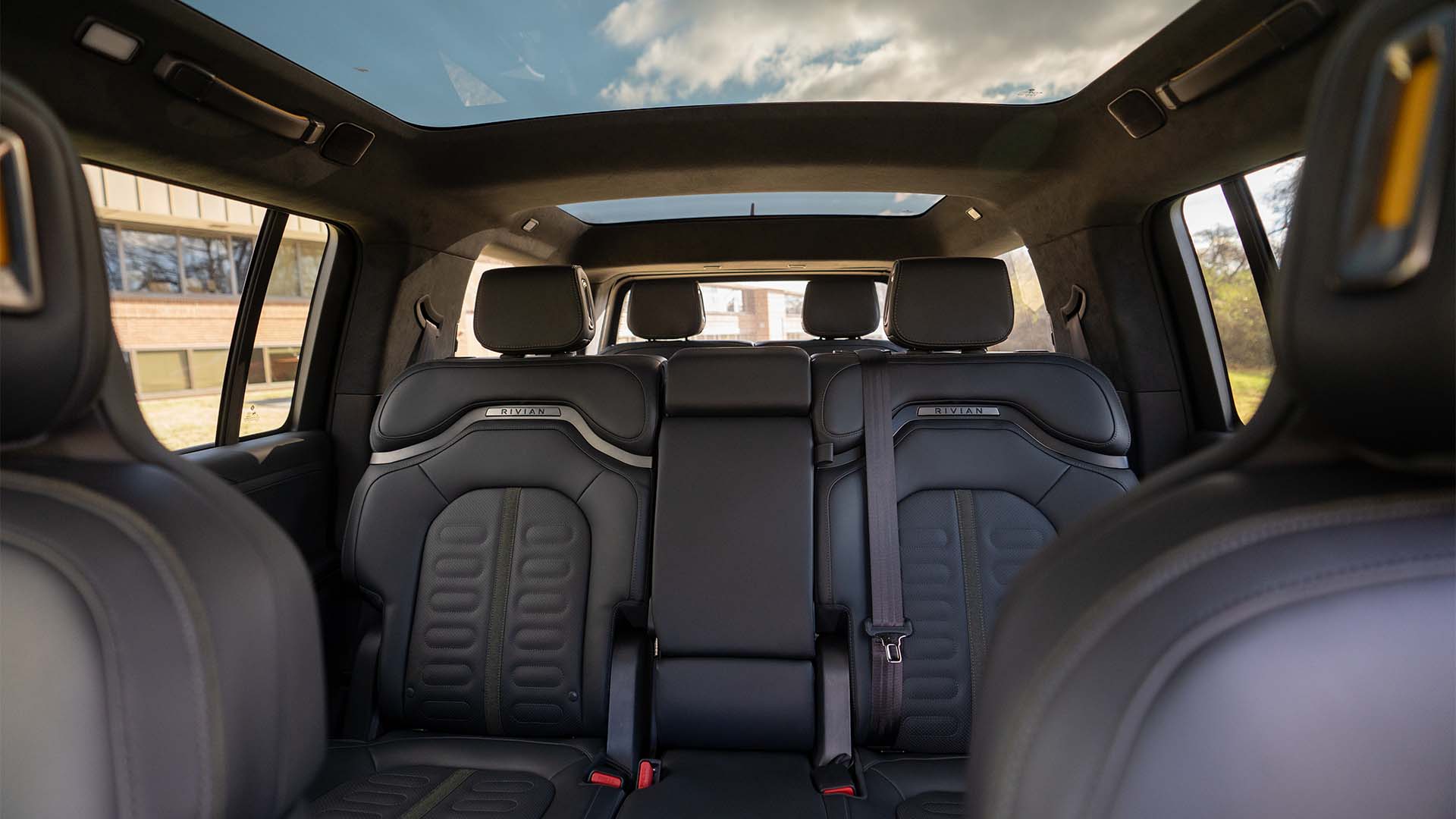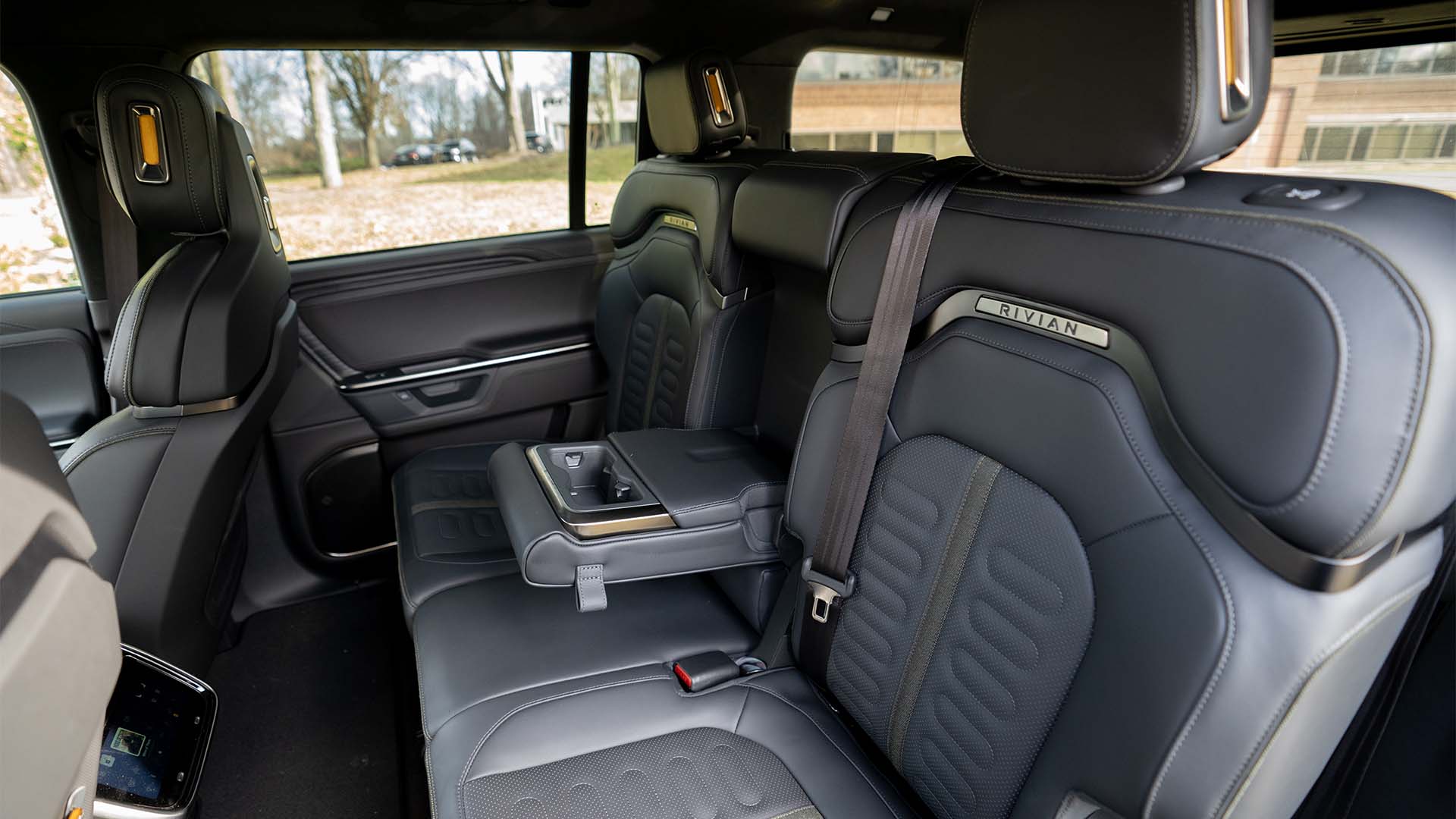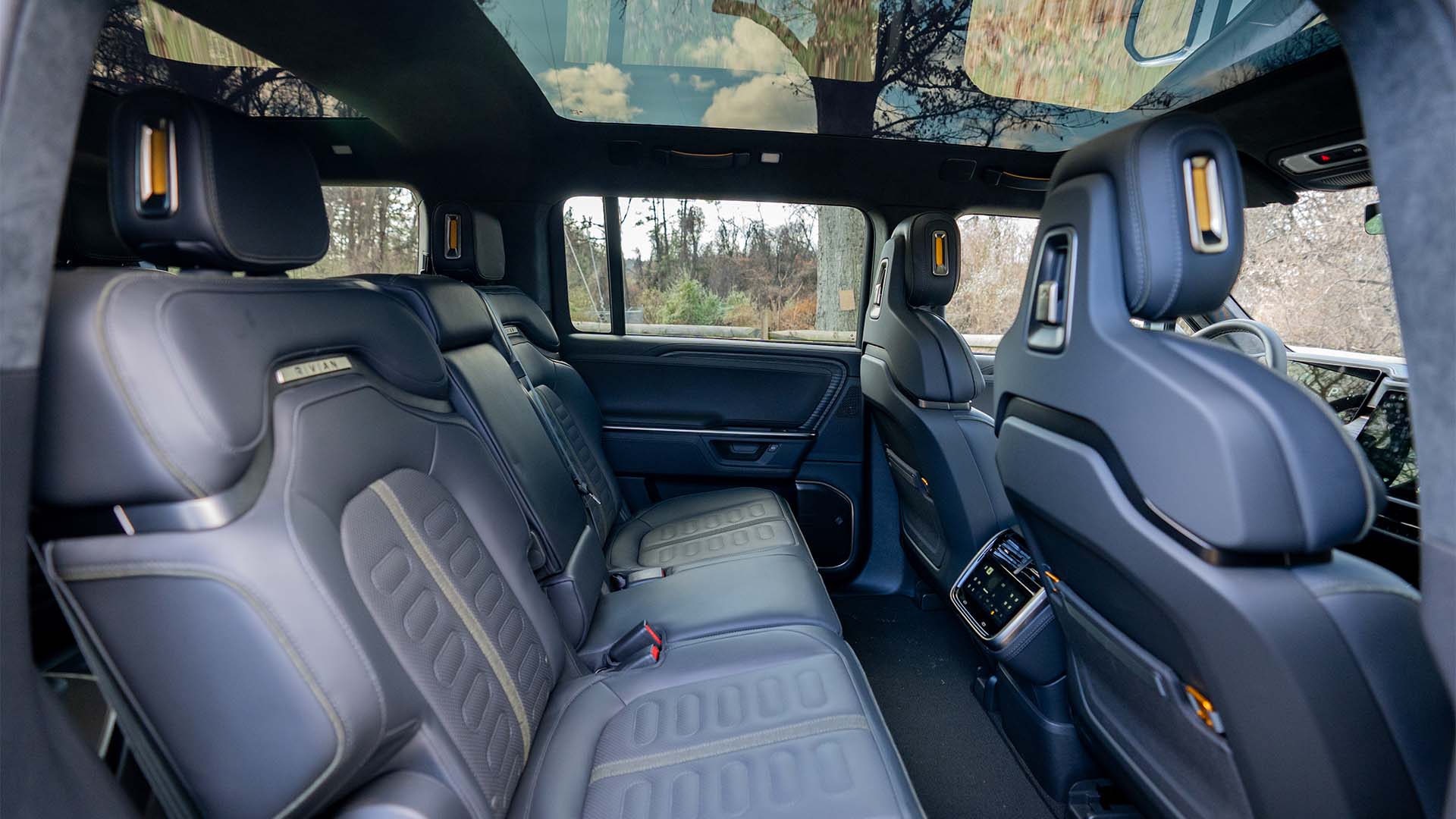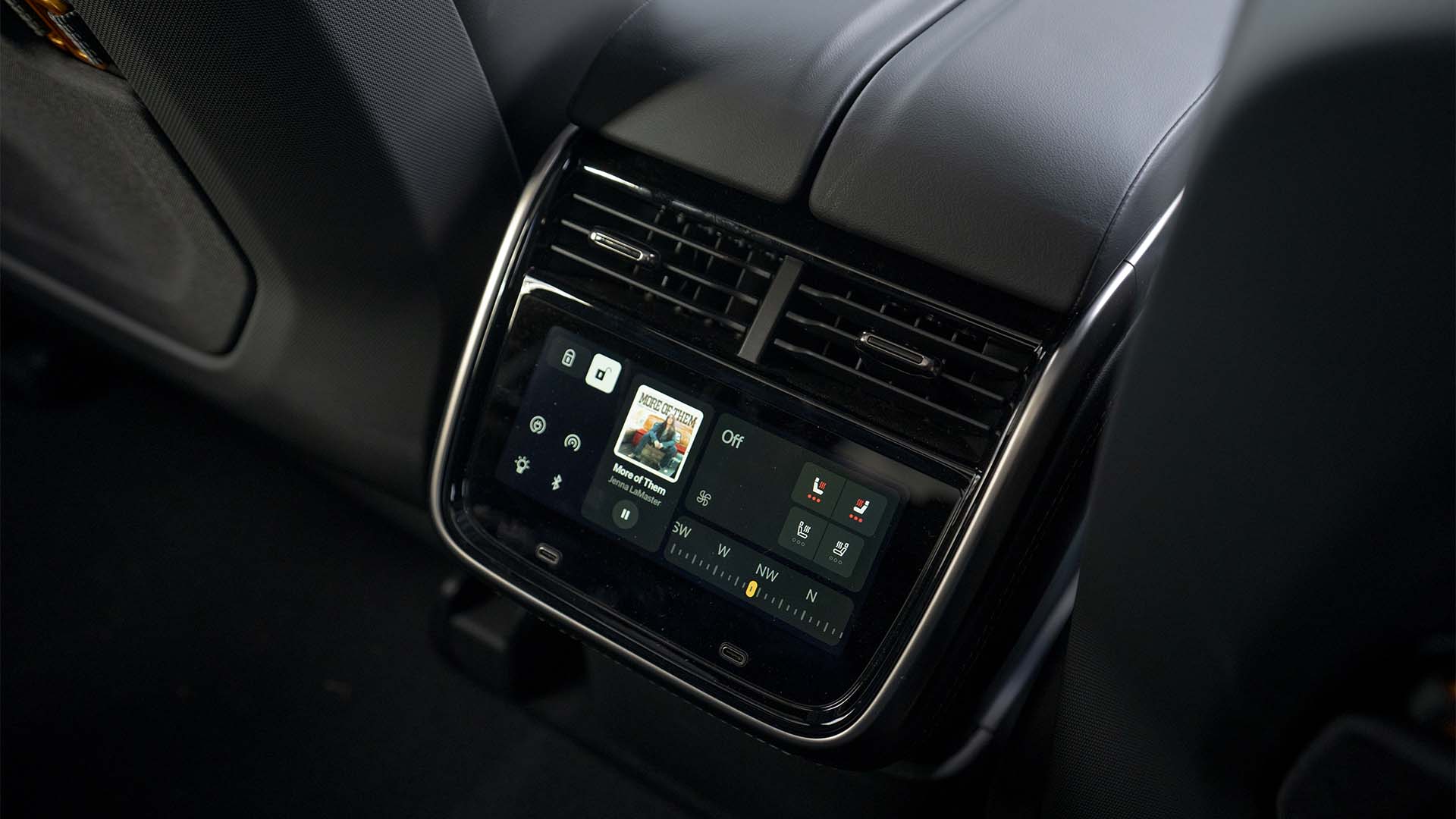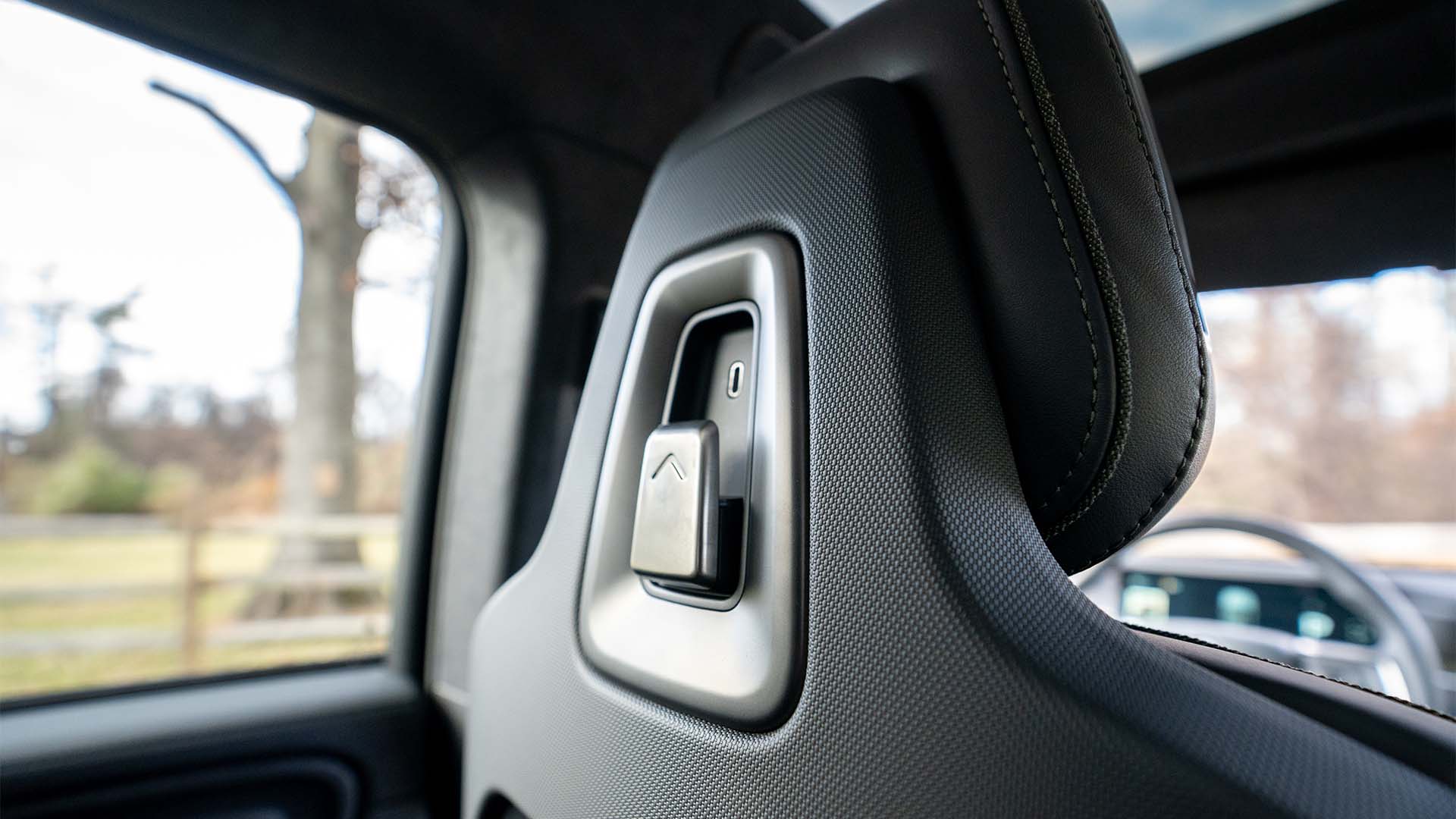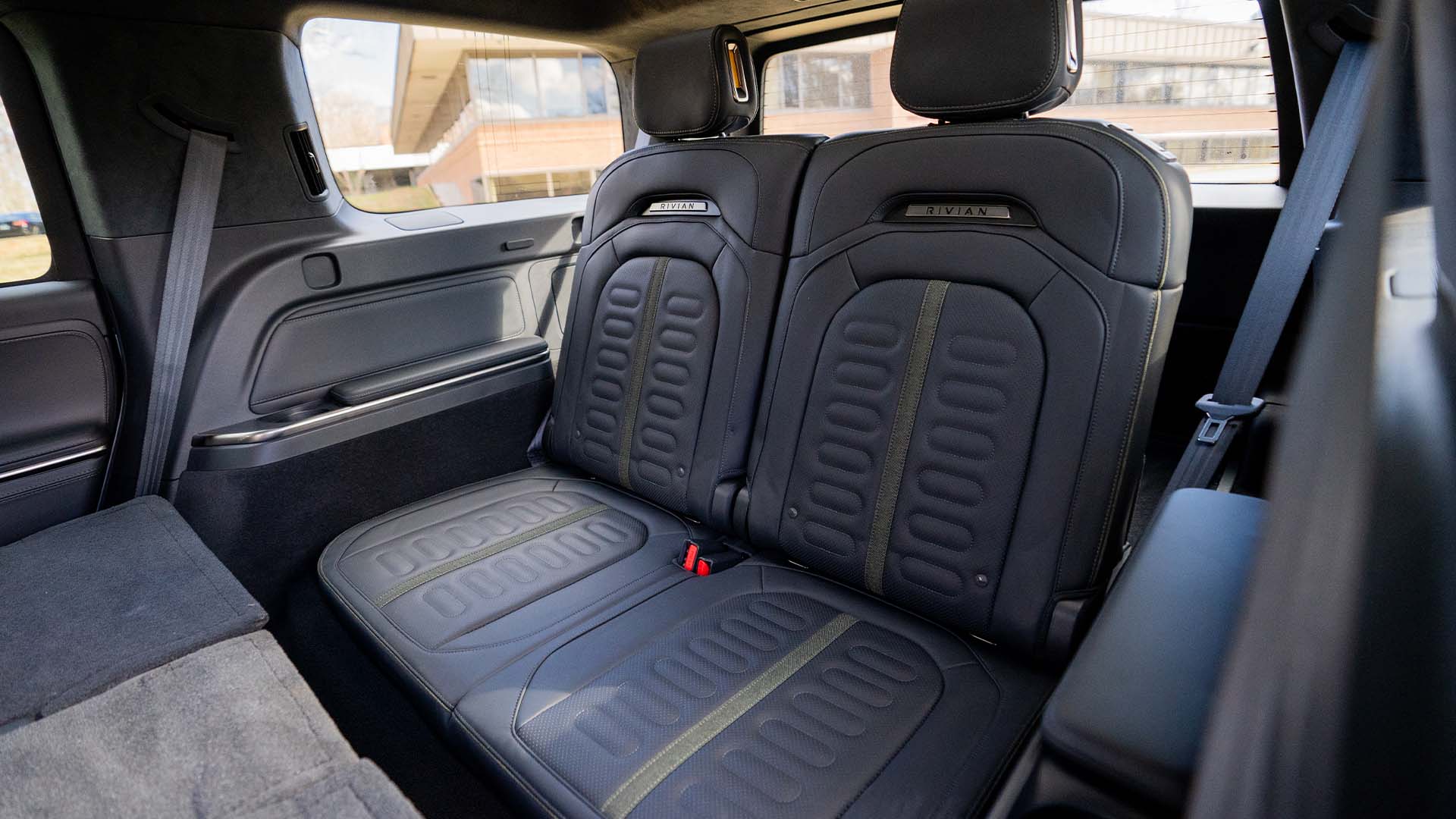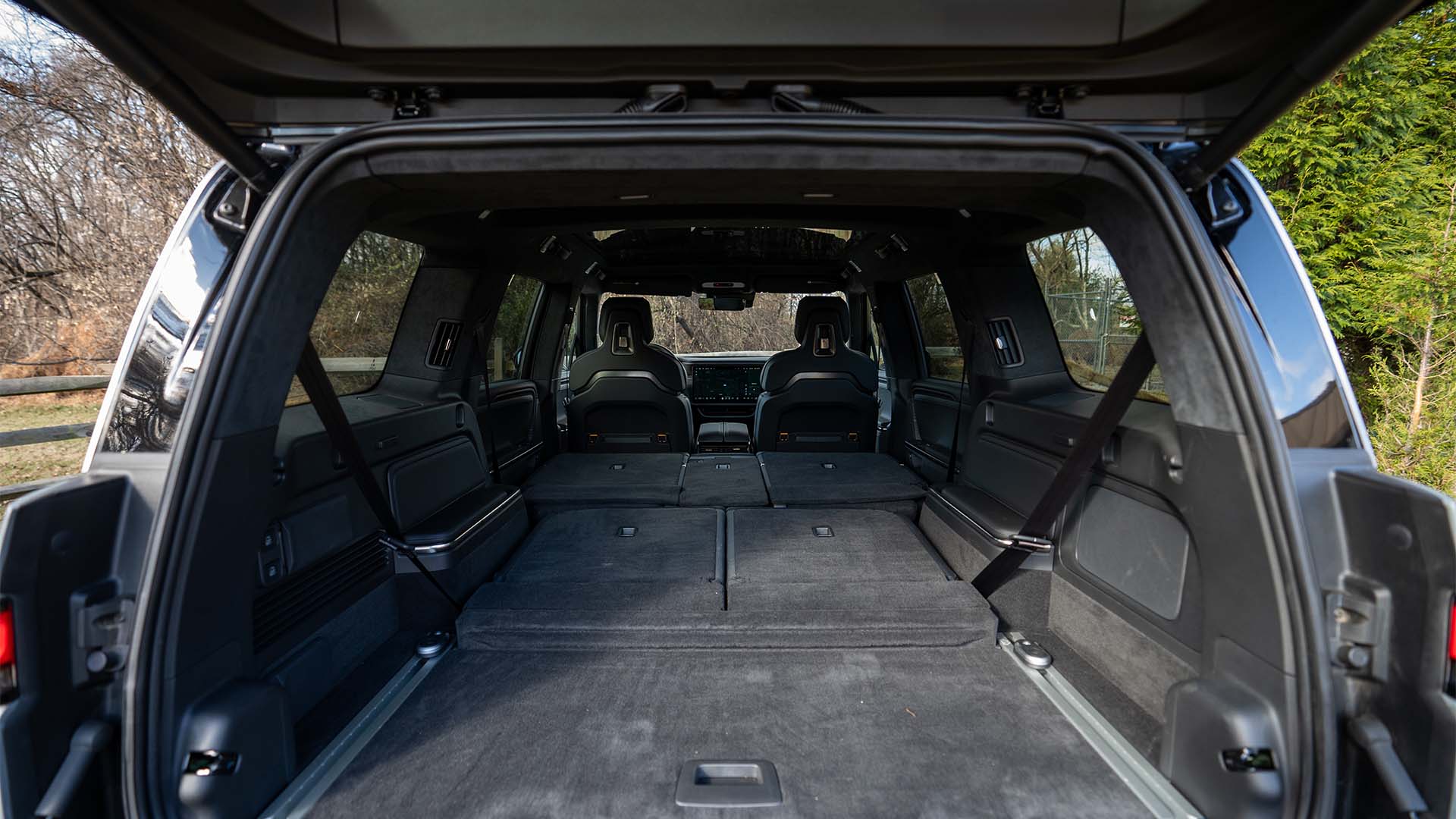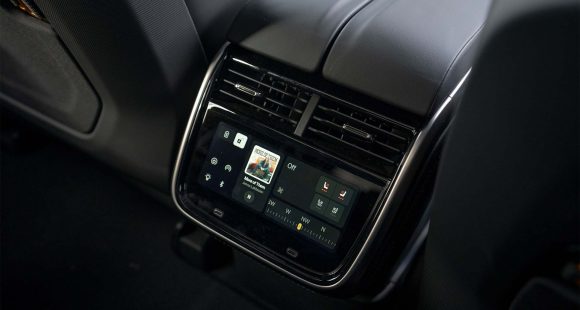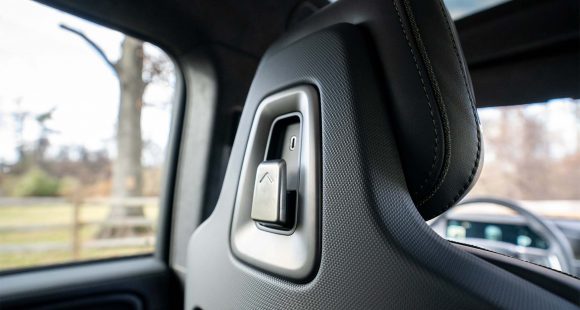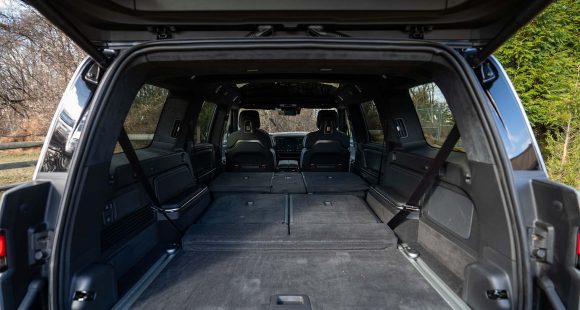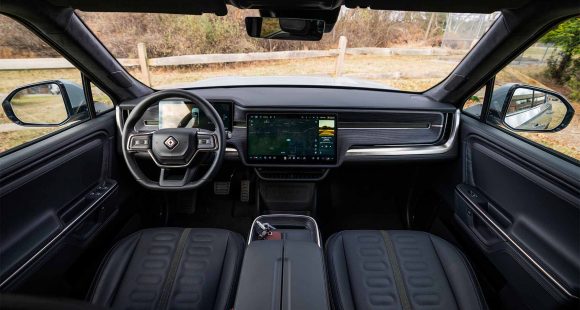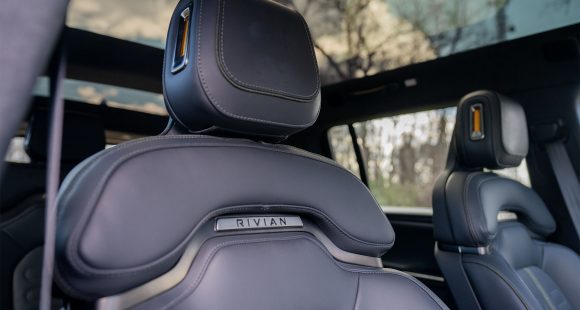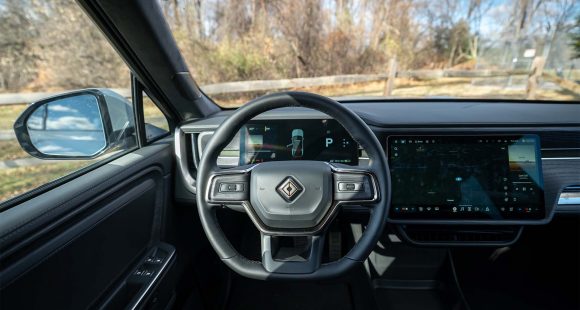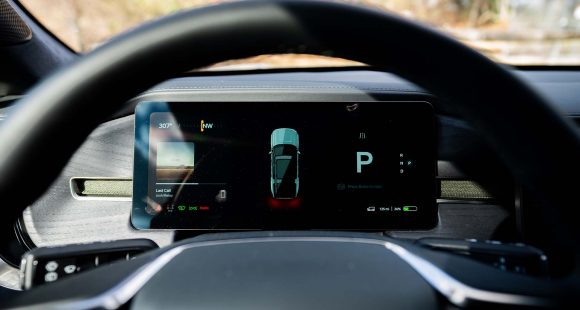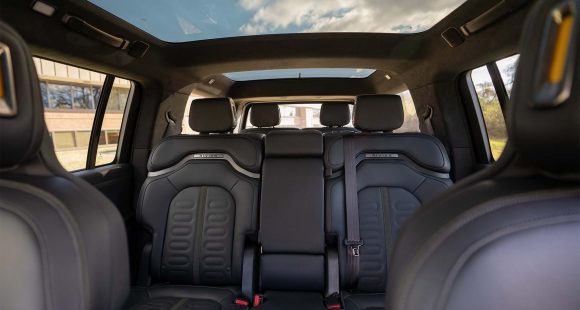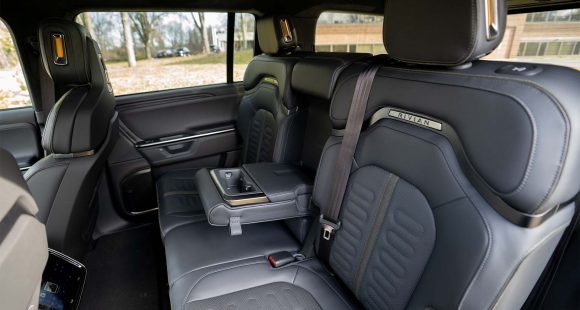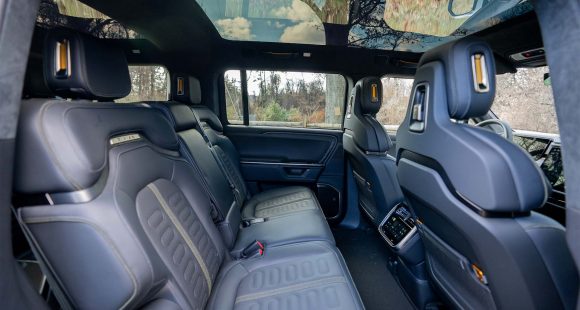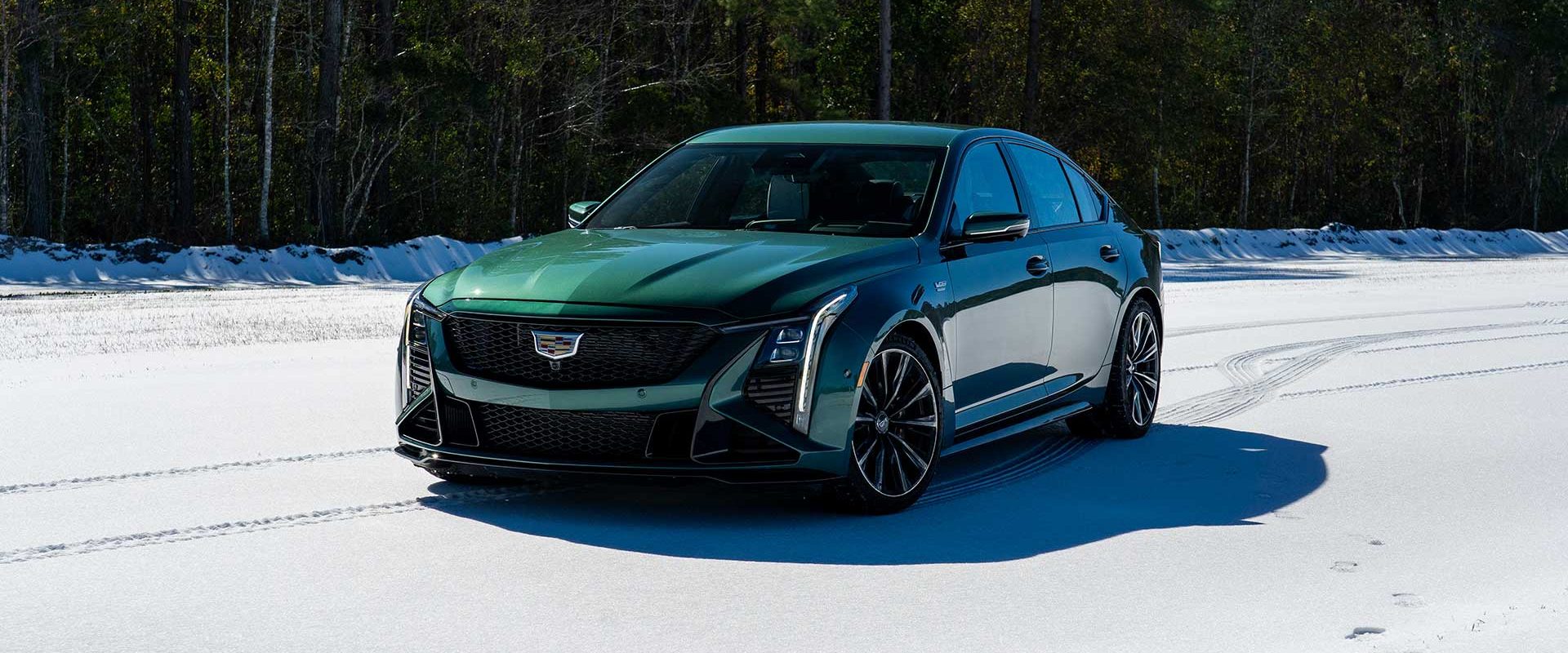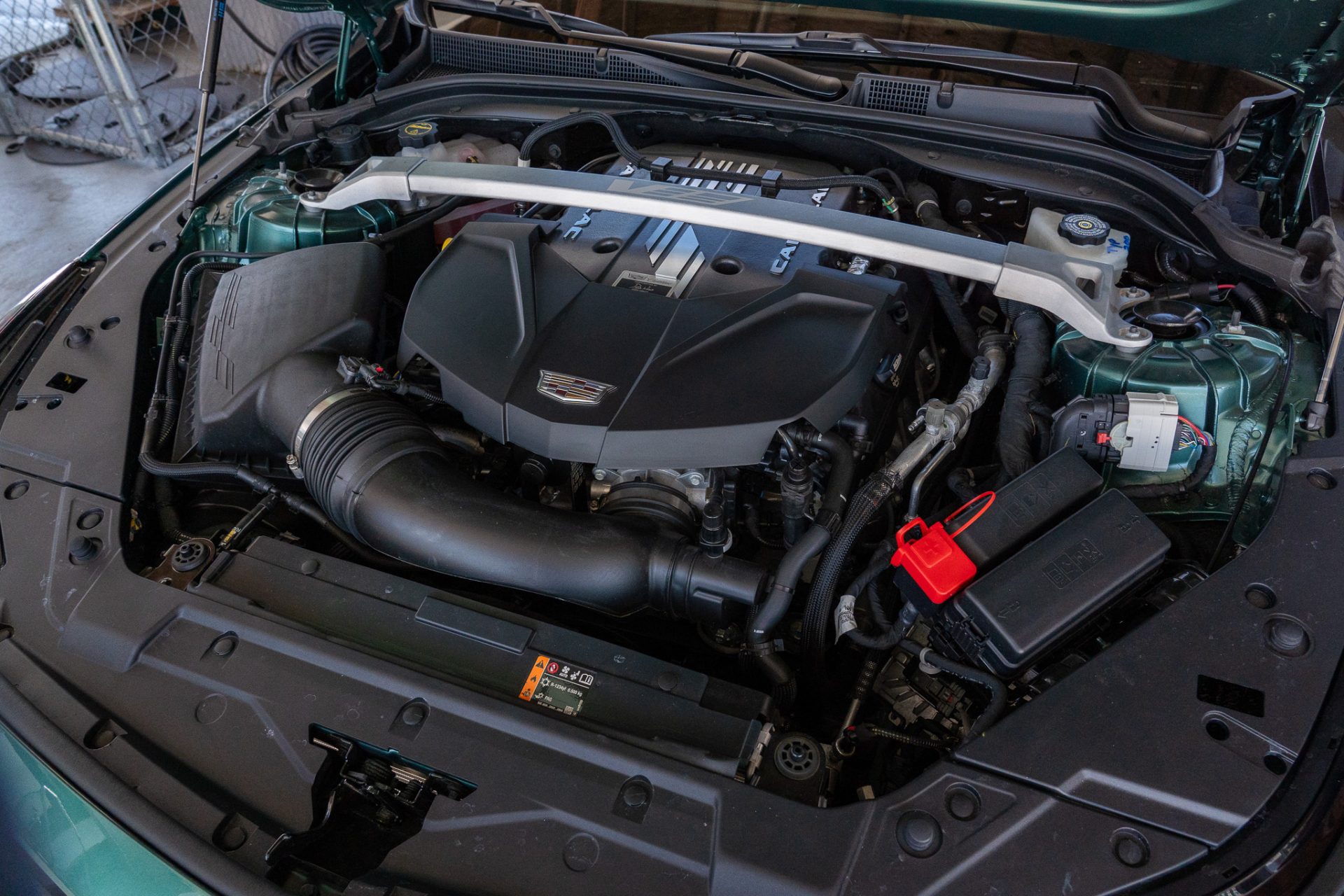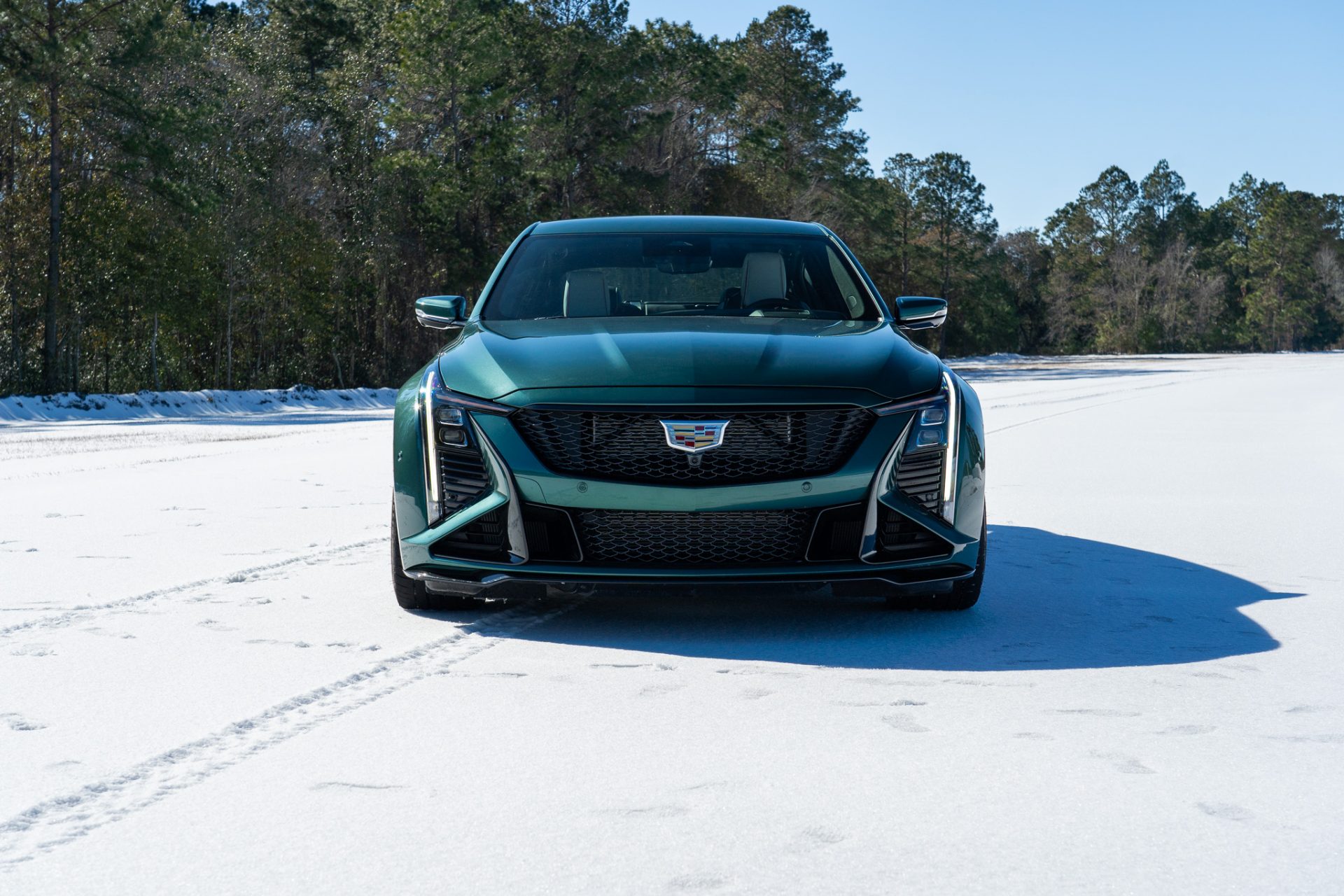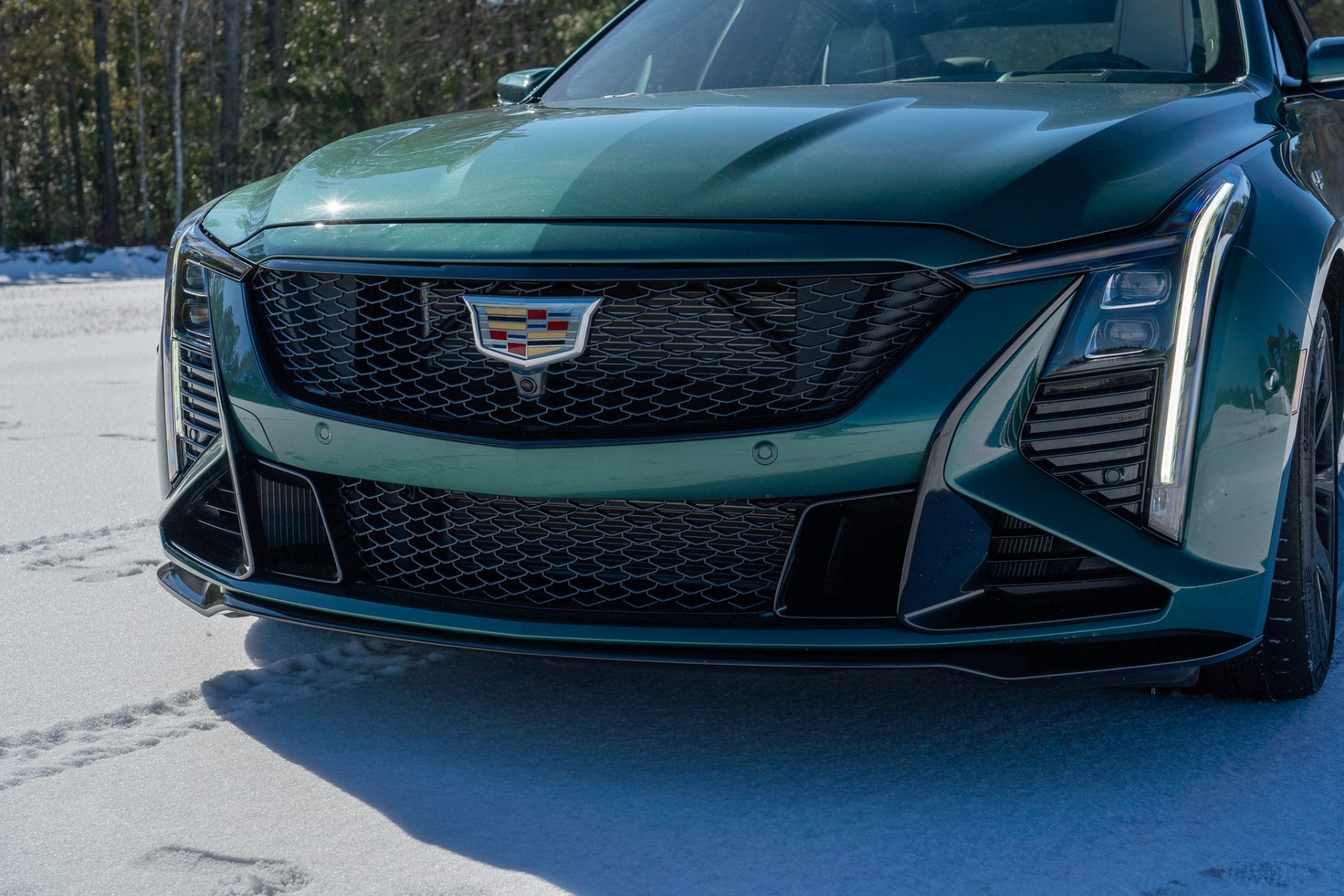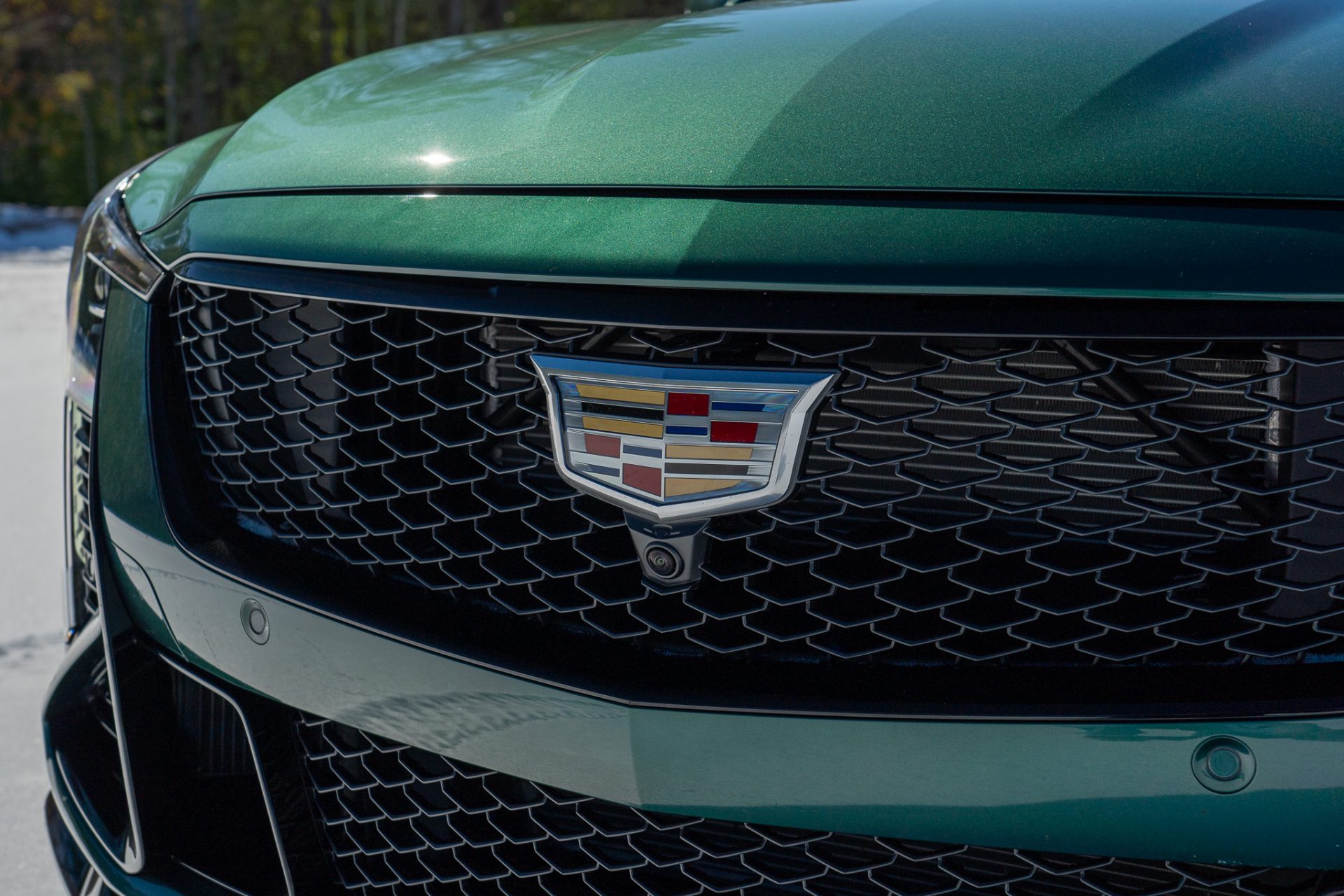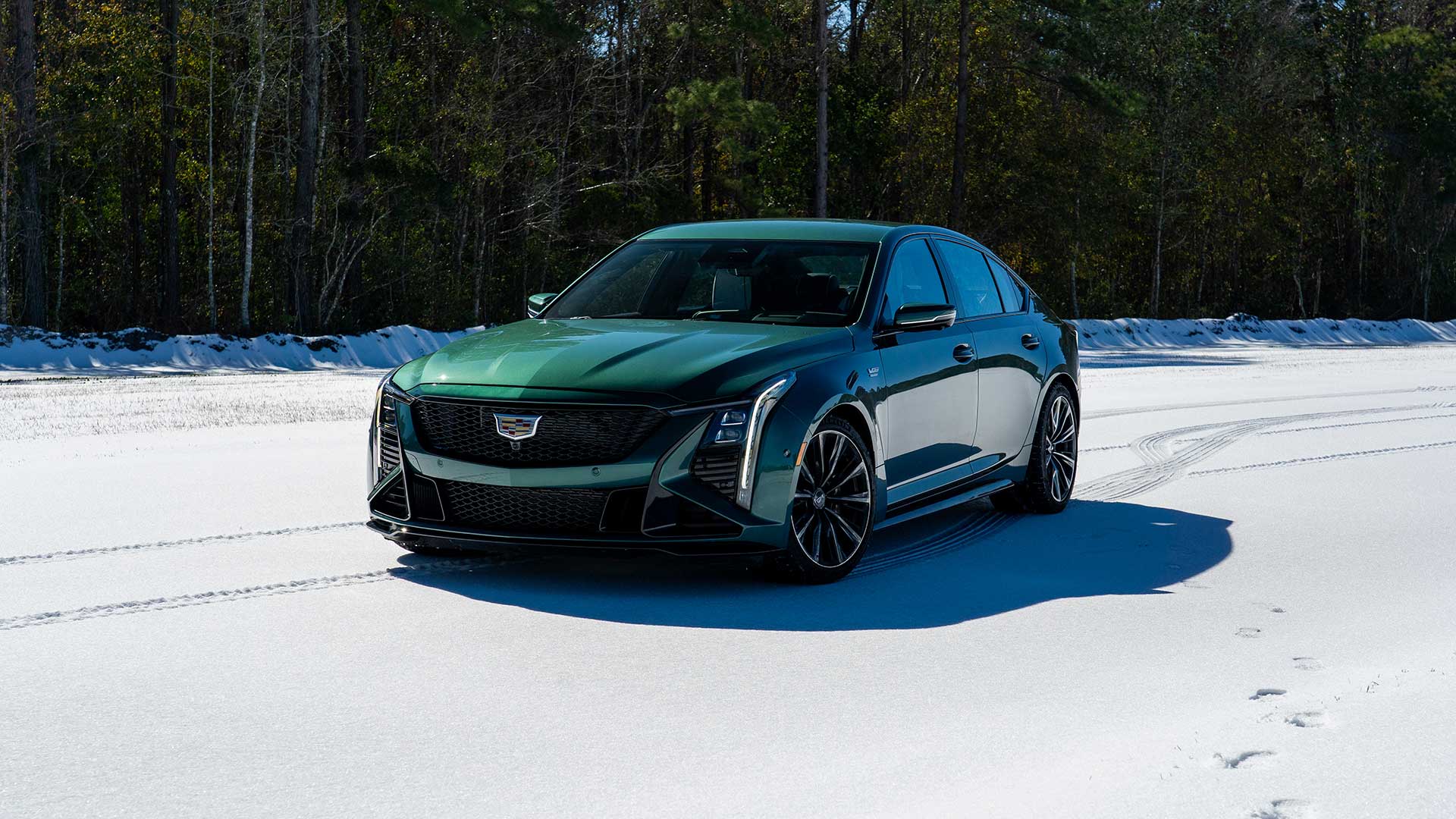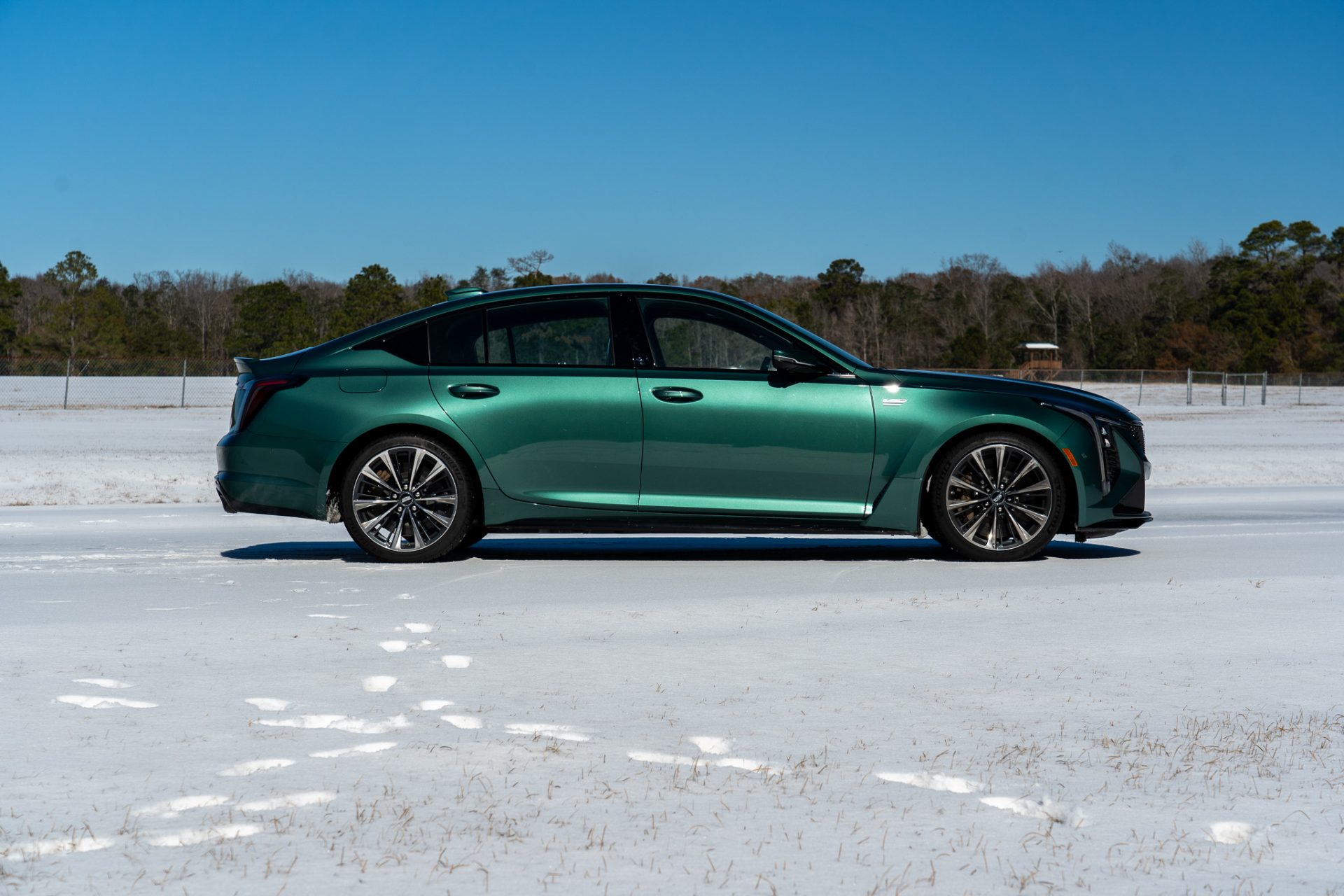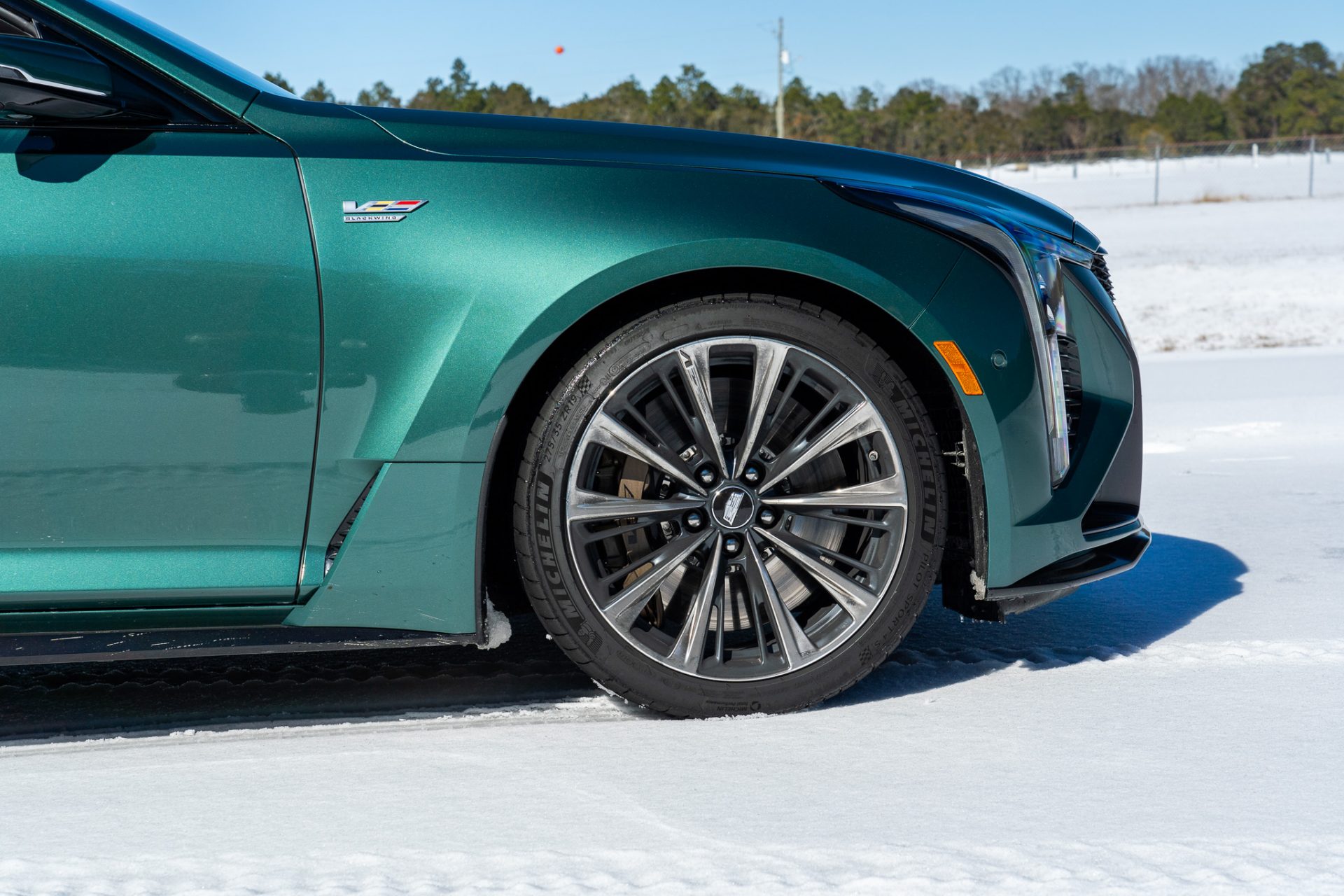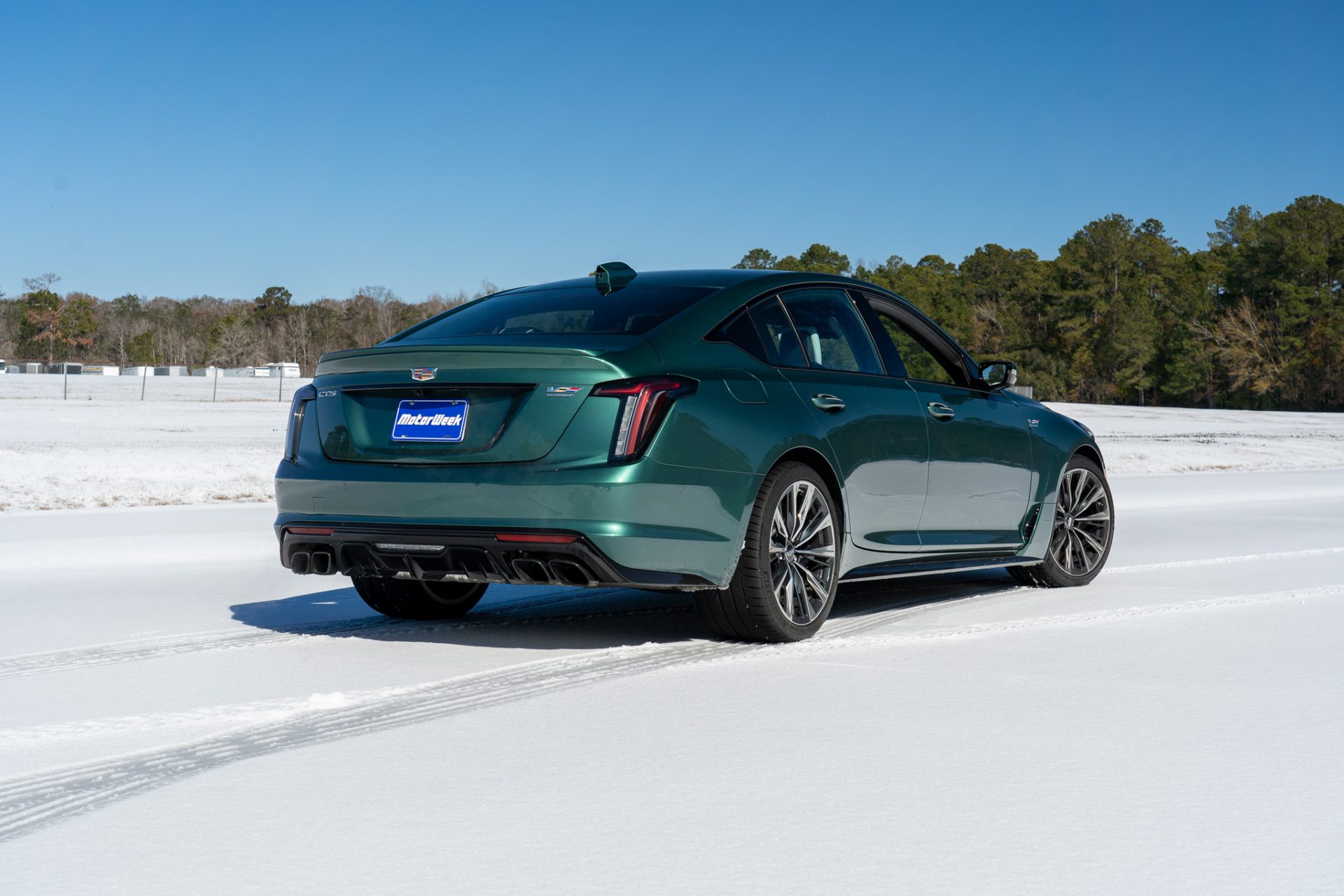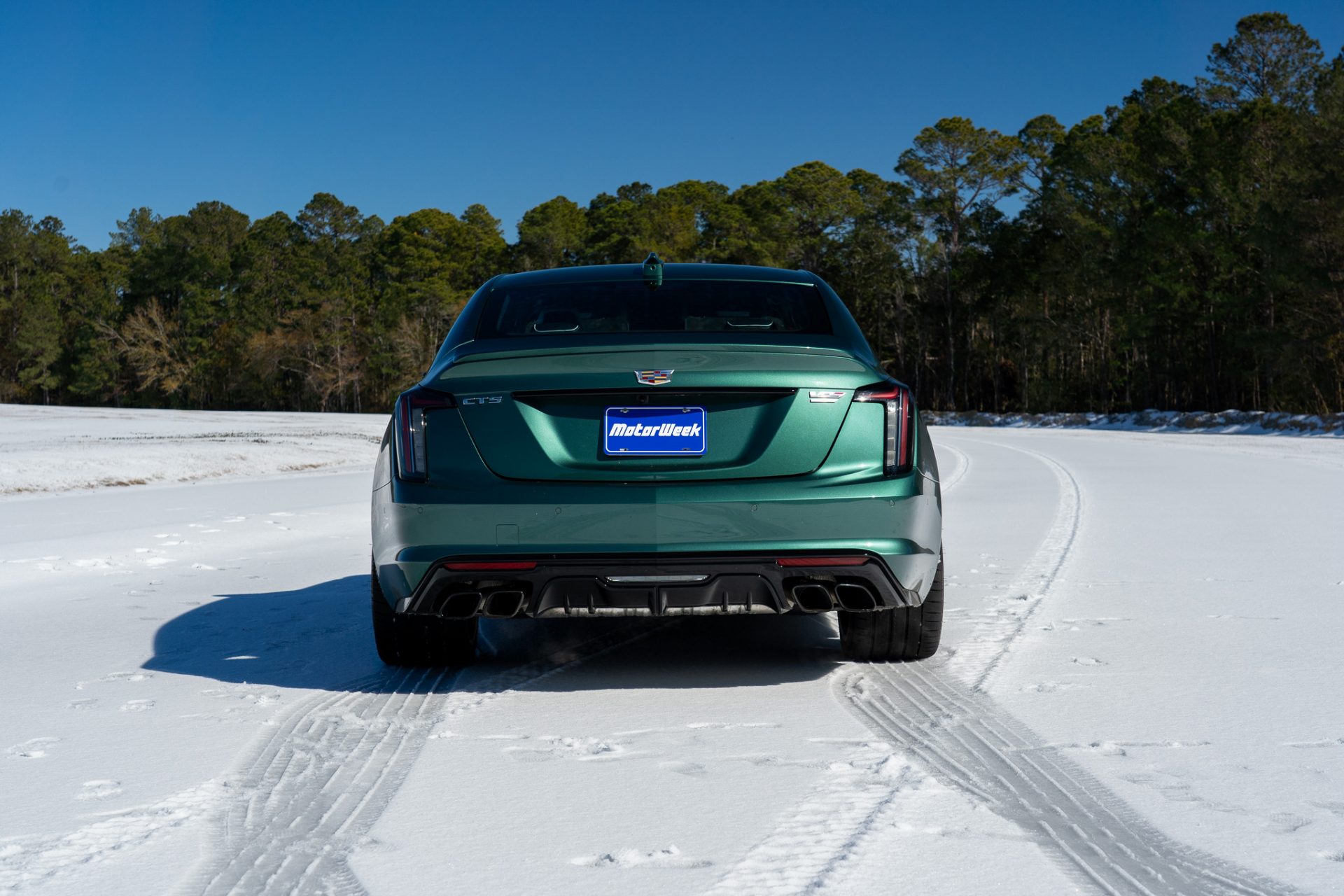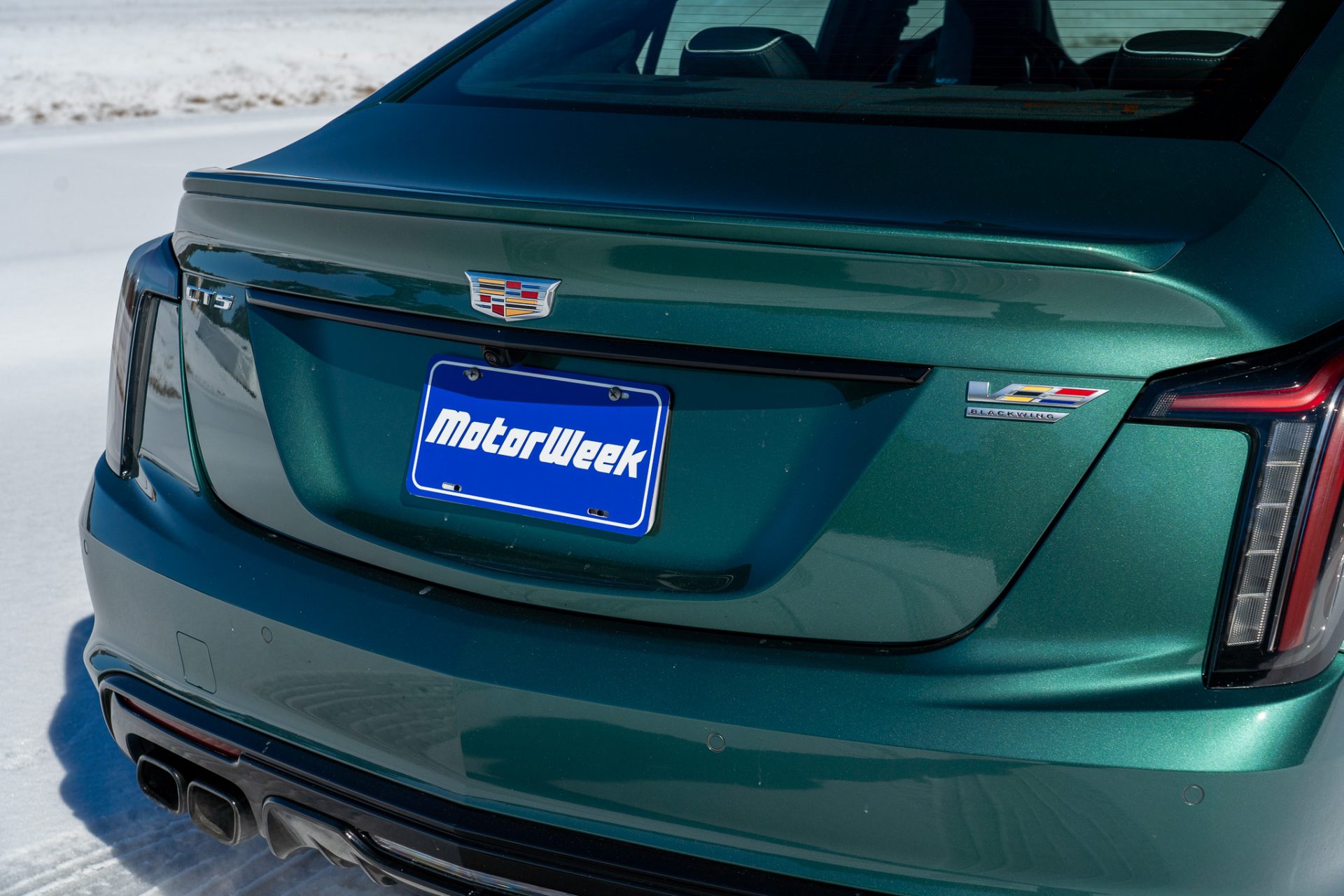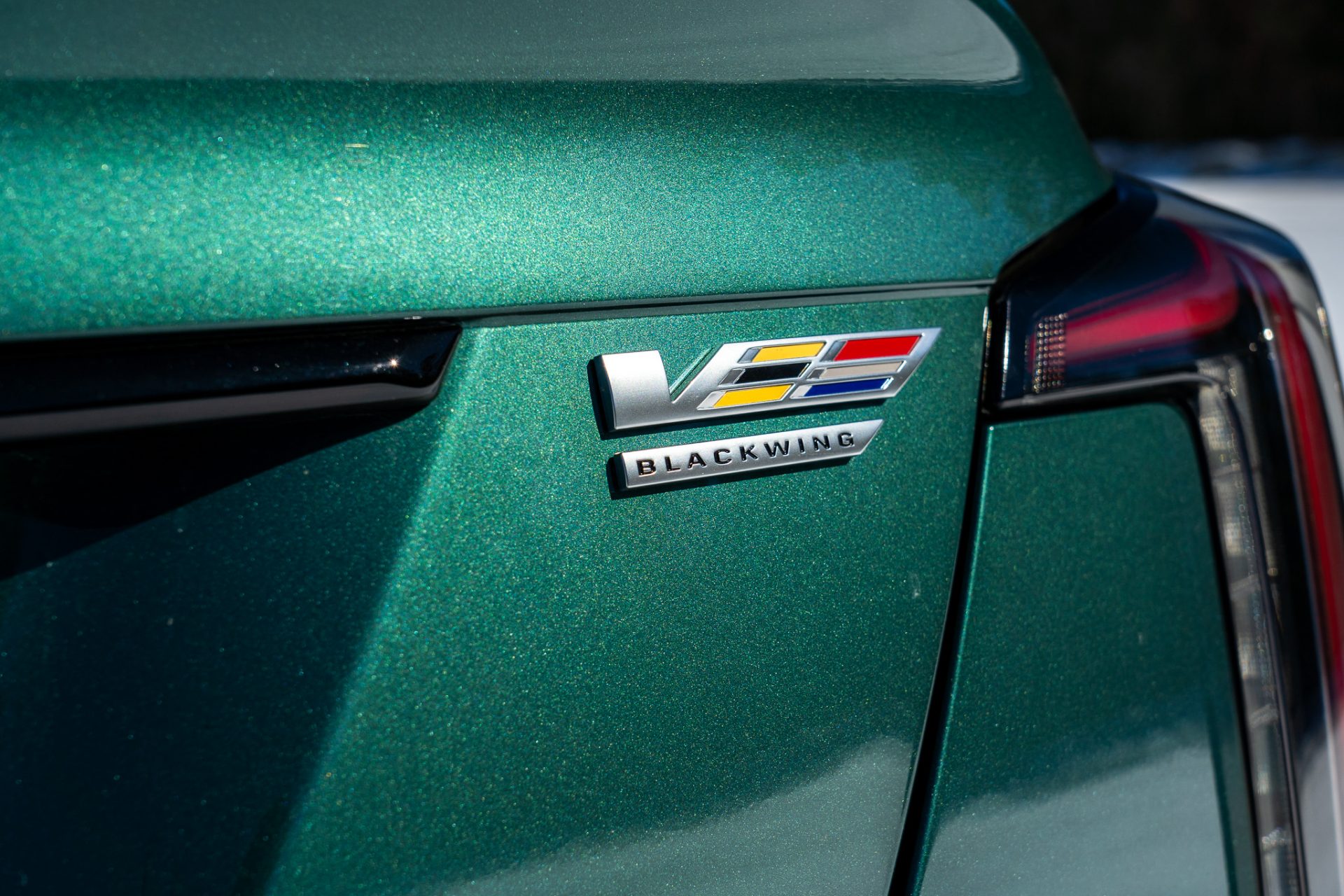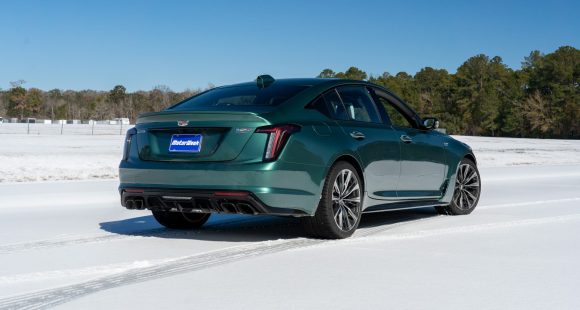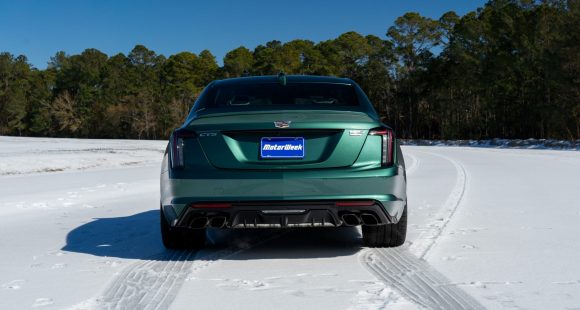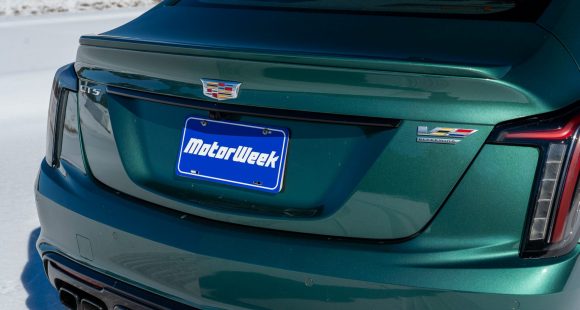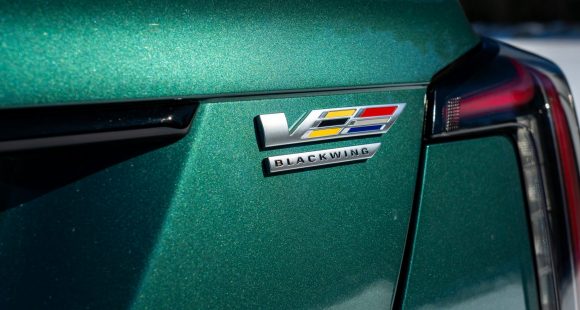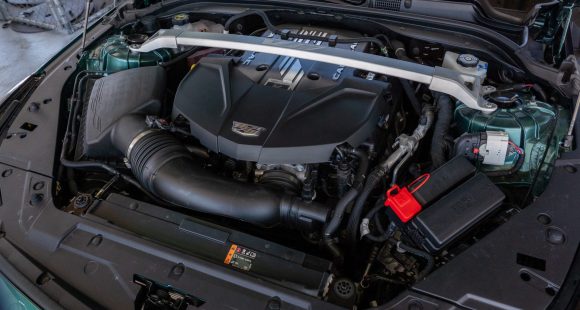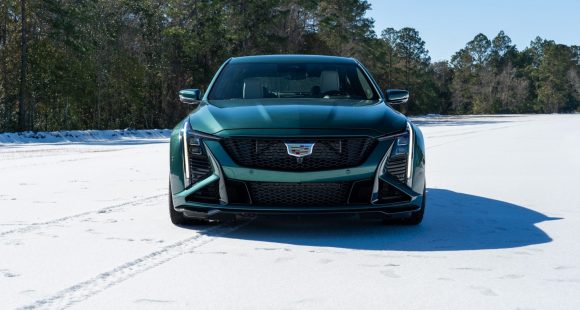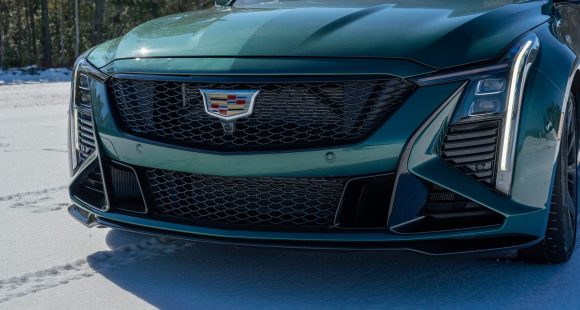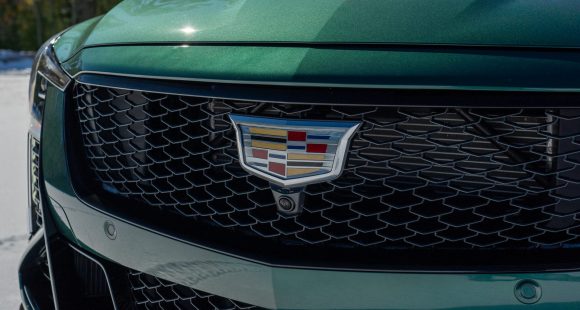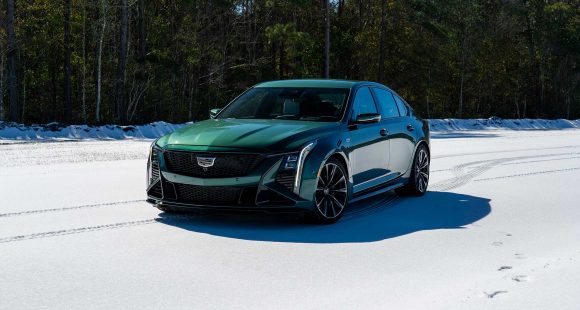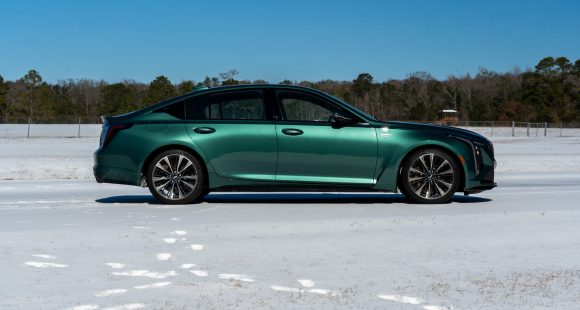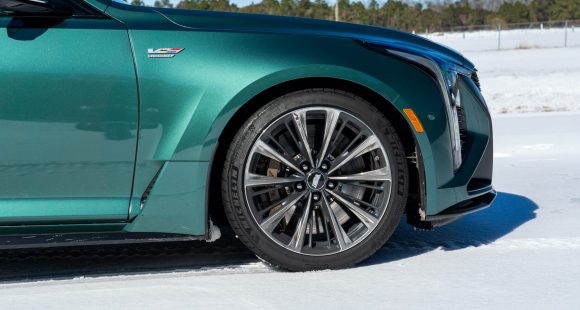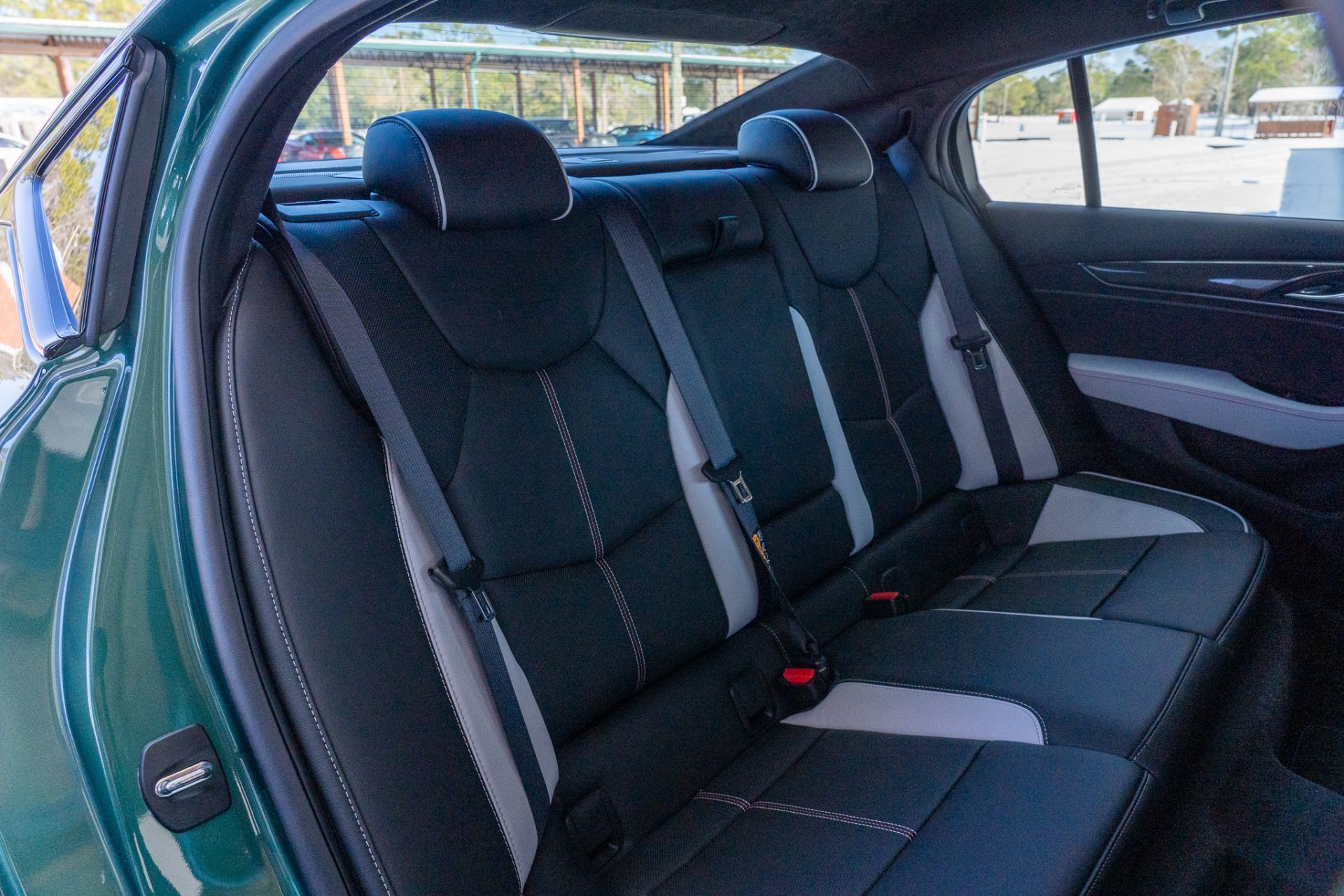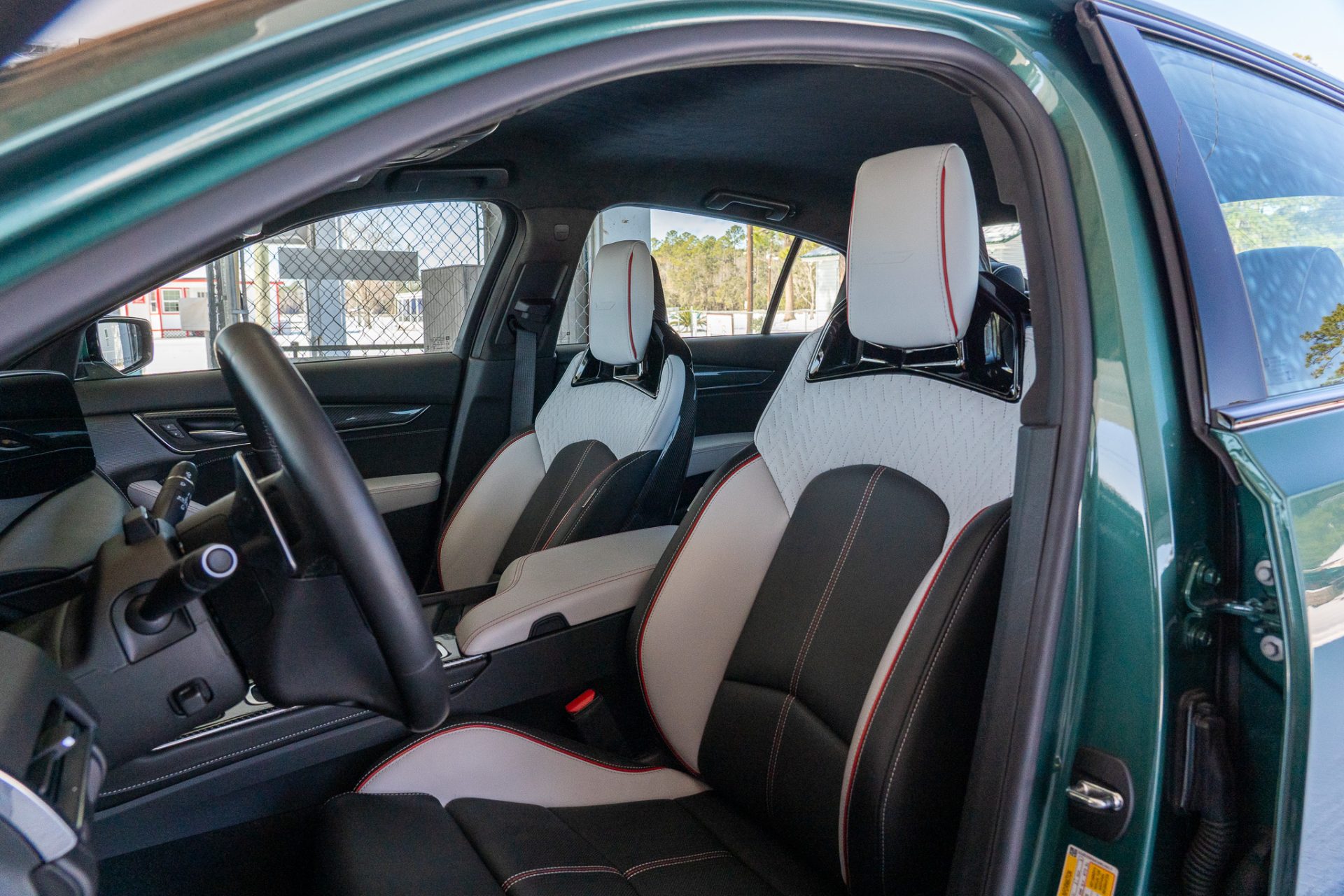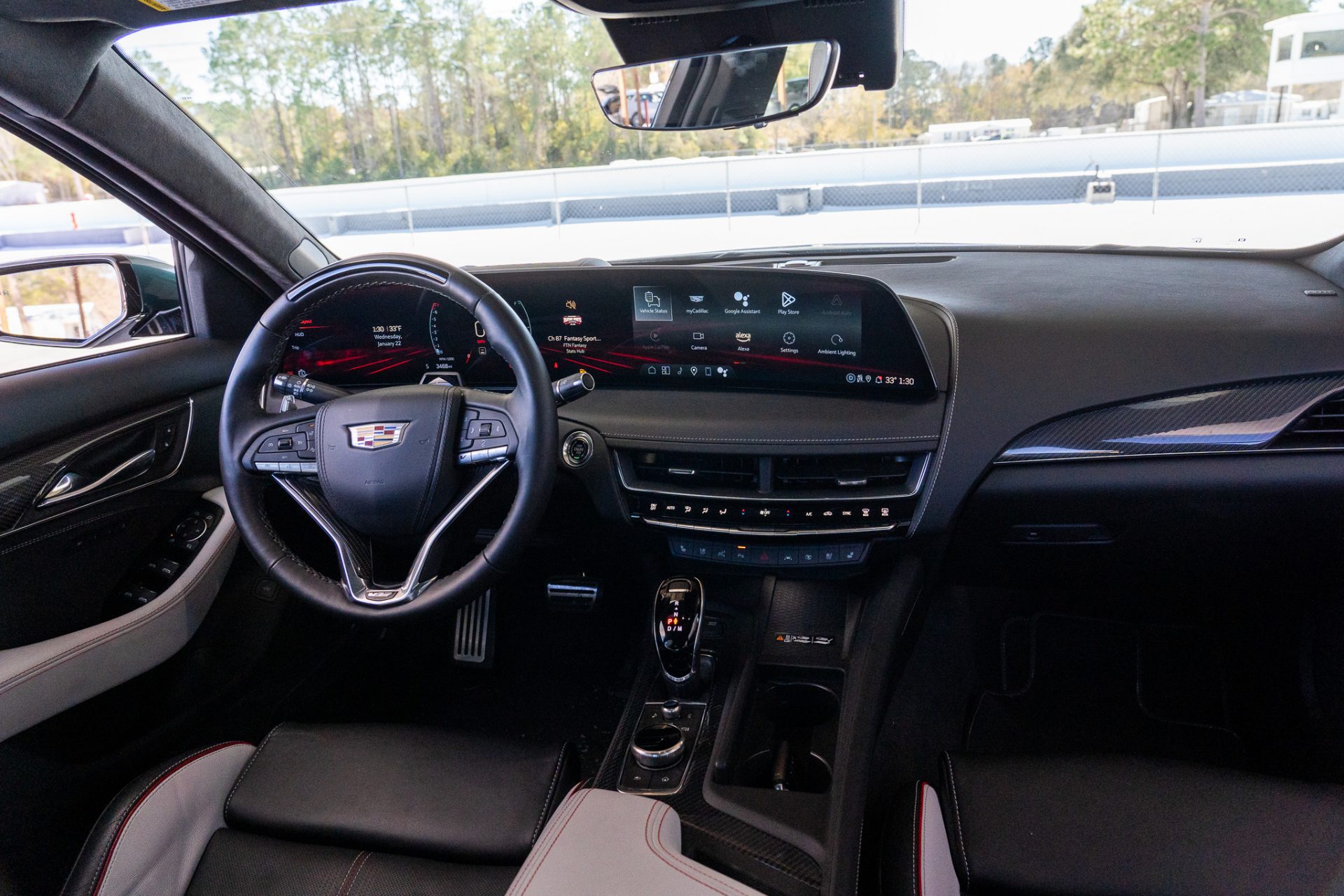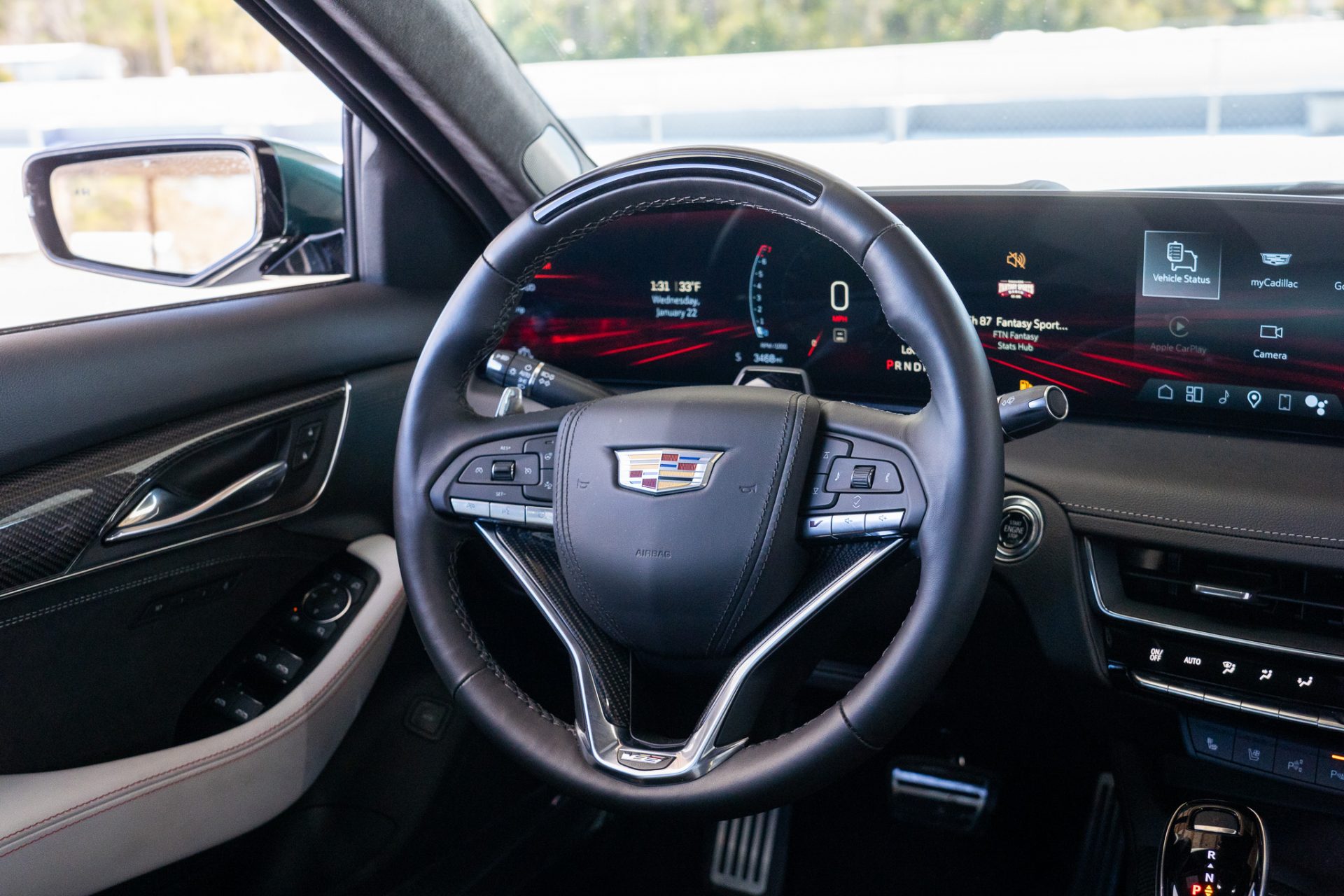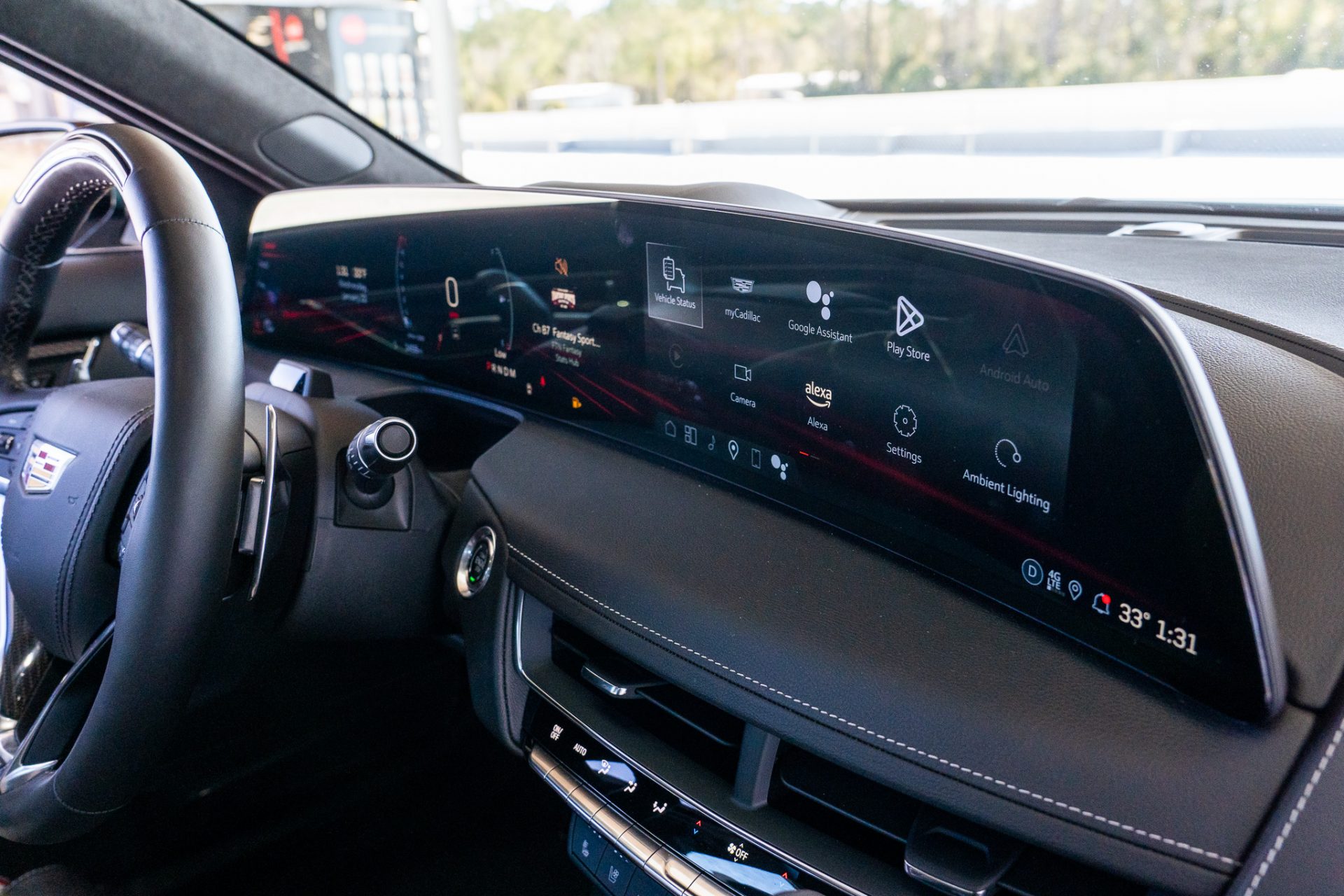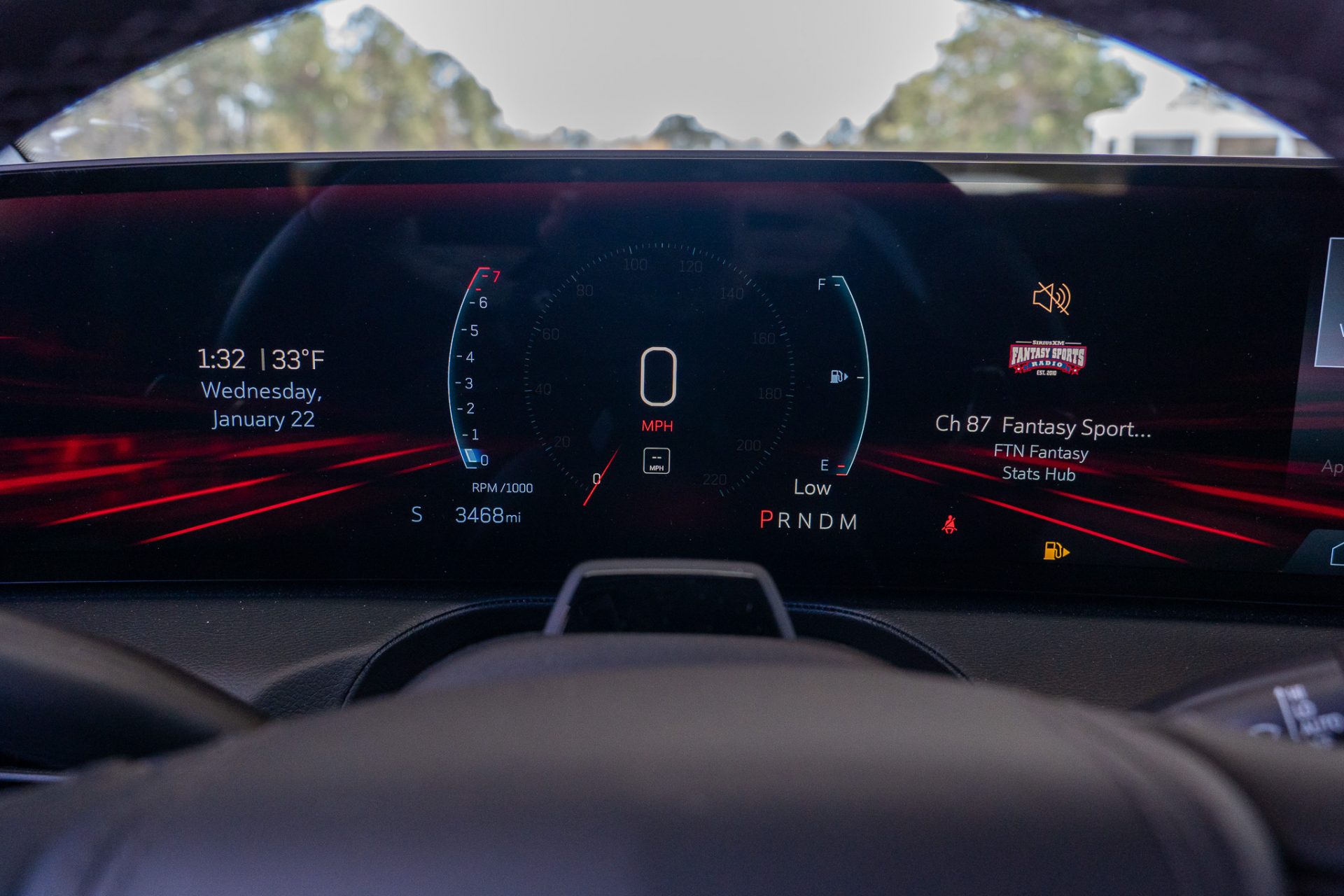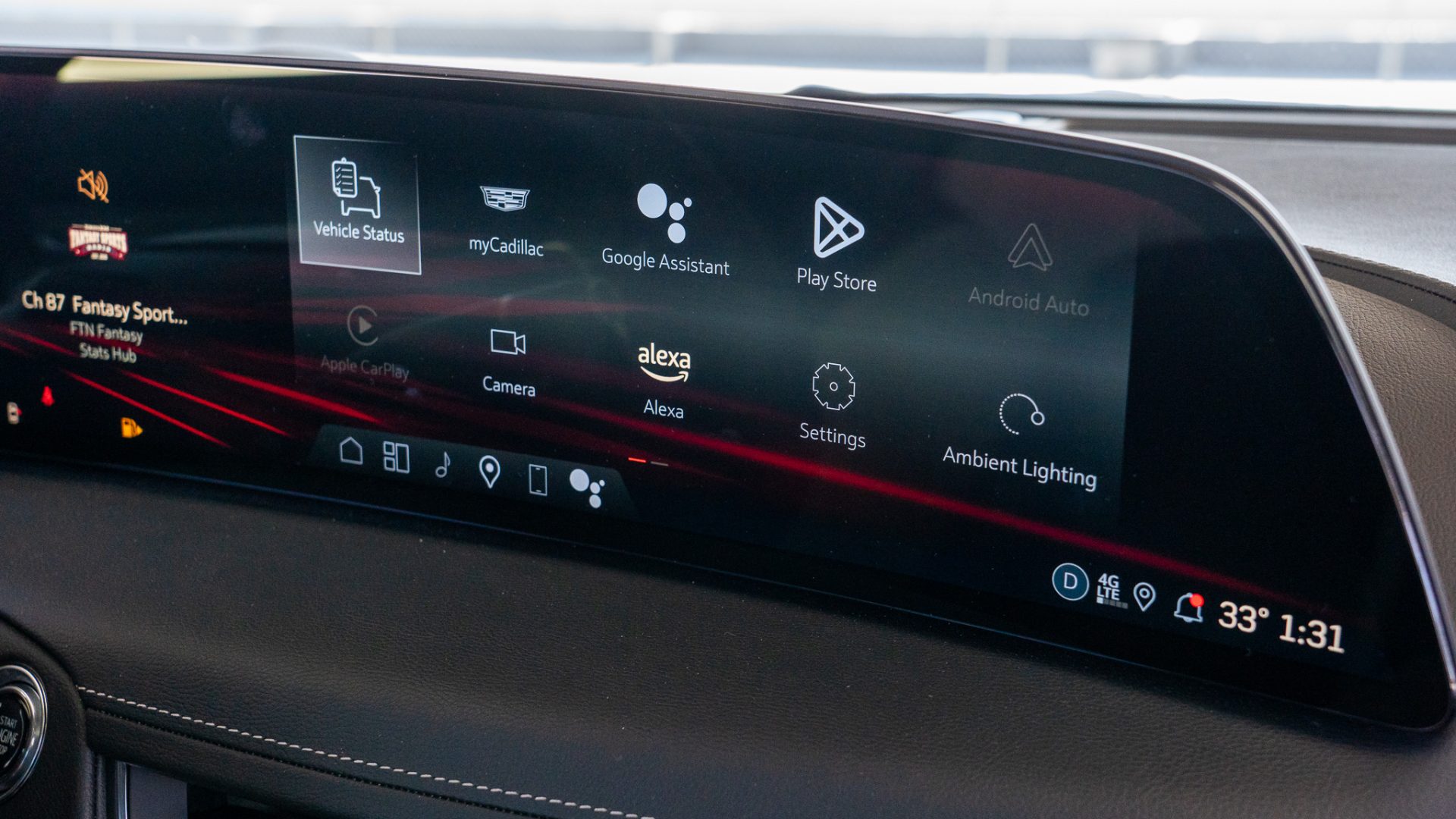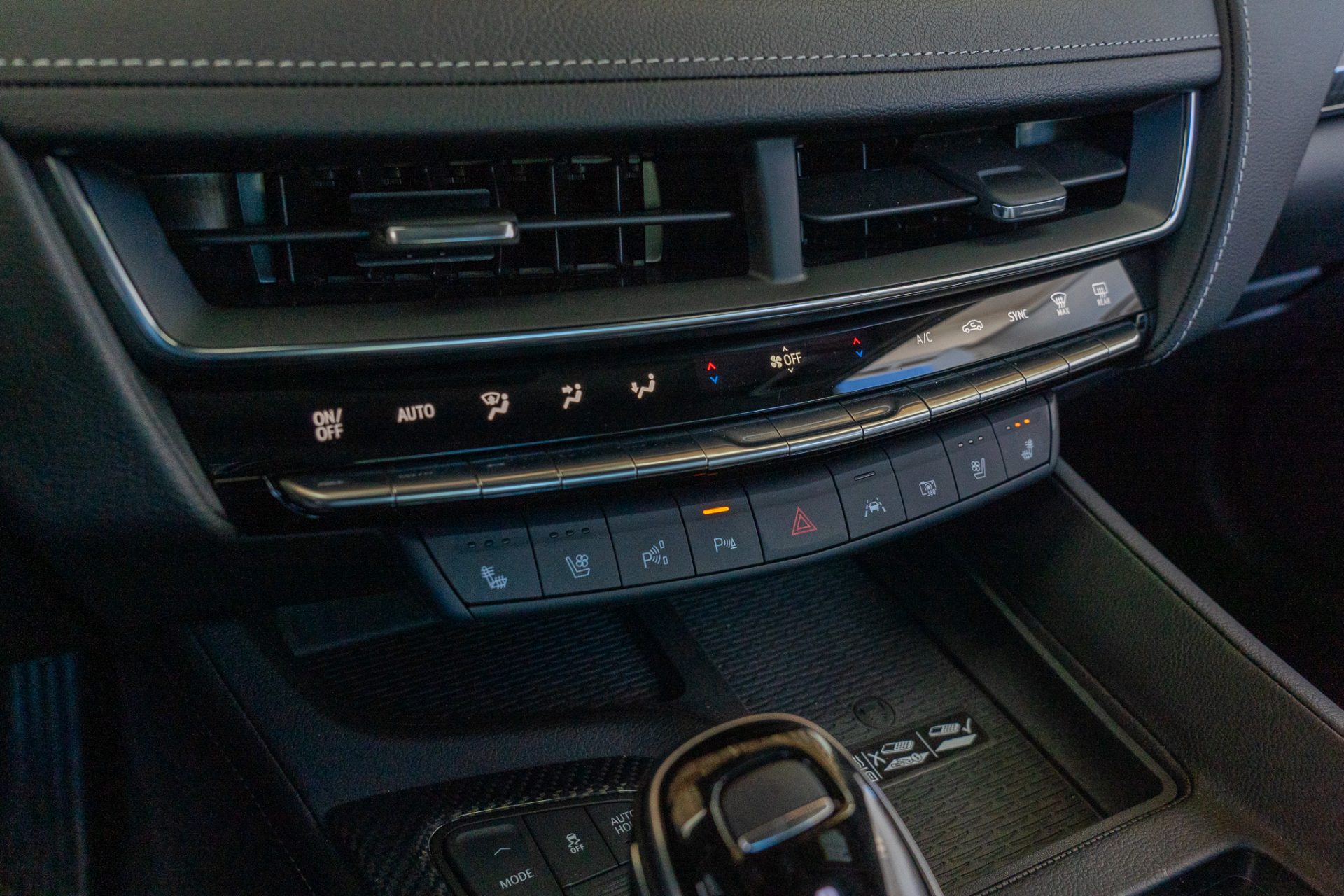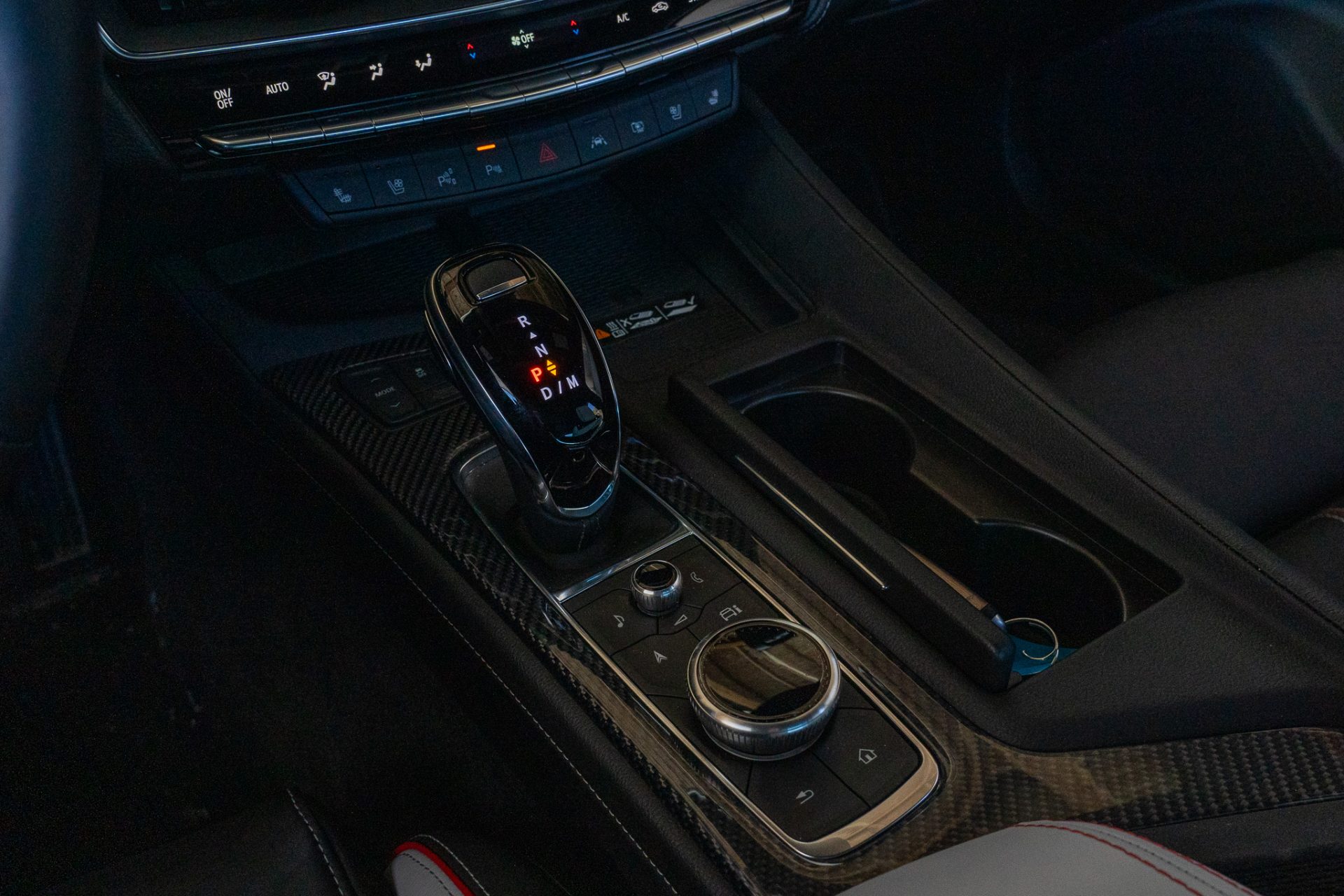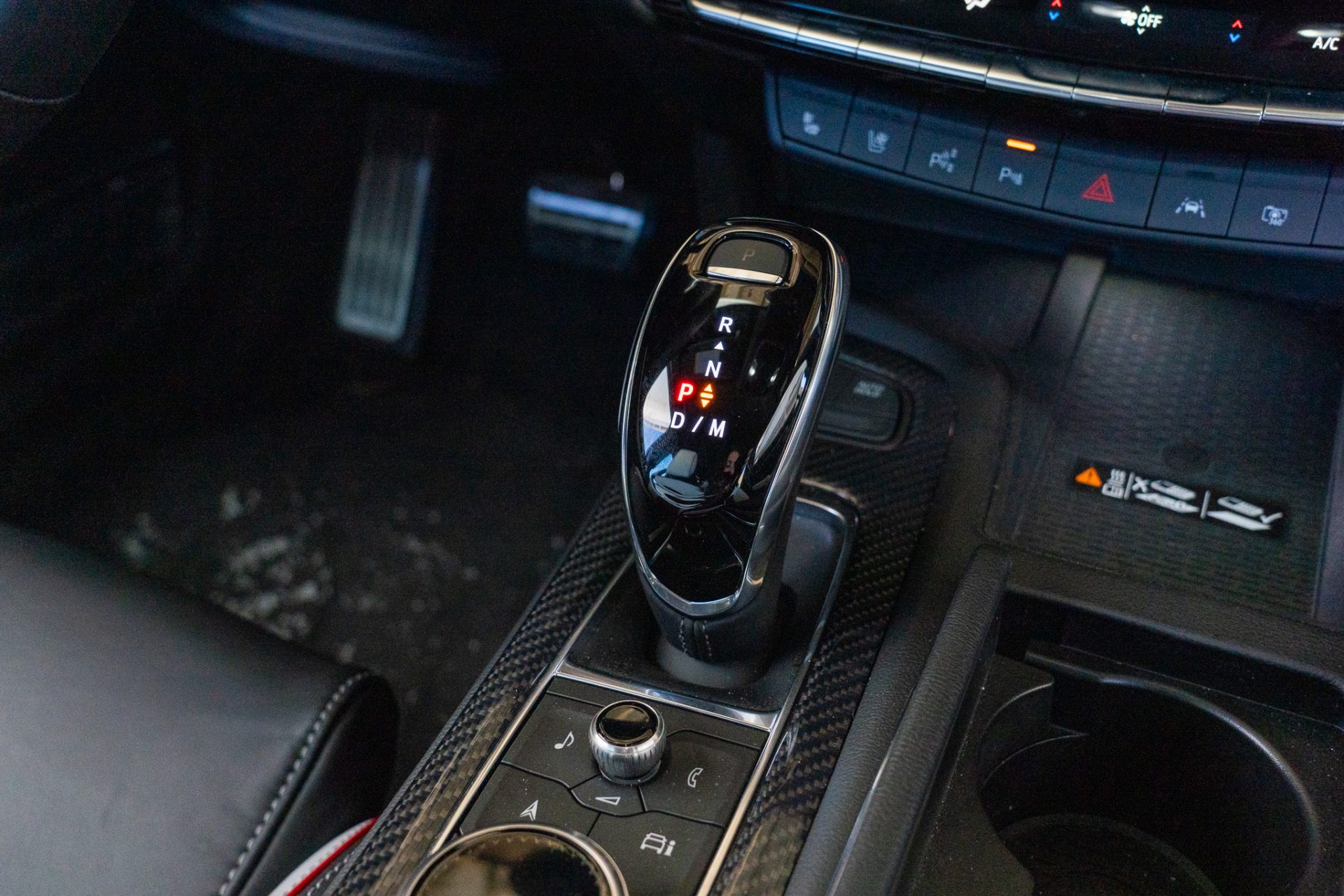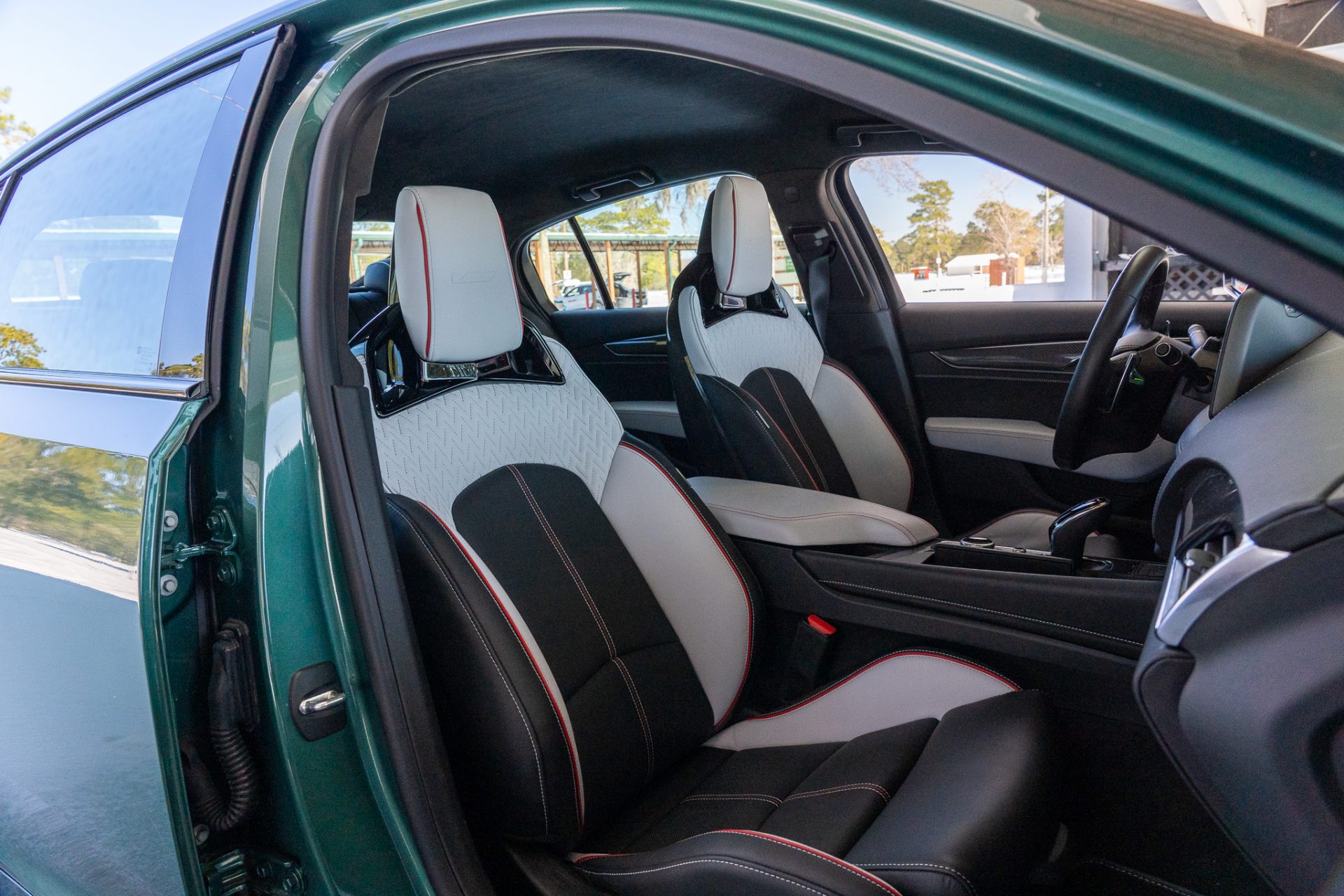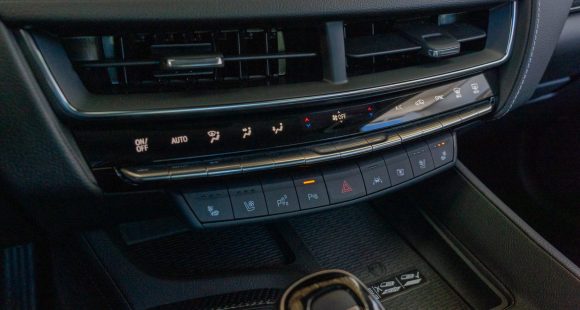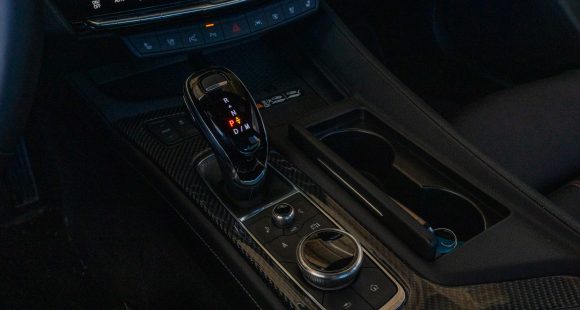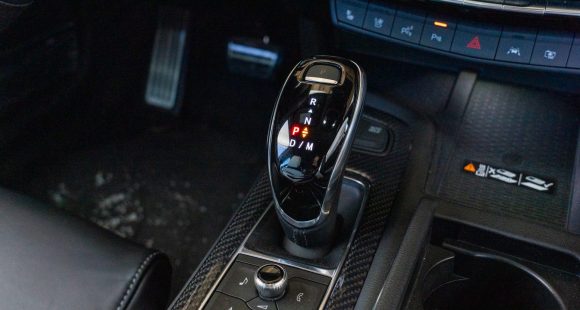2014 Mini Cooper Hardtop
No one was quite sure what to expect when BMW reintroduced the MINI brand to America, as the first of the modern, 2002 cooper hardtops began arriving here. But, it sure sounded like a good idea at the time. And since then the good times have continued to roll with an expanded portfolio of convertibles, wagons, roadsters, and even crossovers. Well, now it’s time to return to the humble two-door hardtop and start the 3rd generation of “new minis”. So, let’s see if the 2014 Mini Cooper is still super!
The 2014 Mini Cooper Hardtop has undergone it’s most extensive re-engineering since the 2002 revival. And while most changes seem evolutionary, this Mini eyes the future rather than the past.
It has gotten bigger of course, 4 and a half inches longer, but with only 1-inch more wheelbase, So, there’s more overhang, but the classic shape remains. And while fans will applaud that proportions haven’t changed that much; they’ll be the first to notice the bolder take on iconic elements like the grille, side scuttles, head and tail lights, as well as the longer, flatter nose.
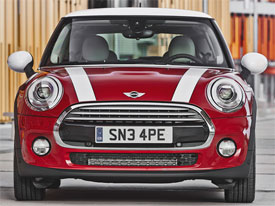 With the new chassis also comes two all-new engines, as well as new 6-speed transmissions, both manual and automatic. Power includes a 2.0-liter turbo I4 with 189–horsepower and 207 lb-ft. of torque, 221 with overboost. Standard in the Cooper S; output is up from the previous gen.
With the new chassis also comes two all-new engines, as well as new 6-speed transmissions, both manual and automatic. Power includes a 2.0-liter turbo I4 with 189–horsepower and 207 lb-ft. of torque, 221 with overboost. Standard in the Cooper S; output is up from the previous gen.
The more intriguing new engine however, is the standard Cooper 1.5-liter 3-cylinder turbo, with 134-horses and 162 lb-ft., 170 on overboost.
Now we spent time with both motors at the international press launch in Puerto Rico and found the I3 to be the most impressive.
But to confirm that it wasn’t just the island lifestyle clouding our judgment, it’s a standard I3-automatic equipped Cooper that we have here for testing. And after further review… our previous call has been confirmed.
There are aggressive Sport, Mid and relaxed Green modes to tailor your driving experience, but it was in Sport mode that we took this Mini to our test track.
Torque was good off the line and our Cooper Hardtop sprinted to 60 in a respectable 7.0-seconds. It felt great in the short run. However, the ¼-mile run proved more leisurely at 15.4–seconds and 92 miles-per-hour.
But the Cooper has never been about straight line kicks. The fun starts when you begin sawing the wheel back and forth. Suspension hardware remains Mini’s unique single-joint spring strut front along with a multi-link rear, but everything has been both lightened and stiffened, losing none of the go kart feel along the way. The electronic steering is quick, but a bit numb feeling.
It all makes an extremely capable back road handler, but much like most of the recent cars from corporate parent BMW the sensory parts have given way to more efficient electronic ones. Brakes weren’t quite up to the task, however, halting our tester in a rather lengthy average of 135–feet from 60.
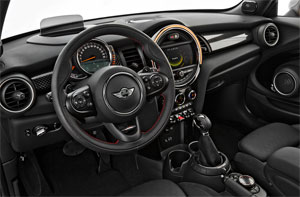 Mini has also put the brakes on some of the cheapness on the interior. There’s definitely a more premium feel, if one that’s also a bit less unique. Unless you are a minimalist, you will very much appreciate all of the small item storage nooks, as well as more front cabin space.
Mini has also put the brakes on some of the cheapness on the interior. There’s definitely a more premium feel, if one that’s also a bit less unique. Unless you are a minimalist, you will very much appreciate all of the small item storage nooks, as well as more front cabin space.
In the back seat, leg room is up, but headroom is down. So, it’s still a tight confine for most adults. Cargo space climbs to 8.7 cubic-ft. seats up; 38.0 cubic-ft. with seatbacks folded. That’s something all buyers can get behind.
Iconic elements like the “love them or hate them” toggle switches, and of course the big round center dash display remain. But, the speedometer has moved from there to a routine place behind the steering wheel. The center display can be filled with an 8.8-inch color screen controlled by Mini’s version of BMW’s iDrive system.
Surrounding the center display is a “mood ring” that changes with driving mode. From Green for Eco to Red for Sport. Other new bits like the available pop up head up display also make the case for convenience over nostalgia, as does no longer having to insert a key to get the party started.
With auto stop/start, Government Fuel Economy Ratings are very good at 29-City, 41-Highway, and 34-Combined. We saw a spot on average of 34.2 miles-per-gallon of Premium.
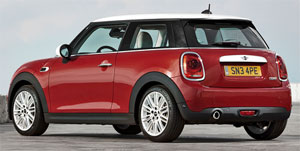 Mini fun starts at a reasonable $20,745. The sportier Cooper S, at $24,395.
Mini fun starts at a reasonable $20,745. The sportier Cooper S, at $24,395.
So, has the 2014 Mini Cooper Hardtop gotten too big for its britches or is it still the fun runabout that we’ve loved so much? Well, more space doesn’t necessarily mean less fun, so we’re good there. But, we could do without the homogenization of more of BMW in the design. Still the spirit of the original Mini remains intact. Let’s all hope that always remains the case.
Specifications
- Engine: 1.5-liter
- Horsepower: 134
- Torque: 162 lb-ft.
- 0-60 mph: 7.0 seconds
- 1/4 mile: 15.4 seconds @ 92 mph
- EPA: 29 mpg city/ 41 mpg highway
2025 Rivian R1S
Major Reboot for Rivian R1S
With just about every mainstream carmaker now onboard with battery-electric vehicles, EV-only brands are hoping there are still plenty of people out there willing to think outside the box. So, let’s see if Rivians latest R1S utility can make the case for taking the EV road less traveled.
Big changes have happened in the short time since the Rivian R1S first hit the streets three years ago. As for 2025, there are updates that touch just about every aspect of the vehicle. Yes, despite looking almost exactly the same outside, Rivian claims that beneath the surface, their entire electrical architecture has been significantly updated, eliminating a whopping mile and a half of wiring and 10 computer assemblies, allowing for more efficient operation.
But look closely and you will see their signature vertical oval headlights are updated with a new matrix of LED lights that can cycle individual elements on and off to provide maximum illumination where you need it without distracting oncoming drivers.
Not much change in the look of the interior either, but the synthetic leather upholstery is still very nicely done, though most touchpoints feel more rugged than luxury minded. With the exception of a couple controls on the steering wheel, you do still have to do almost everything on the R1S’s 15.6-inch touchscreen, but the user interface has been improved. So, while we do wish they could have reverse-engineered a knob or two into the mix, we realize full touchscreen interface is just what people expect in their high-end EVs these days, and at least it works better than before. And the gauge display still wows you with the amount of information it displays and is mounted high enough that no additional head-up display is needed. A new Rivian Autonomy Platform uses 11 cameras, five radars and A.I. for self-driving, or just to monitor what’s going on around the vehicle even when it’s parked.
This [EV] really feels fast, sitting you up high and throwing you back in your seat with authority.
Rivian has also given the R1S a substantial suspension revision with new spring rates, bushings, and mounts; along with new tuning for the adaptive dampers and roll-mitigation system. It does provide a more balanced street attitude, but it still rides like a truck. That’s great if that’s the experience you’re looking for; not as ideal if you’re looking for more of the smooth luxury-style treatment.
All R1Ss are all-wheel drive, but there’s a wide variety of powertrain options including a new Tri-Motor setup. Outputs range from the standard Dual-Motor’s 533 horsepower to the Quad-Motor’s impressive 1,025. There are several battery packs as well, delivering as much as 410 miles of range, giving the R1S the highest rating of any SUV on the market right now. Our Adventure trimmed tester featured the 665-horsepower Performance version of the Dual-Motor arrangement, with the Max battery and 20-inch wheels with all-terrain tires.
Theoretically, that setup is rated for 370 miles, but perhaps we were enjoying the “performance” theme too much as our results were well short of that, using 68% of the battery to drive only 189 miles, putting our estimated range around 278 miles. Using 43 kilowatts of electricity for every 100 miles earns the R1S a fair efficiency rating.
But all was forgiven at our Mason Dixon test track when this Rivian started blasting us to 60 in 3.8 seconds. Yes, there are faster EVs, but this one really feels fast, sitting you up high and throwing you back in your seat with authority, while the rear of the truck squats down substantially before hurling you off the line and down the track. Power delivery stayed strong the entire time, cranking away until we cleared the quarter-mile in 10.5 seconds at 108 mph.
Despite this utility’s substantial size and weight, we were able to keep a pretty fast pace through the cones of our handling course. The all-terrain tires obviously didn’t grip the pavement as well as all-seasons would, but the low center of gravity kept things very flat. Yes, it does feel very heavy, but the brakes were more than up to the task, stopping us from 60 mph in a very short 103 feet with surprisingly little nosedive and no fade.
Pricing starts at $77,700 for the Dual-Motor with Standard battery pack; our Dual-Motor Performance with the Max battery and All-Terrain Package came in just over $102,000.
While Rivian has had great initial success; sustaining that success will be a much tougher task. But, if they continue to put as much effort into improving their products as they have here with the 2025 R1S, we think their winning streak will only accelerate.
Specifications
As Tested
- Motor Setup: Dual Motor
- Battery Size: 141.5 kWh
- Horsepower: 665
- Torque: 829 lb-ft
- EPA Range: 370 miles
- 0-60 mph: 3.8 seconds
- 1/4 Mile: 10.5 seconds at 108 mph
- Braking, 60-0 (avg): 103 feet
- MW Test Loop: ~278 miles
2025 Cadillac CT5-V Blackwing
Bangin’ Corvette Disguised As Old Man’s Luxury Sedan
It was just 3 years ago that we stormed around the nine highspeed turns of Savannah’s Roebling Road Raceway in the then-new Cadillac CT5-V Blackwing. We loved everything about that remarkable beast of a sport sedan. Well since then, Cadillac has made the big boy Blackwing even better! So, we’re headed back to Roebling to check it out.
Roebling Road Raceway is a high-speed track that suffers no pretenders, and this 2025 Cadillac CT5-V Blackwing gets around about as fast as any exotic hardware we’ve tested here; certainly, faster than anything else you can comfortably haul a foursome to the country club for 18 holes in, and it sounds wicked while doing it.
Media types love to hype “last of the breed” scenarios, and when this Beast from the Midwest rolled onto the scene for 2021, there were many predictions it would be the “last great V8 sedan.” Well, we’re not into doomsday predictions or prepping for that matter, we’re into enjoying every car as much as we can whenever we can, and the CT5-V Blackwing seems to be of like mindset, feeling right at home both overpowering Roebling’s corners and streaking wide open down its long front straight. It’s hard not to enjoy the ridiculousness of it all, as that raucous V8 is sounding NASCAR, but the car is feeling much more like a world-class sport sedan.
It’s a Corvette motor, something that goes all the way back to the original Cadillac CTS-V from 2004. Things got serious in ‘09 when it starting making well over 500 horsepower and breaking Nürburgring records. Fast forward to now and the CT5-V Blackwing’s hand crafted and supercharged 6.2-liter roars to life in a way that seems to overpromise, but when you tap into its 668 horsepower and 659 lb-ft of torque, you quickly realize it can back it up. If, for some reason, it’s too much for you, there are quieter exhaust settings.
Our original CT5-V Blackwing test 3 years ago featured the six-speed manual, so in the interest of fairness, we opted for the 10-speed automatic this time around; it’s quicker to 60 by two-tenths of a second, according to Cadillac, at 3.4 seconds. But an unintended consequence of the Blackwing’s Vortex of Awesomeness is that it unexpectedly sucked a winter storm into coastal Georgia and covered the track with snow before we could record our own straight-line numbers.
Spot-on steering, solid brakes, and gobs of torque [are] readily available.
Fortunately, we did get plenty of laps in before that happened, and the 10-speed provided lightning quick shifts, with noticeably tighter gearing than the manual. It’s always a unique kind of joy to thrash a Cadillac around a racetrack, but this one seems more up to the task than any Cadillac to this point; spot-on steering, solid brakes, and gobs of torque readily available regardless of what number the tach needle is pointing at or what gear you’re in.
Our test car came wearing Typhoon Metallic, one of three new color choices available for ’25. What else is new? Well, the front end gets a tougher look, along with improved aerodynamics from reshaped ground effects and front fenders. LED lighting is upgraded inside and out. There’s an updated Carbon Fiber Package, and new quad trapezoid exhaust tips.
About the only other thing that changes in here is fitment of Cadillac’s 33-inch widescreen display. And while plenty of V performance cues remain, your senses still take in the best of Cadillac luxury. Though connecting with GM’s Performance Data Recorder, which has been enhanced with a better interface and real-time lap delta, reminds you just how serious Cadillac takes Blackwing performance.
Government Fuel Economy Ratings are 13 City, 20 Highway, and 15 Combined. CT5-V pricing starts at $58,390; and that’s for a 360-horsepower, twin-turbo V6 which is pretty incredible in its own right, and you can you even add all-wheel drive to that one. This CT5-V Blackwing just takes it to a significantly higher level and starts at $99,090. Get ‘em while you can.
Predictions of the gasoline engine’s demise over at Cadillac were perhaps a little premature, as there’s plenty of people who still like their sport sedans loud, V8 powered, and supercharged. And while there will probably always be high-performance Cadillacs, it’s doubtful any will be able to deliver the full sensory overload kind of experience found here in the 2025 Cadillac CT5-V Blackwing, a world-class sport sedan that beats with pure American muscle and can hang with any driving machine out there, ultimate or otherwise. If only everything could feel this real forever.
Specifications
As Tested
- Engine: 6.2-liter Supercharged V8
- Transmission: 10-speed automatic
- 0-60 mph (est.): 3.4 seconds
- Horsepower: 668
- Torque: 659 lb-ft
- EPA: 13 City | 20 Highway | 15 Combined







